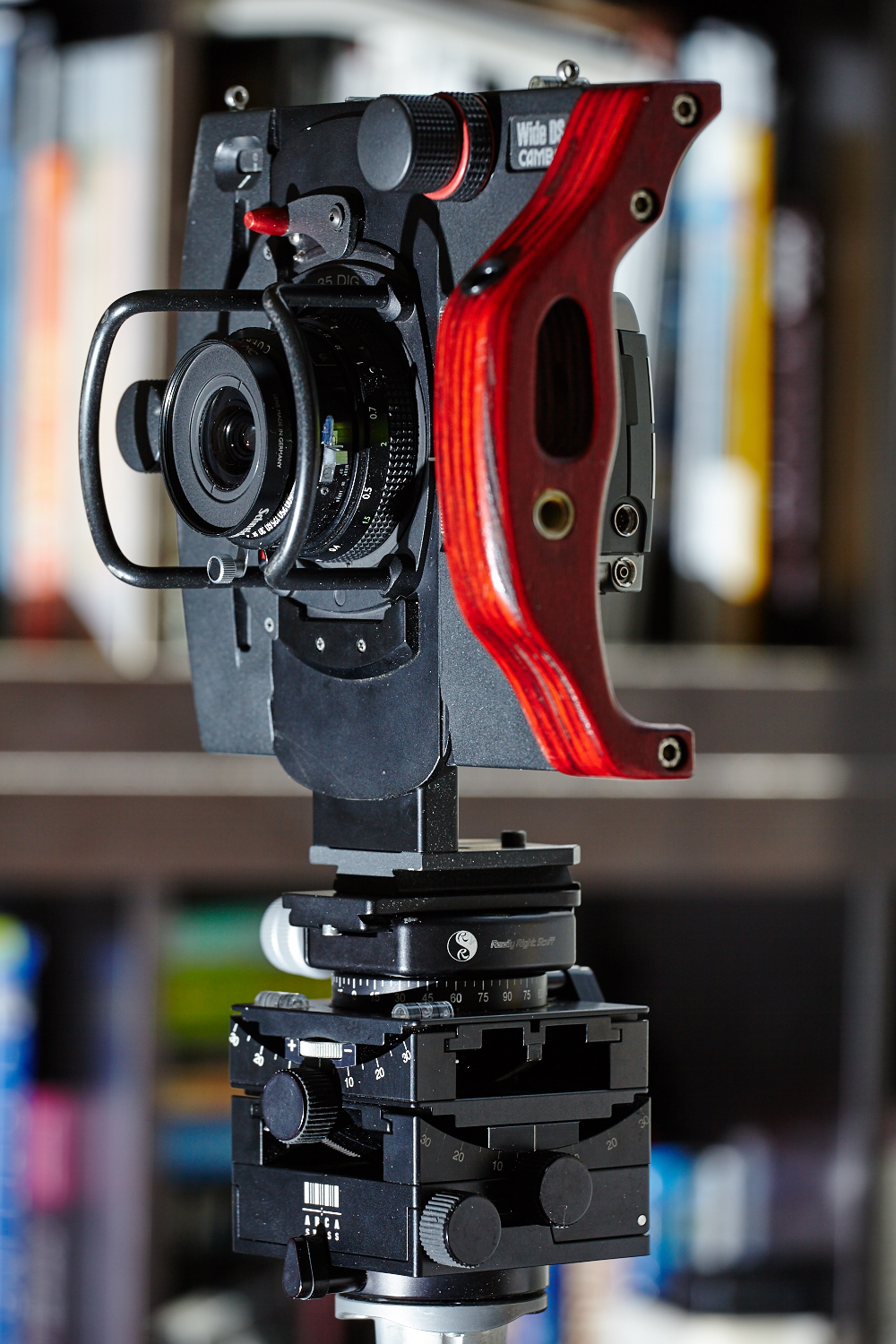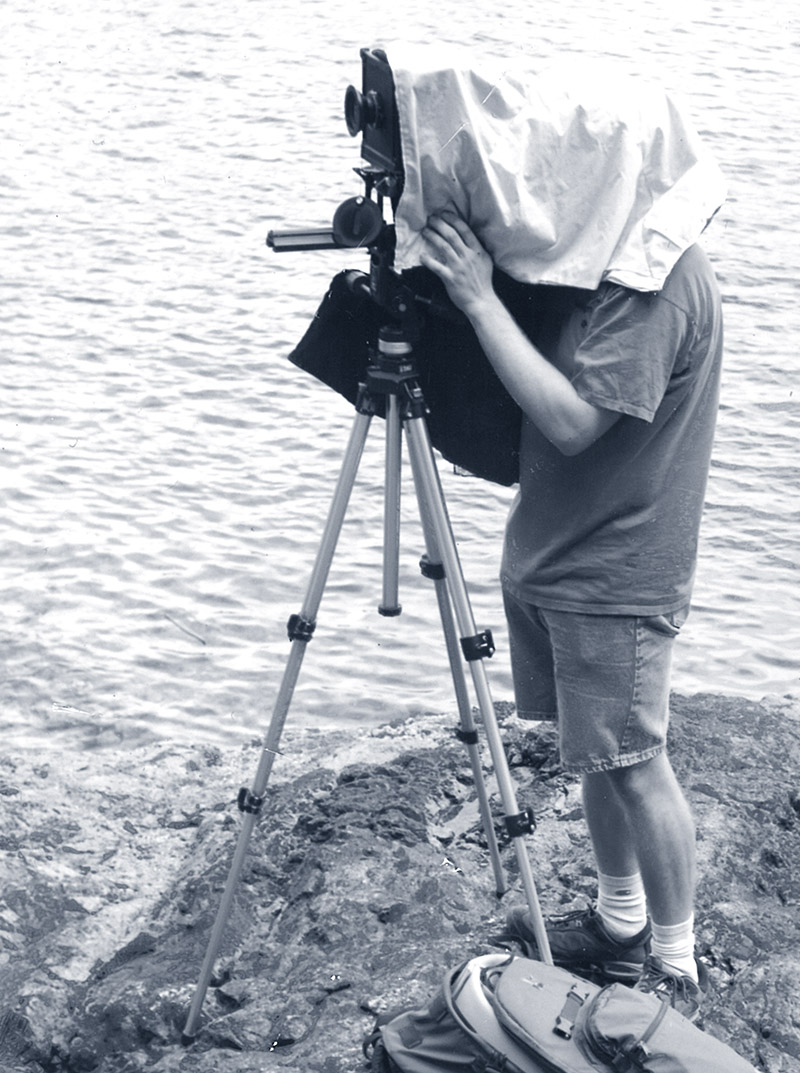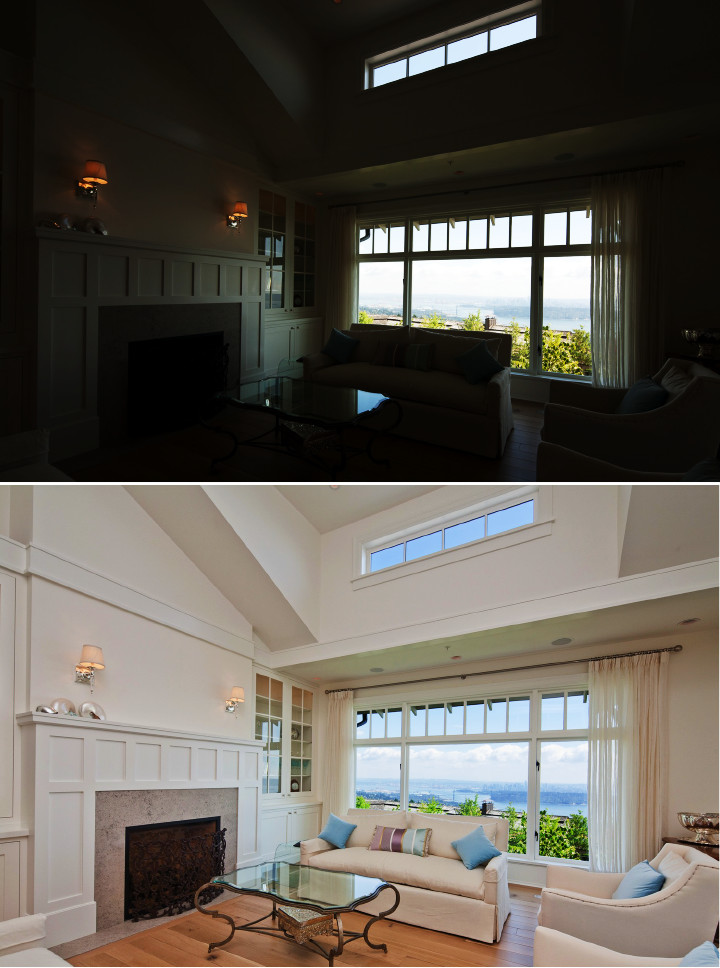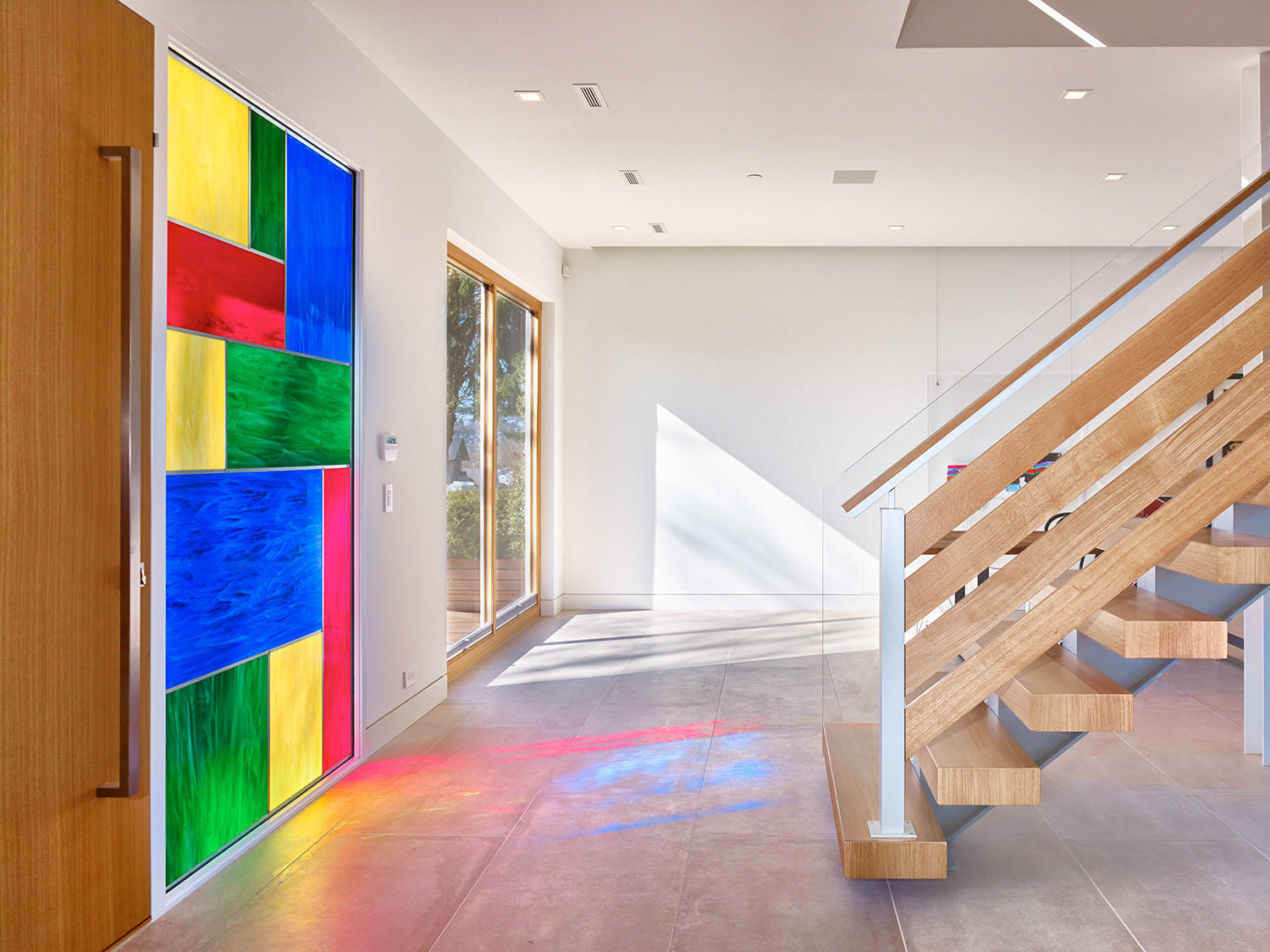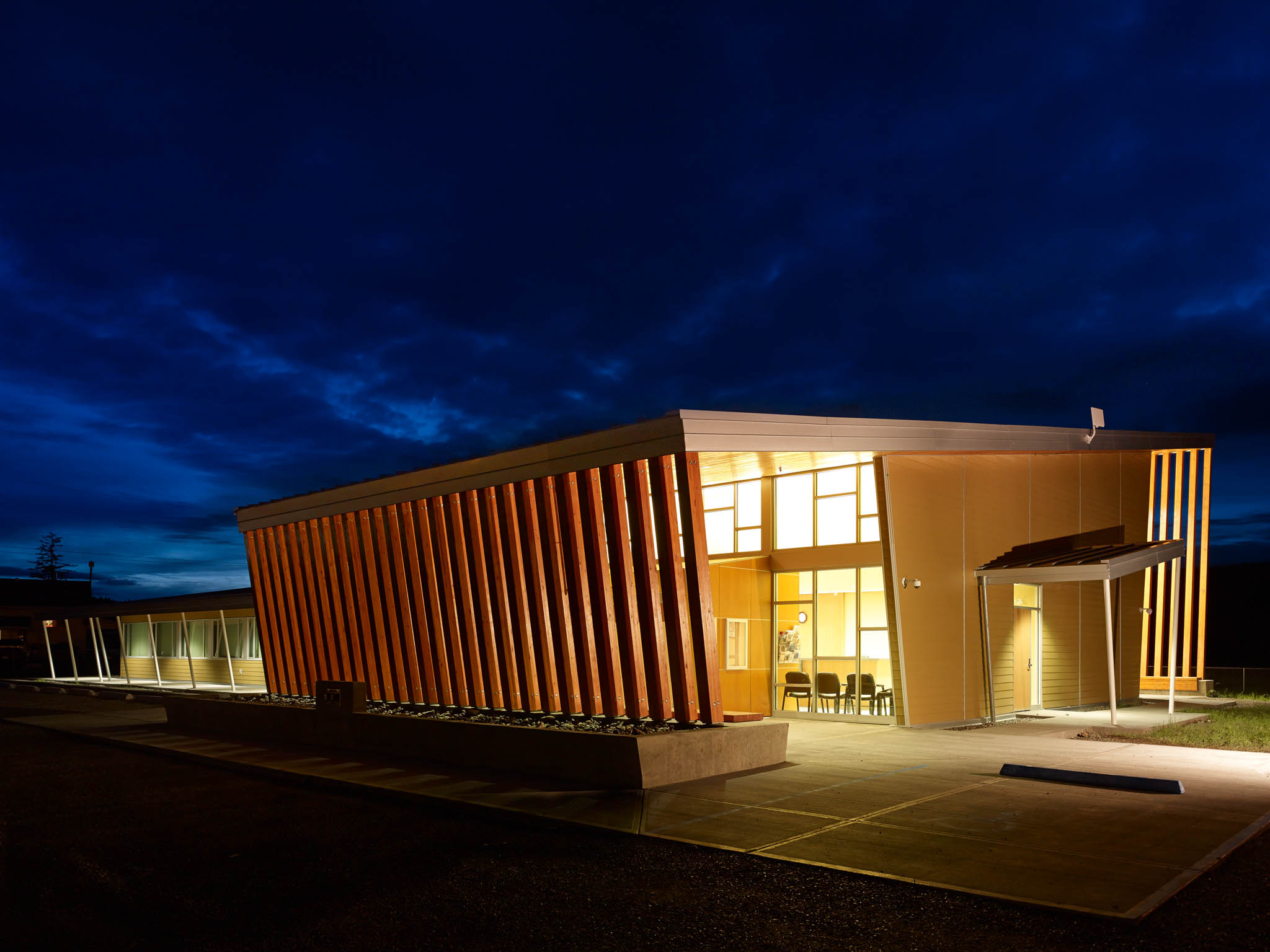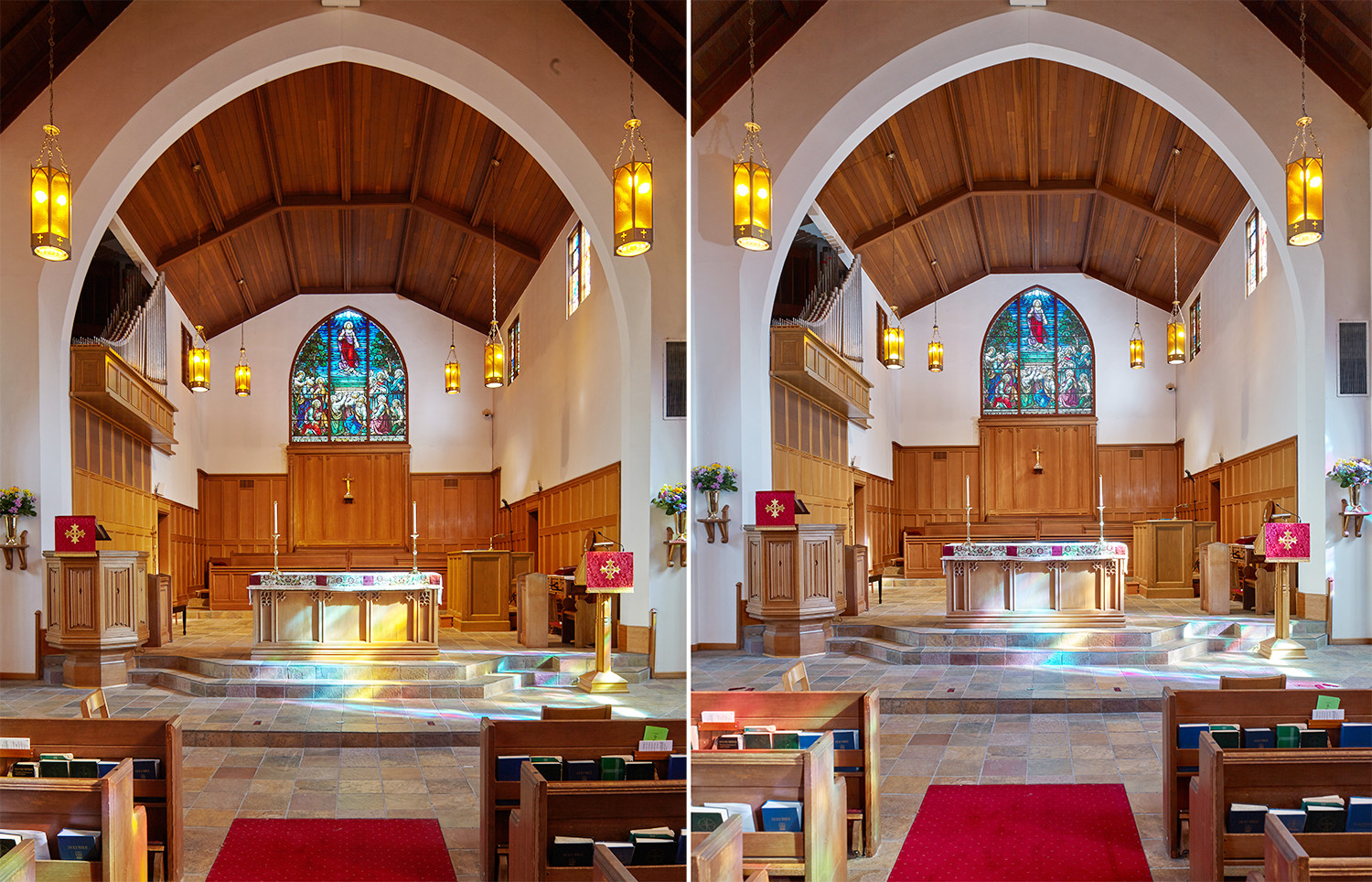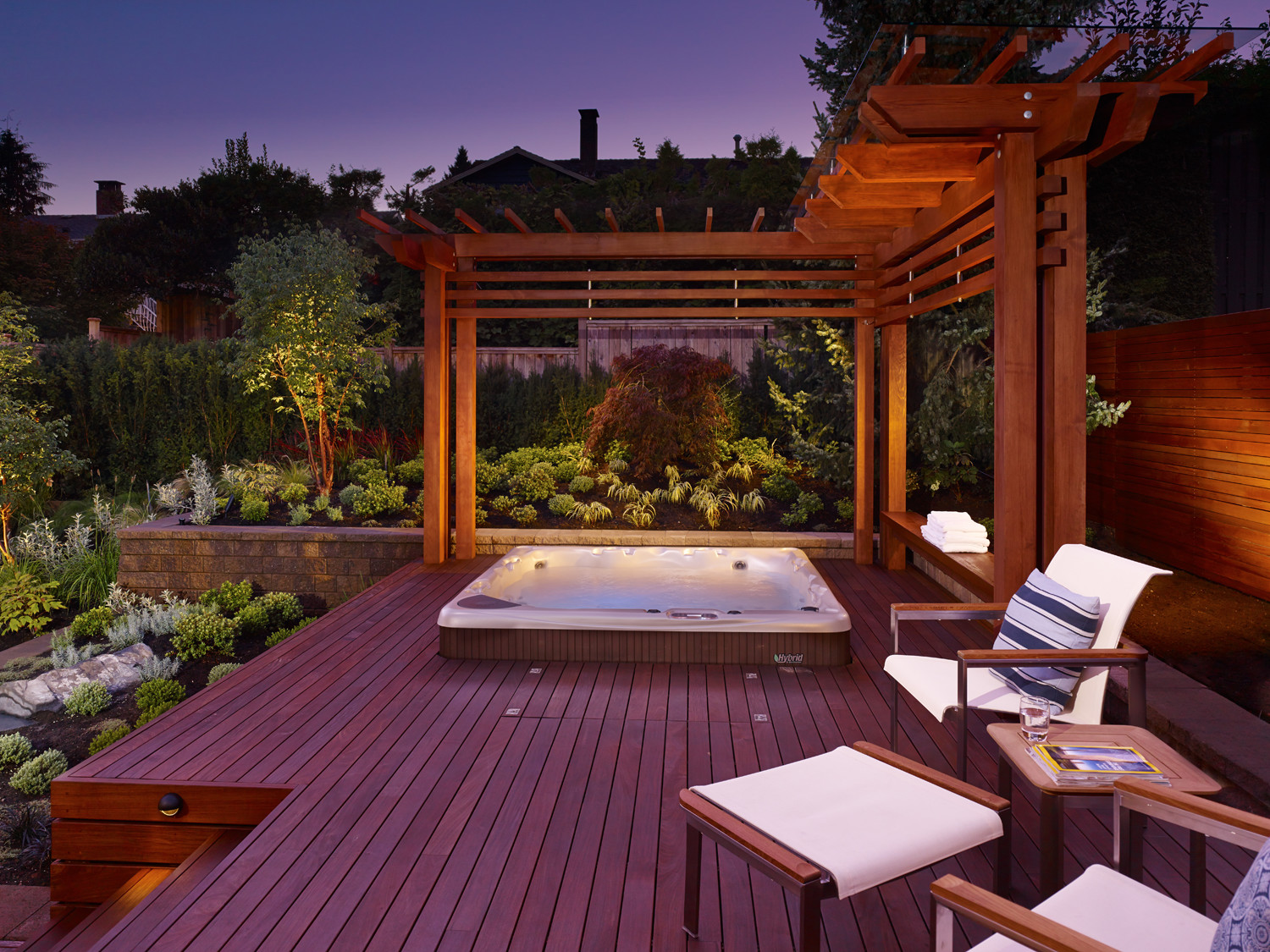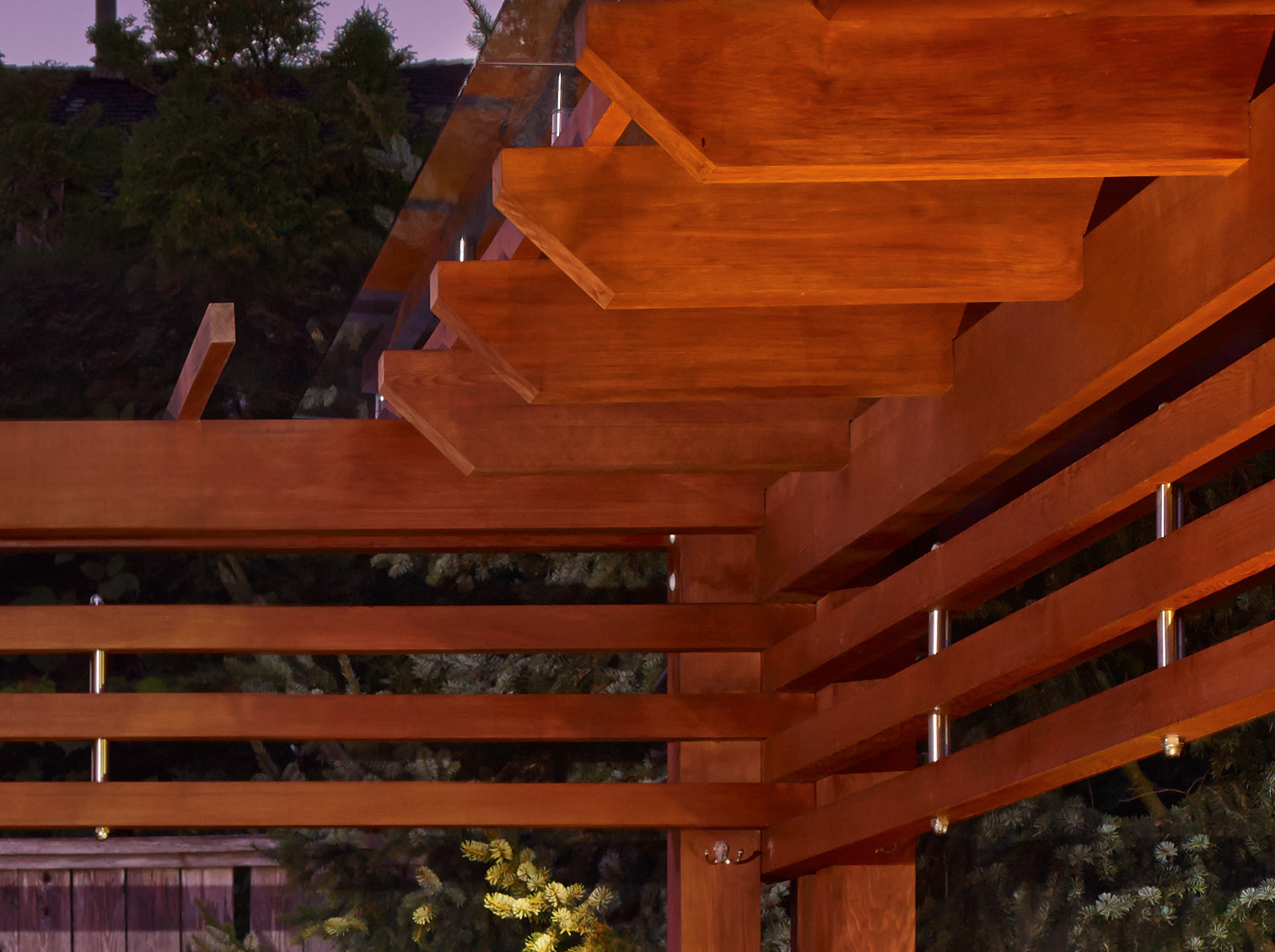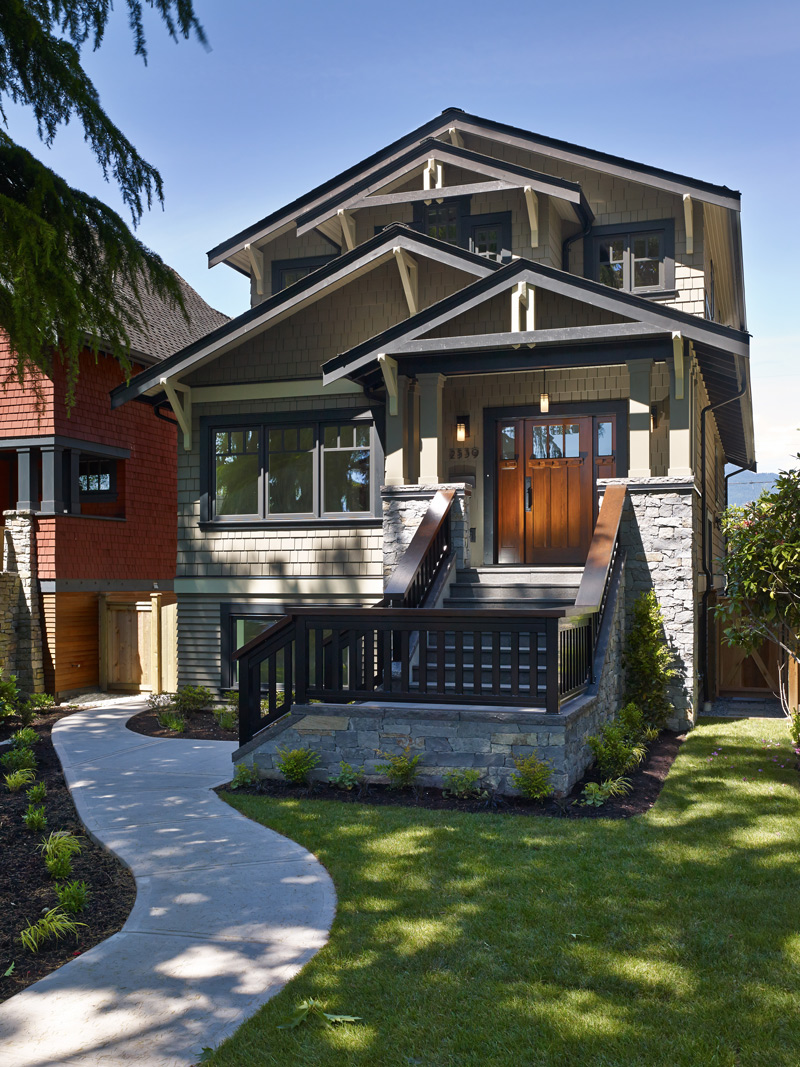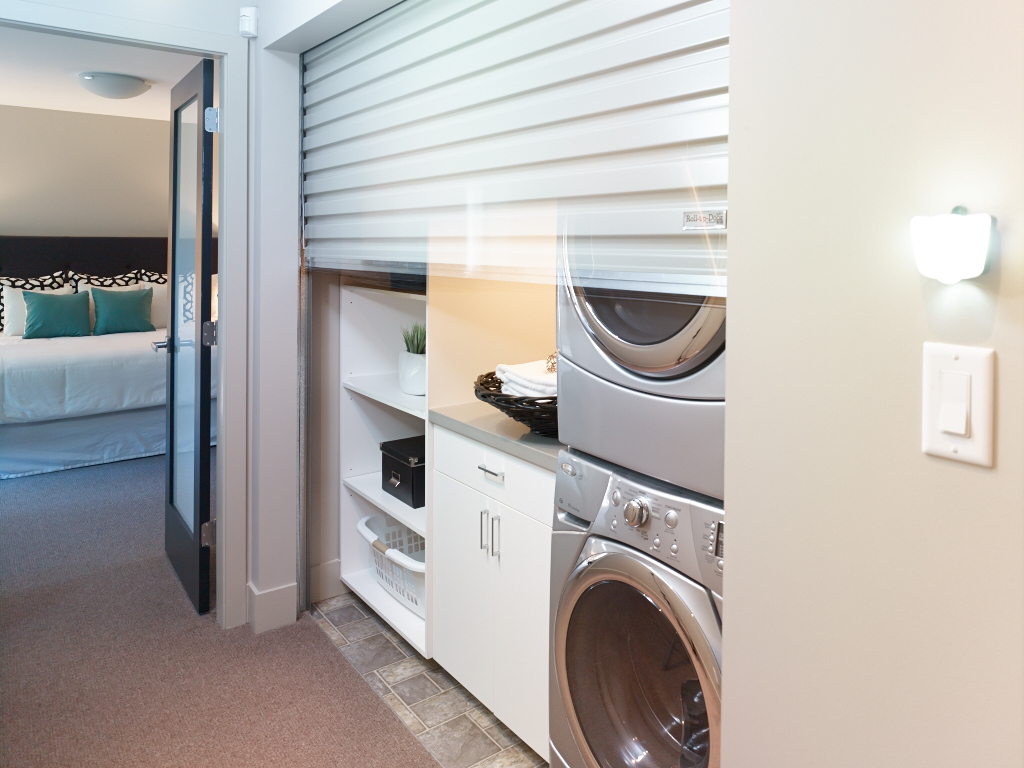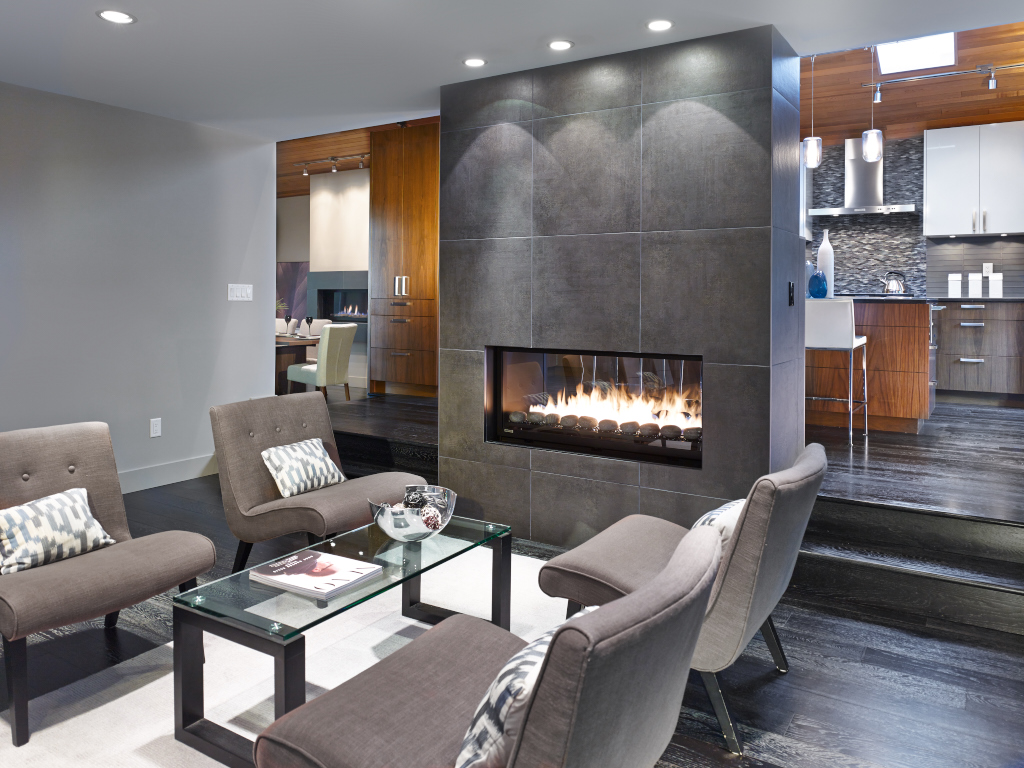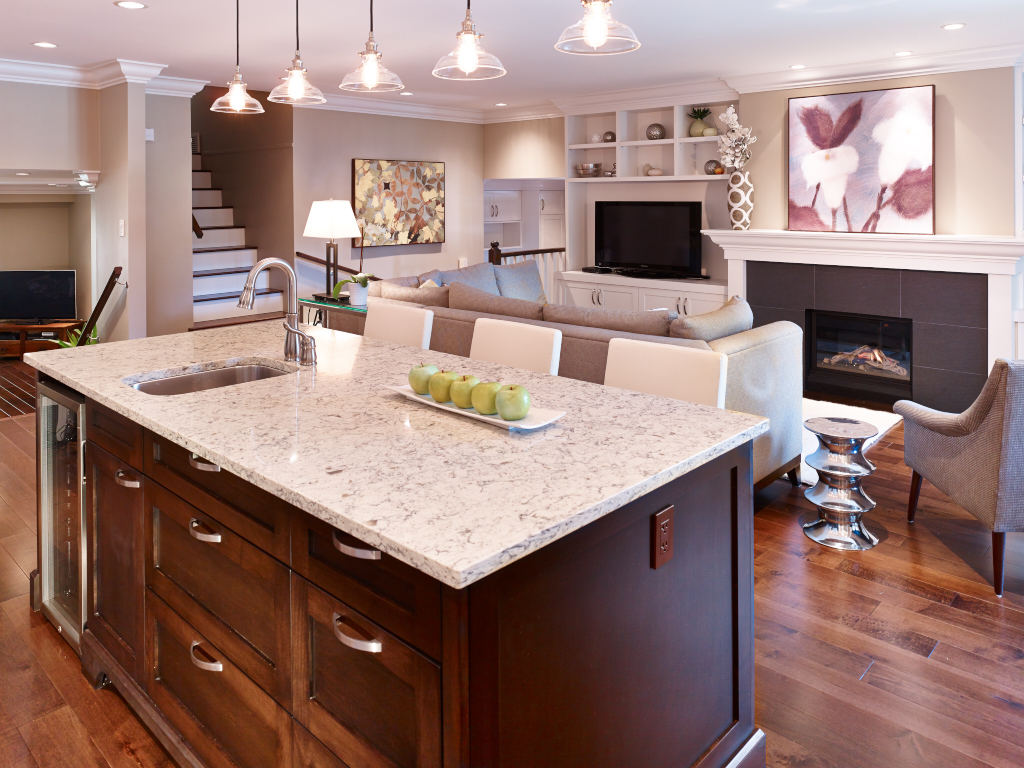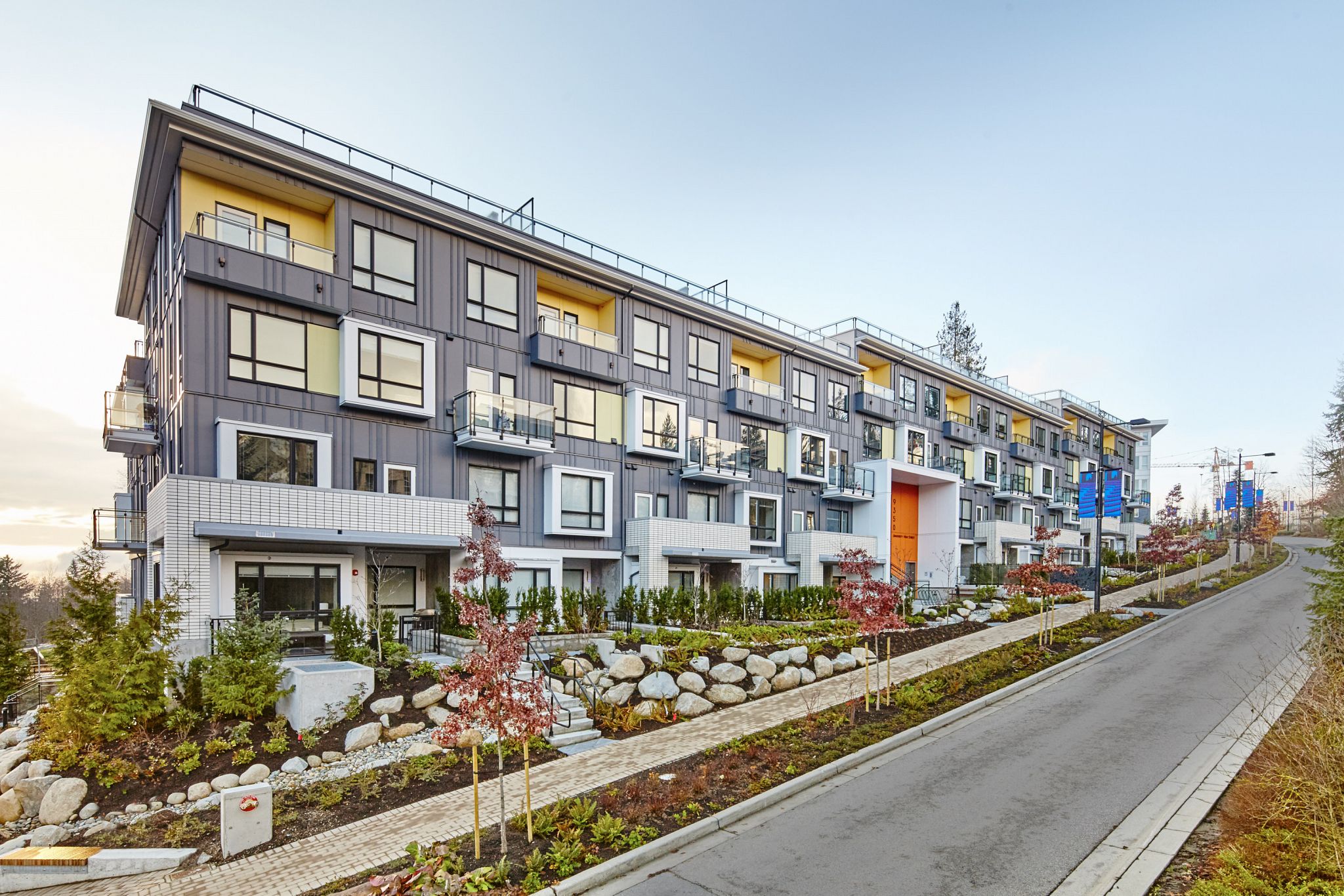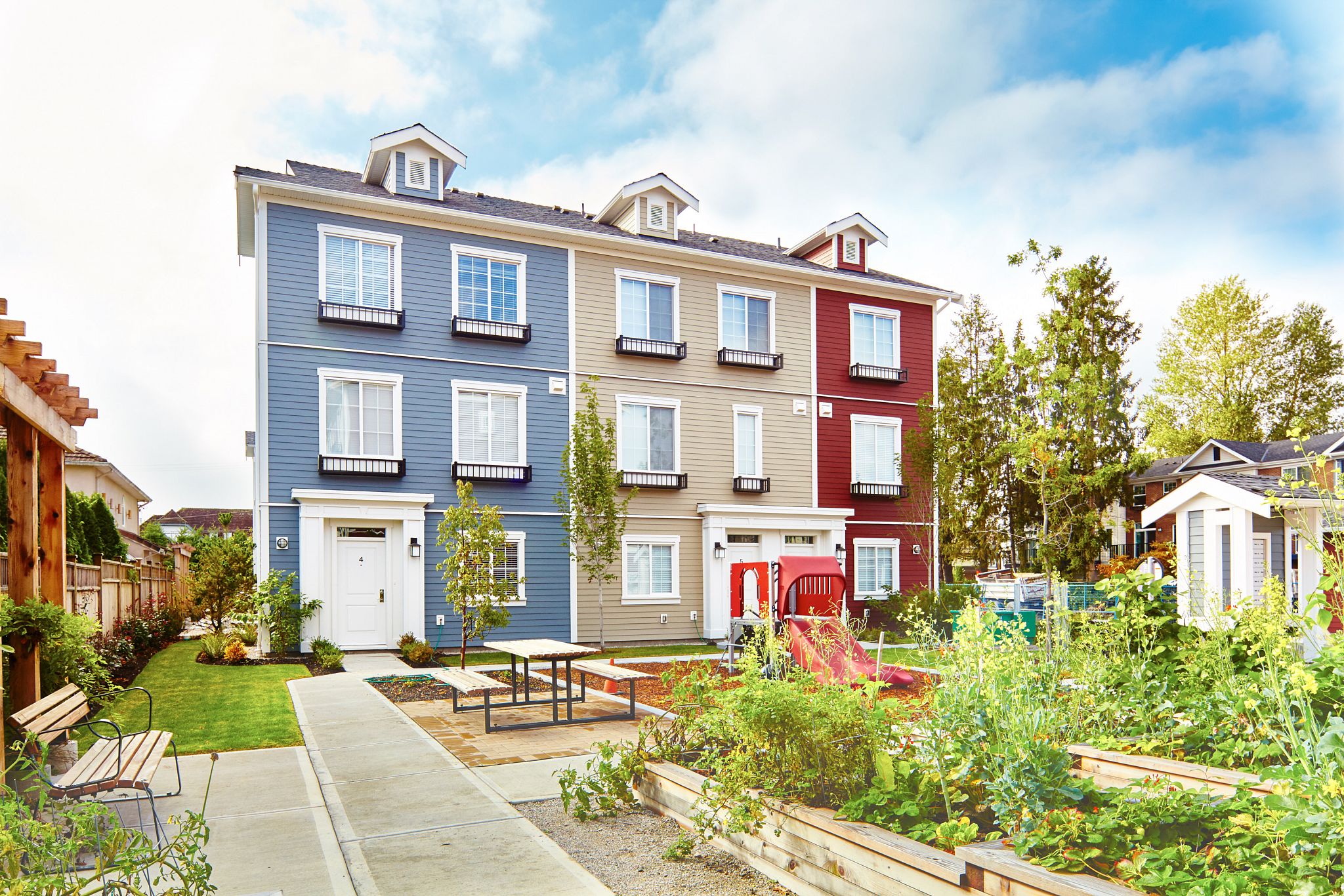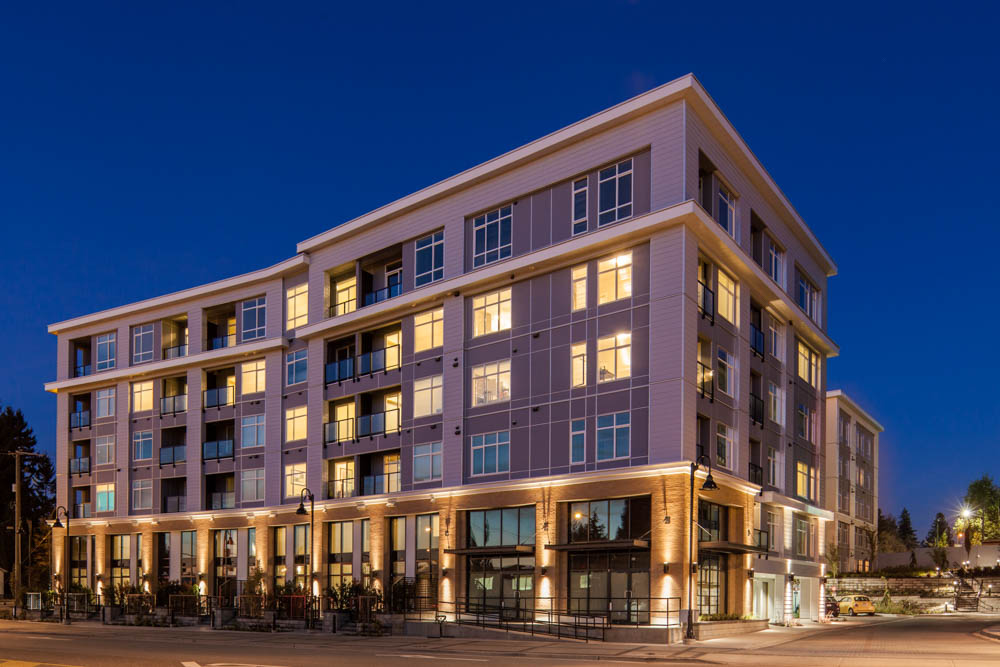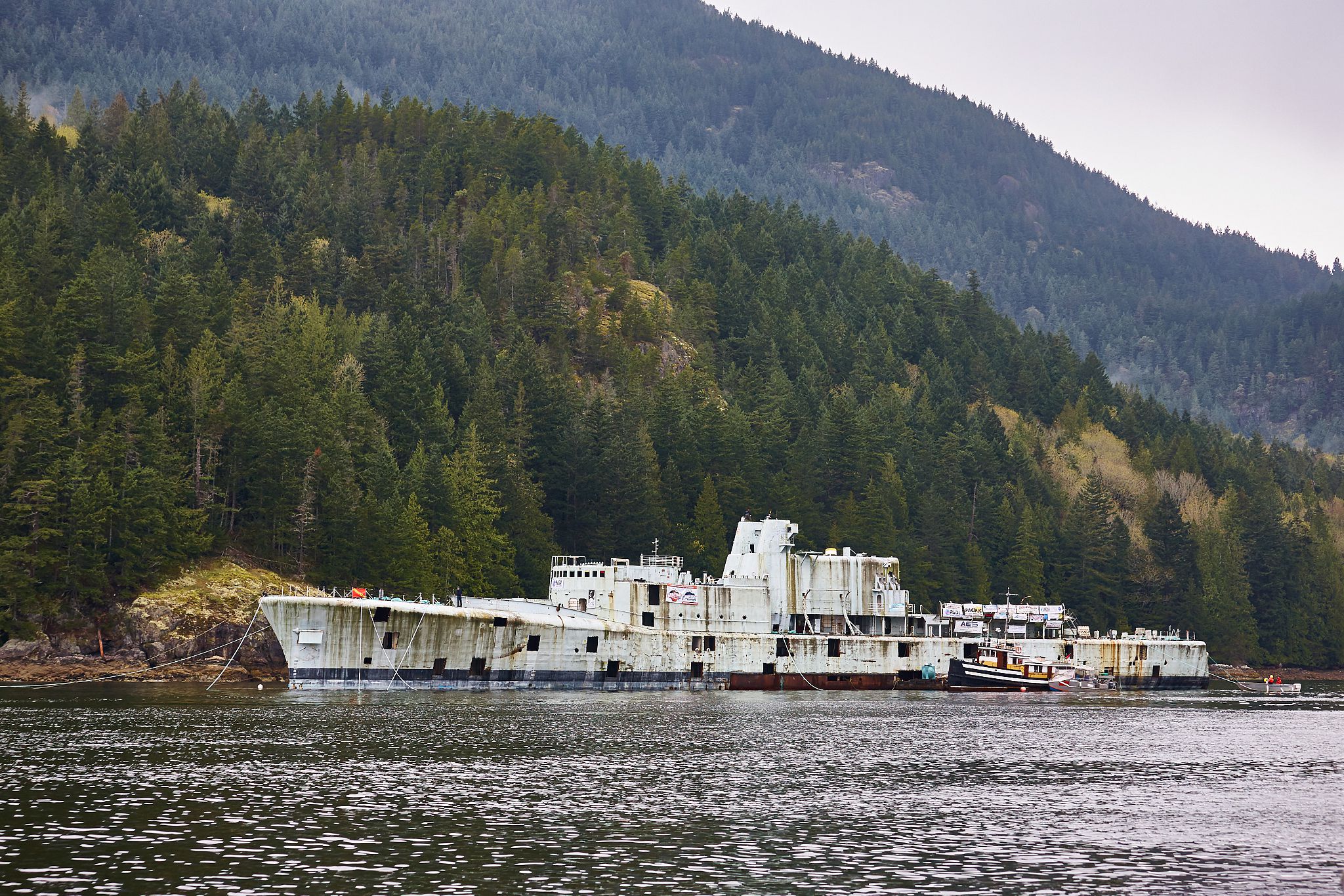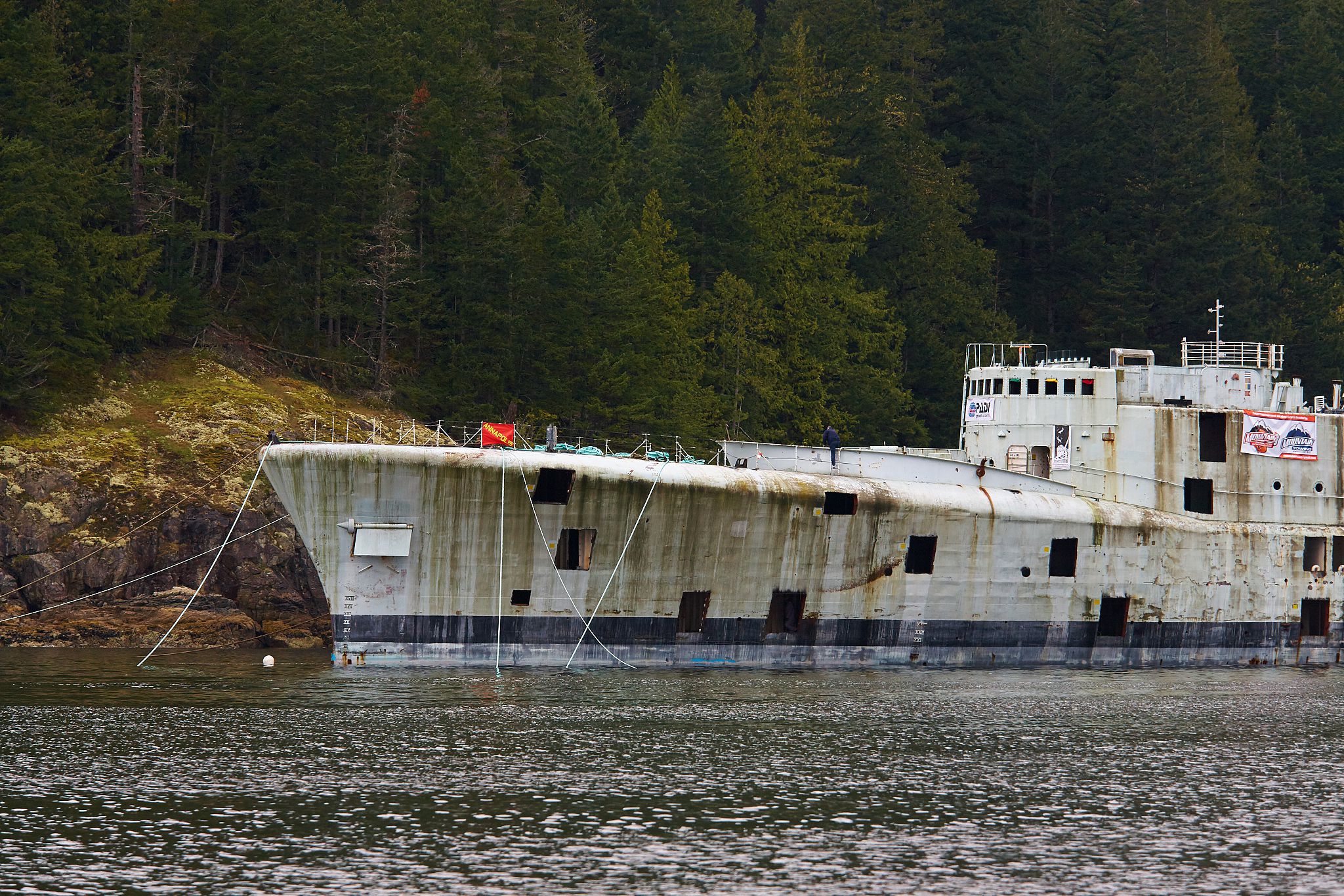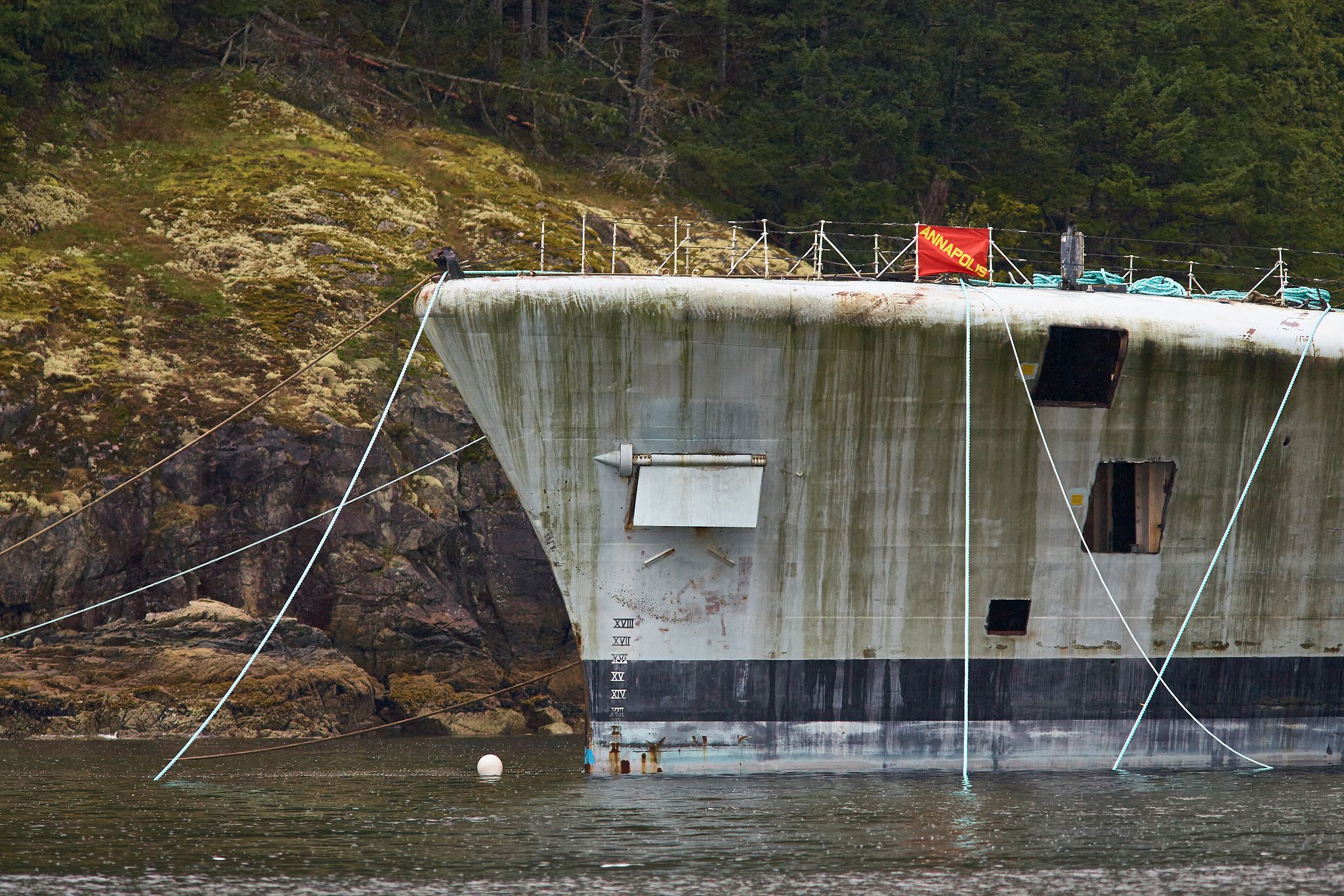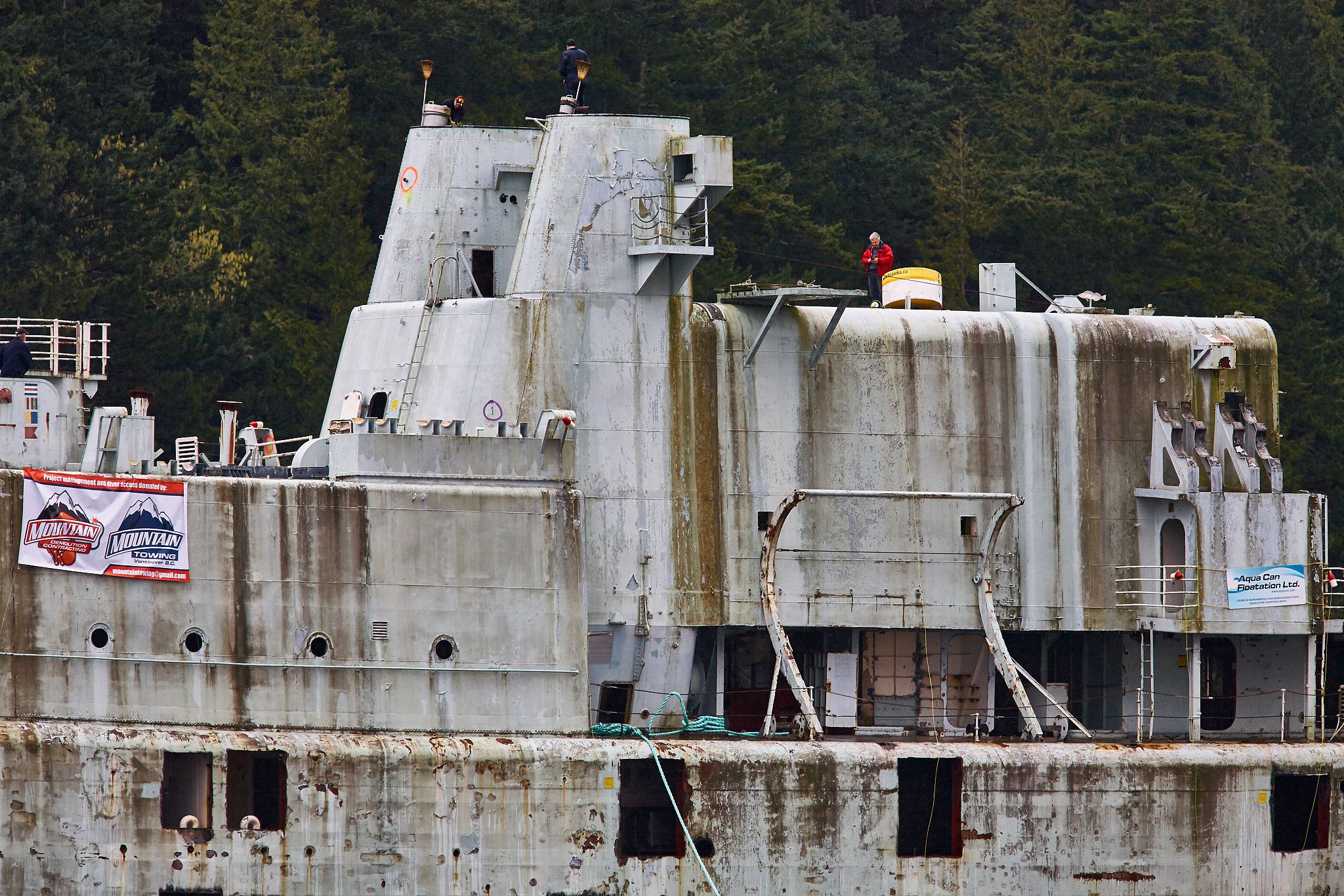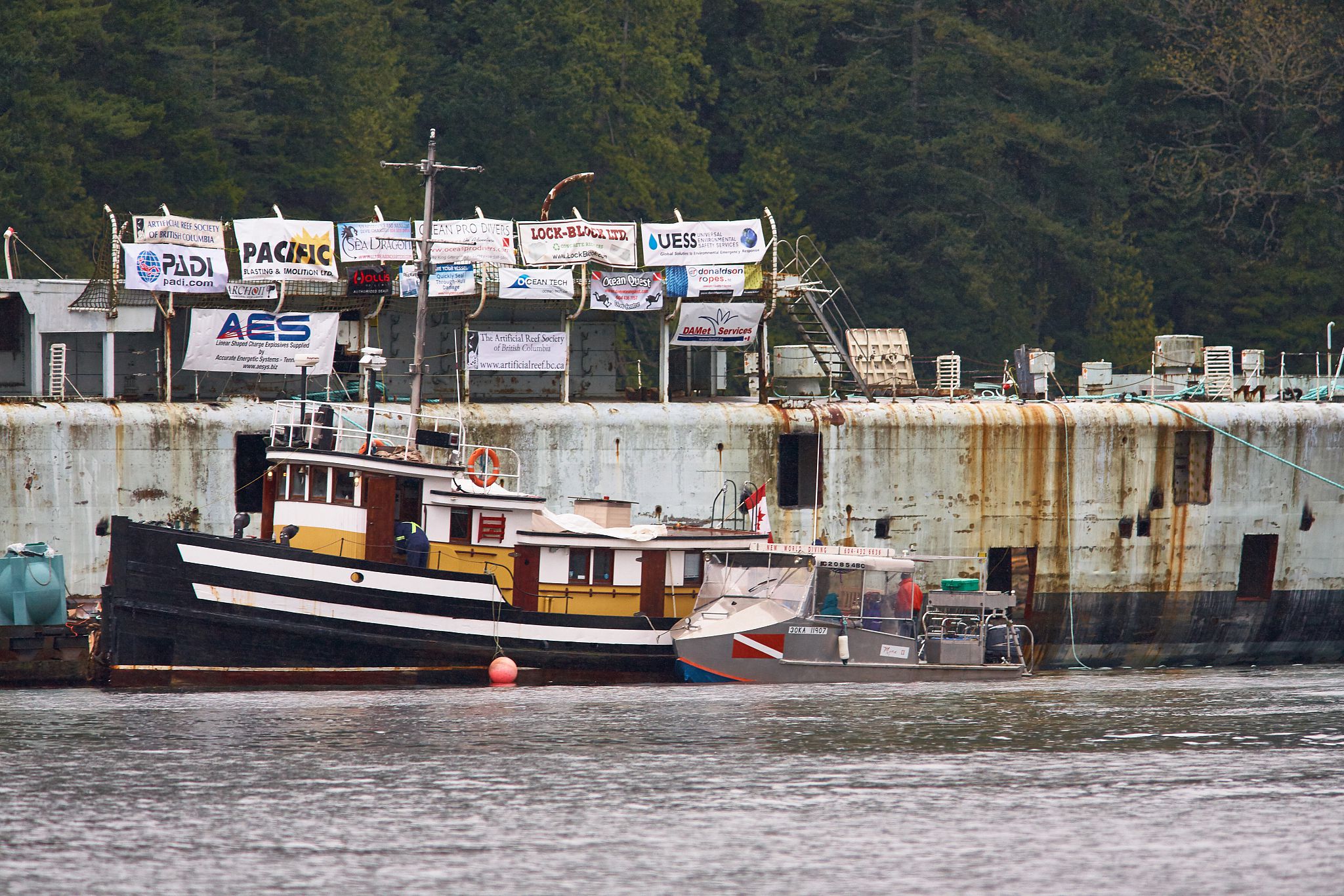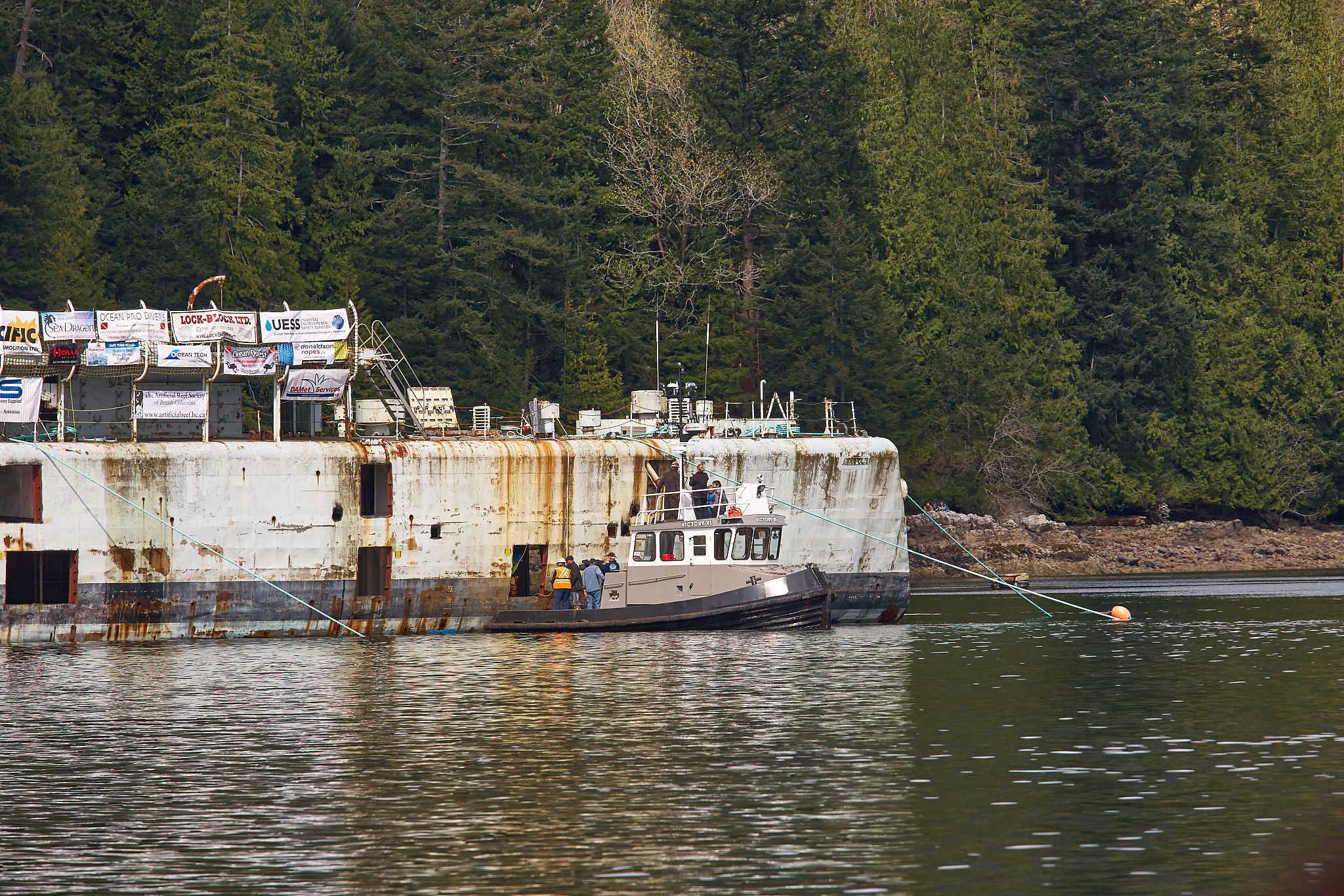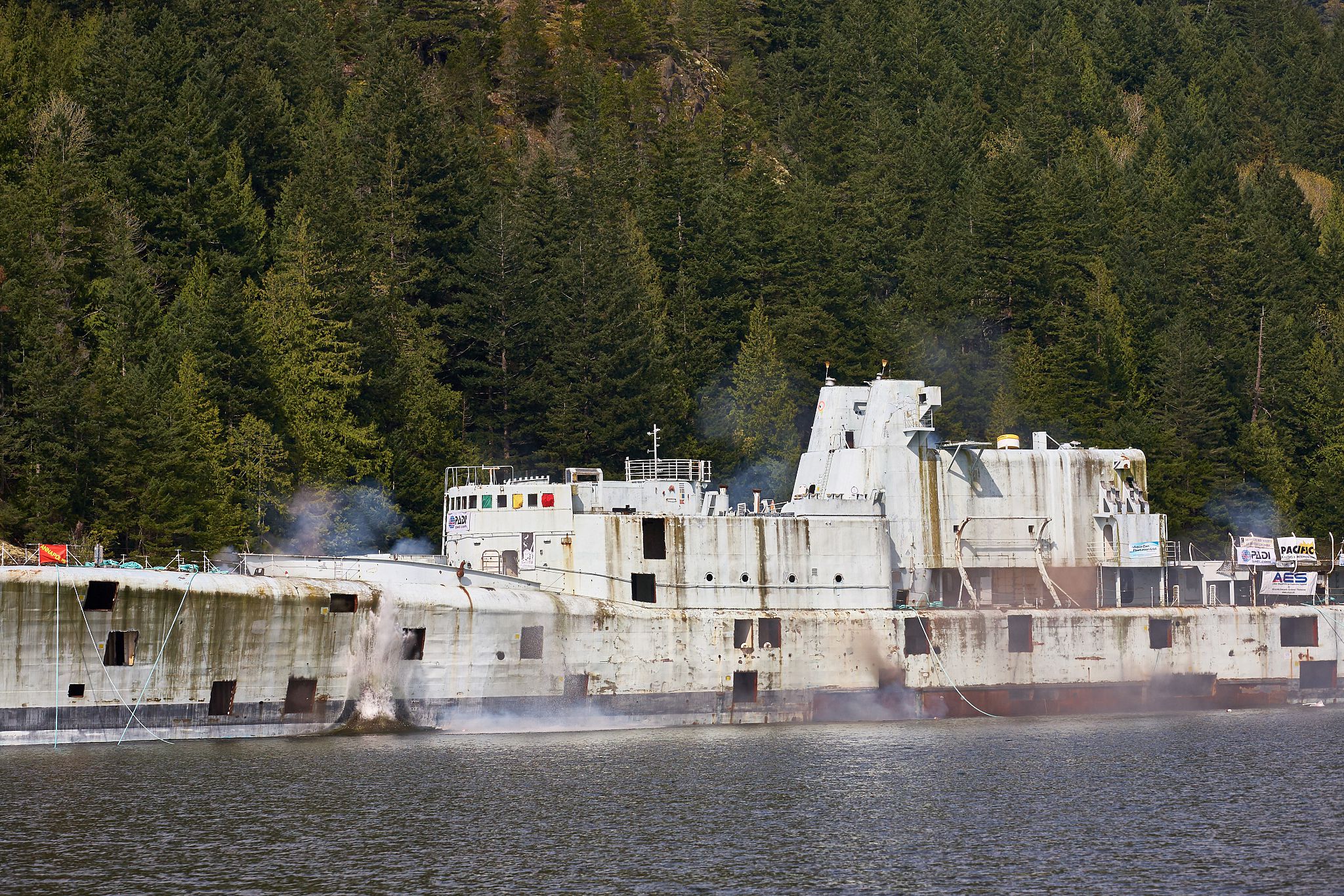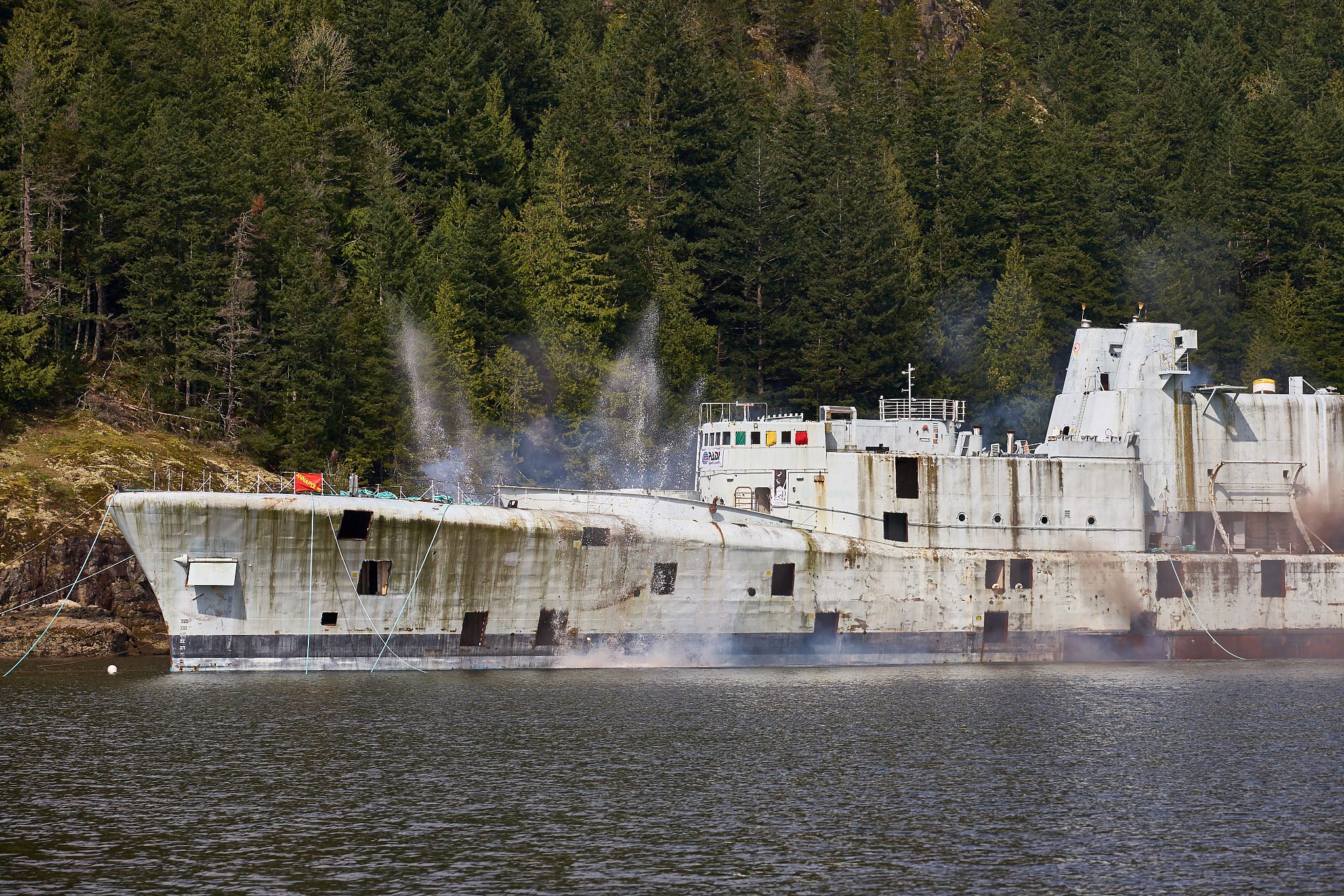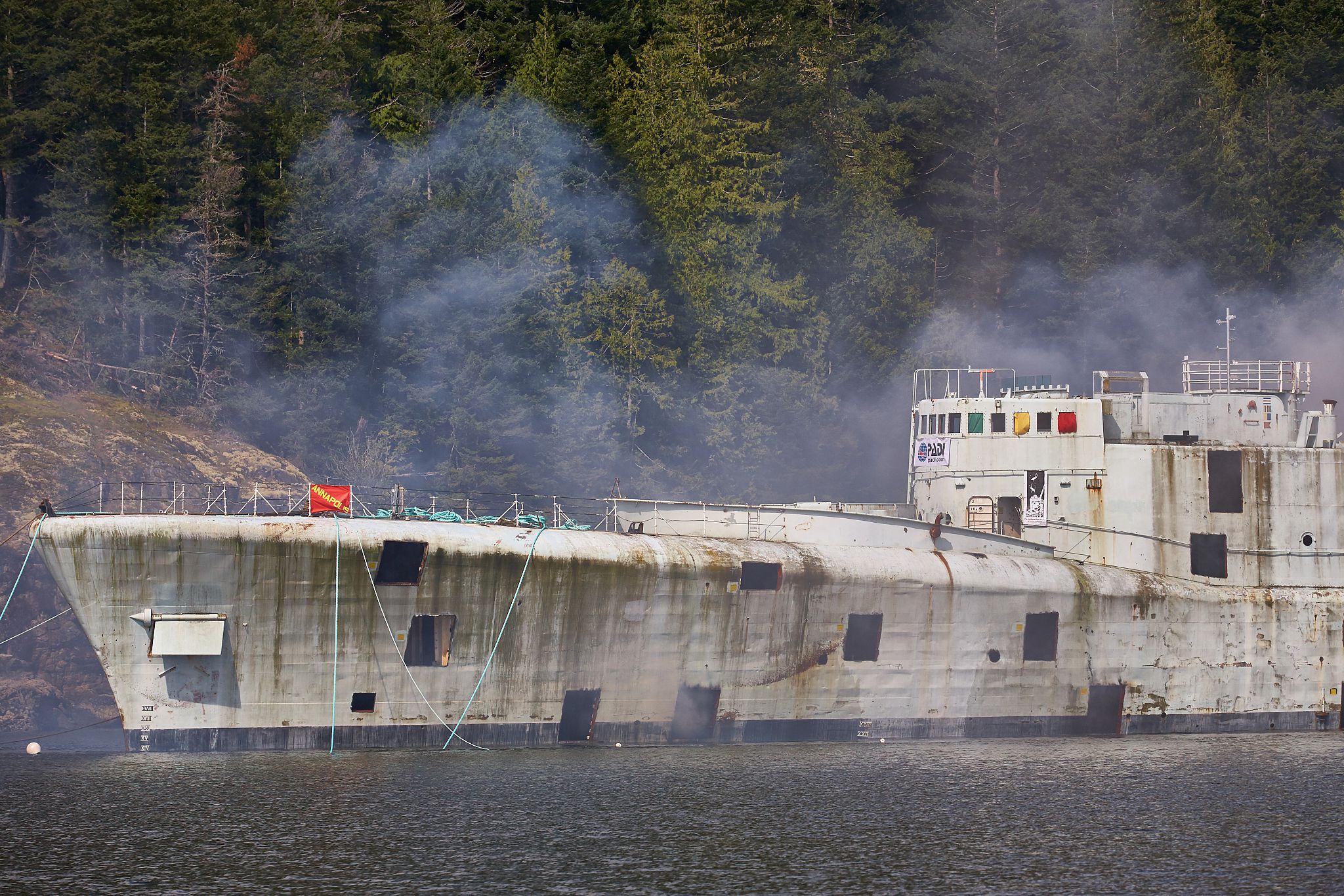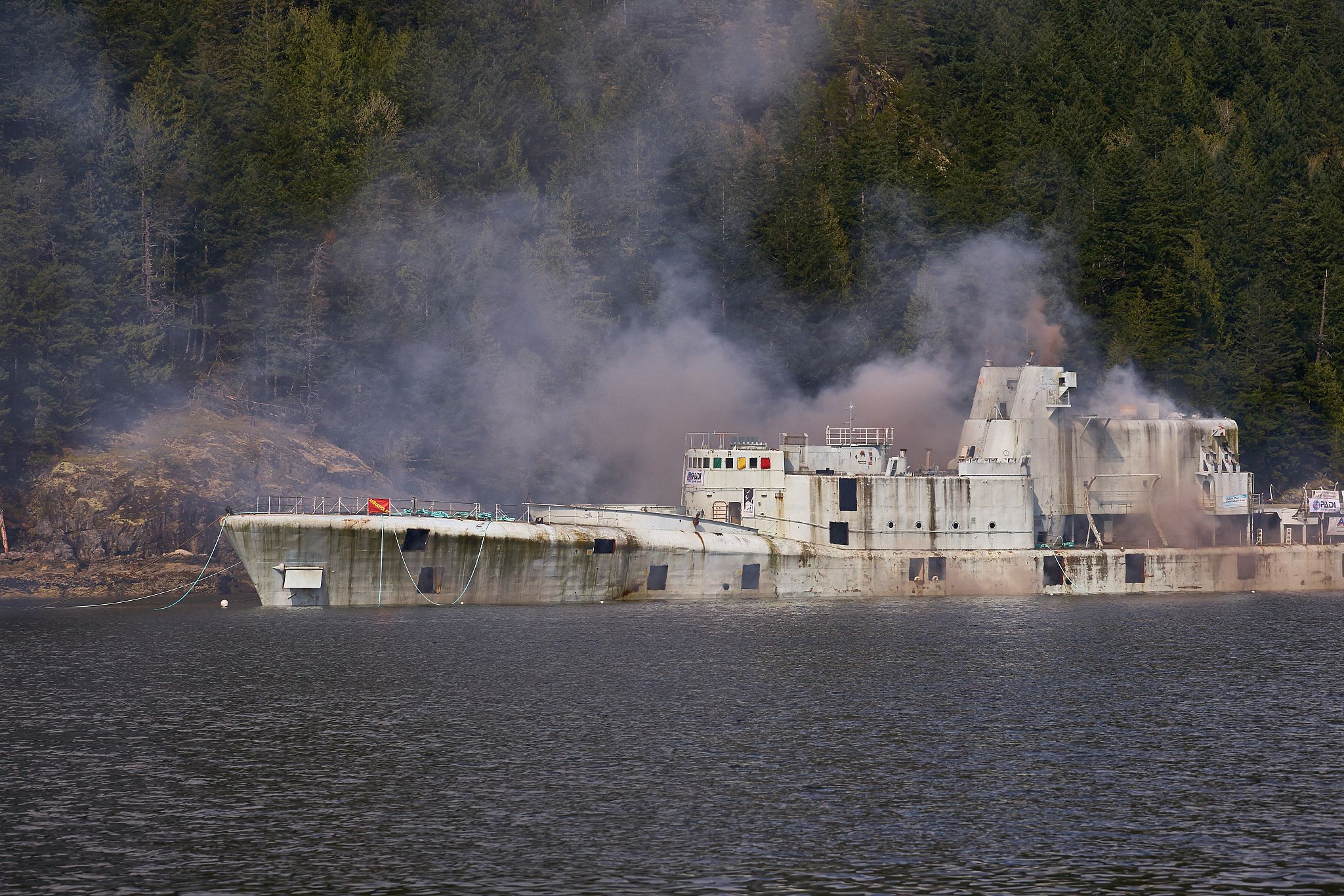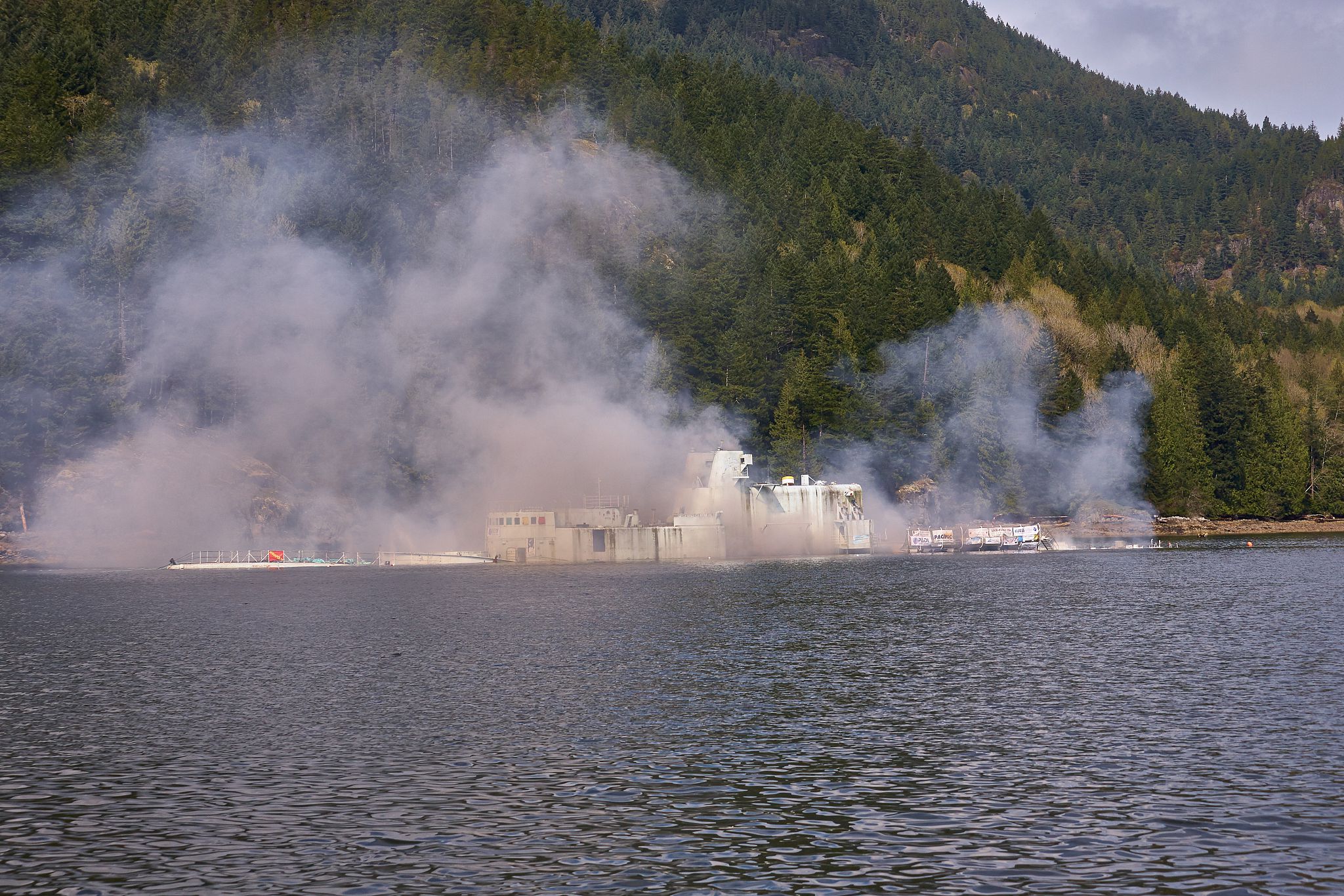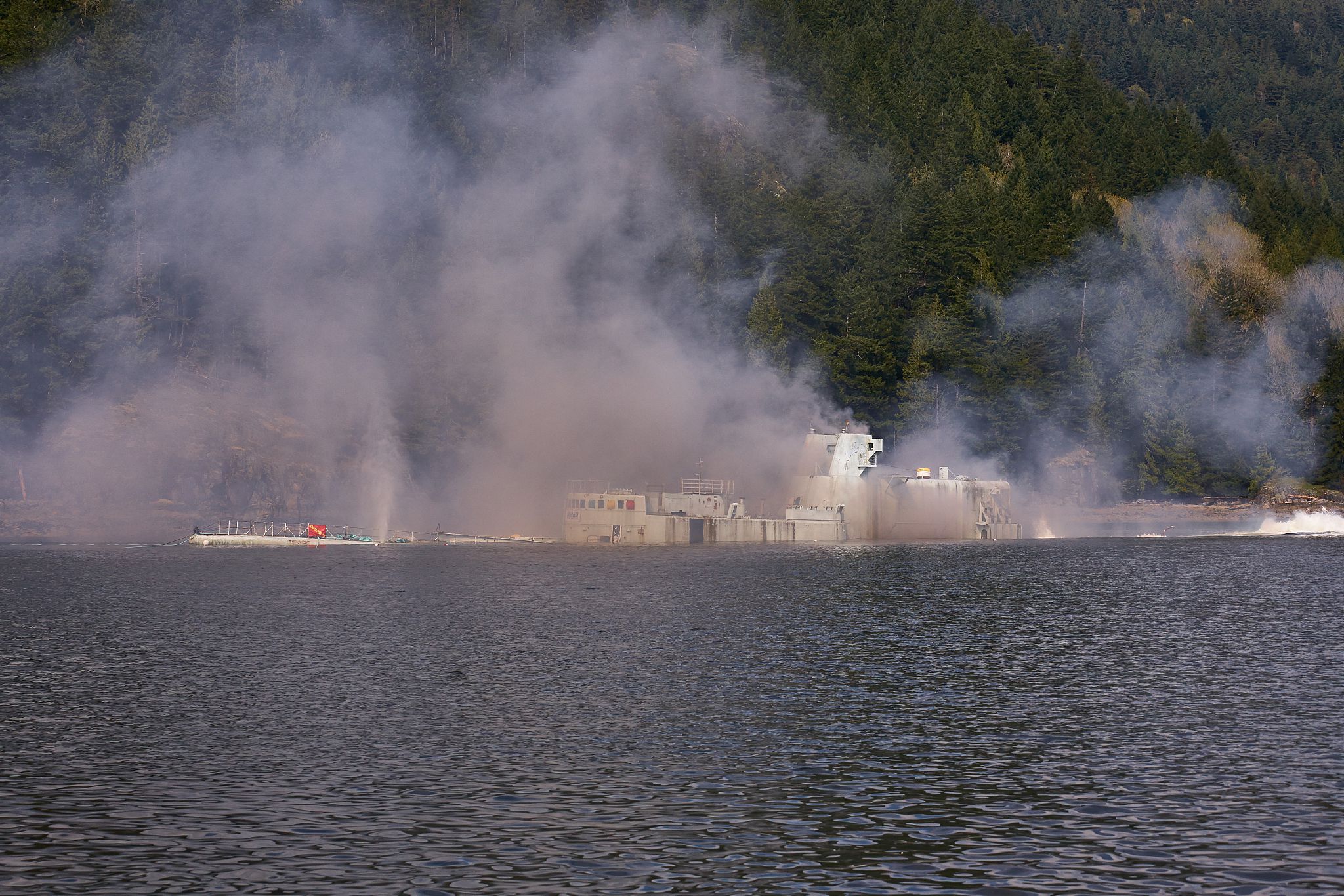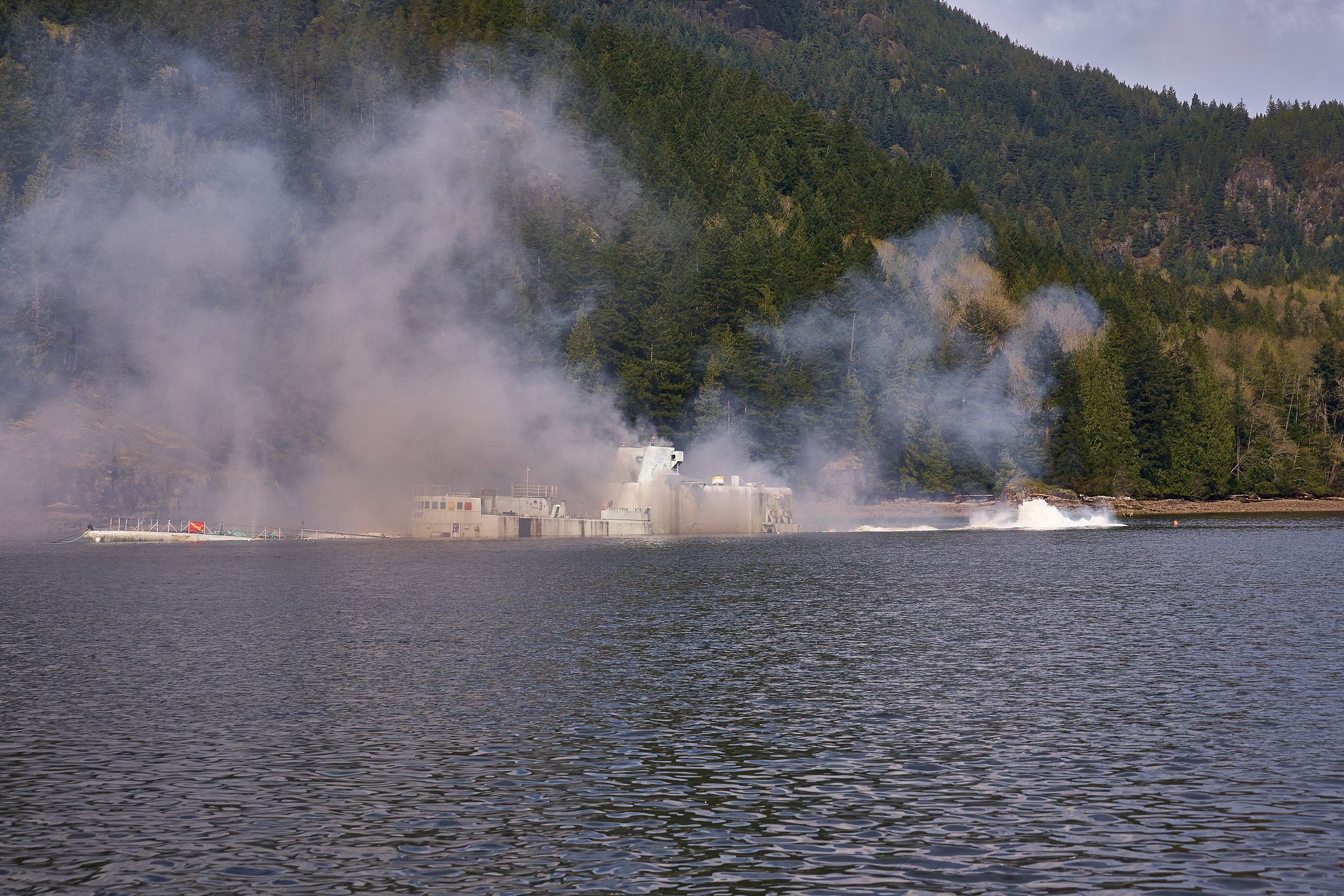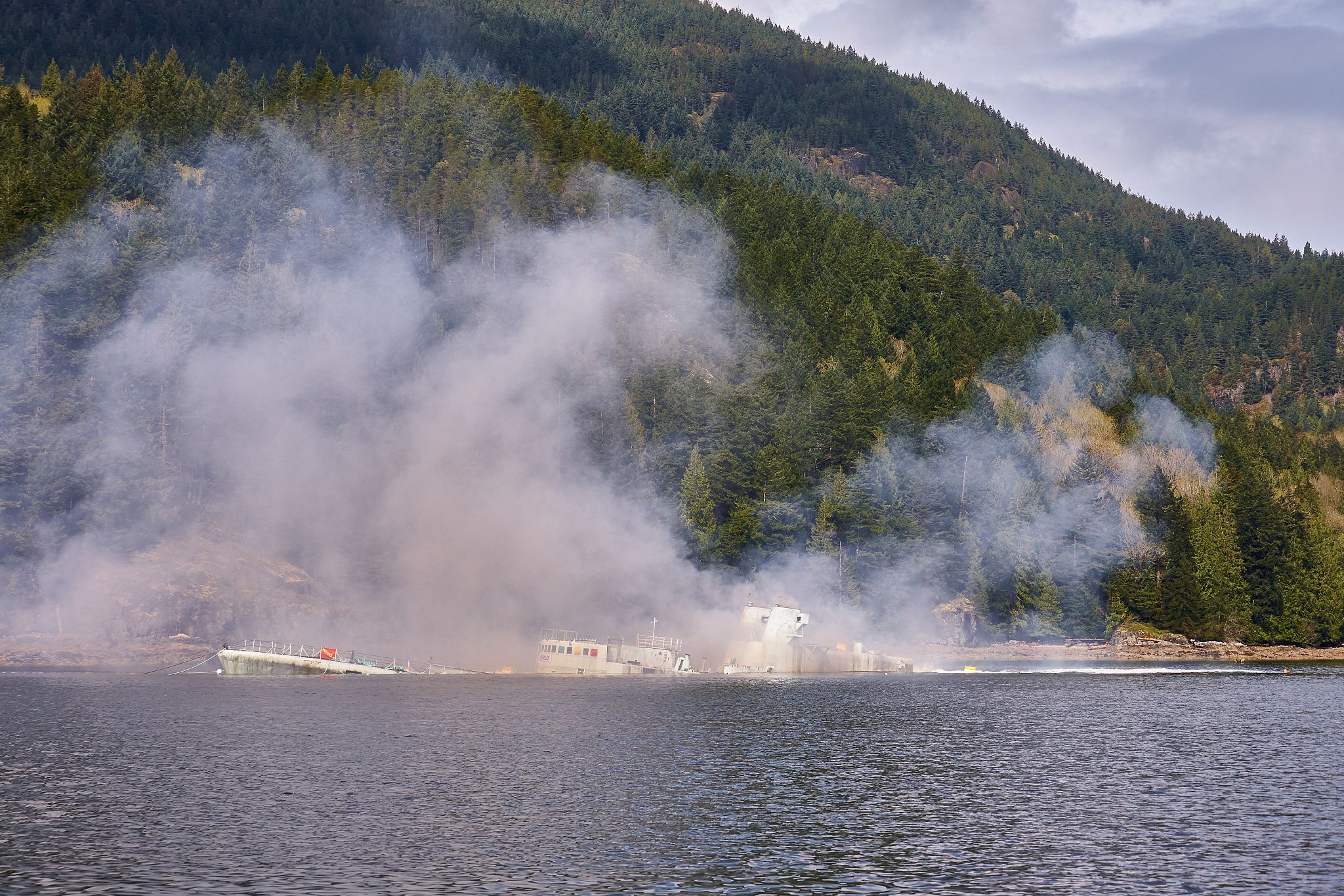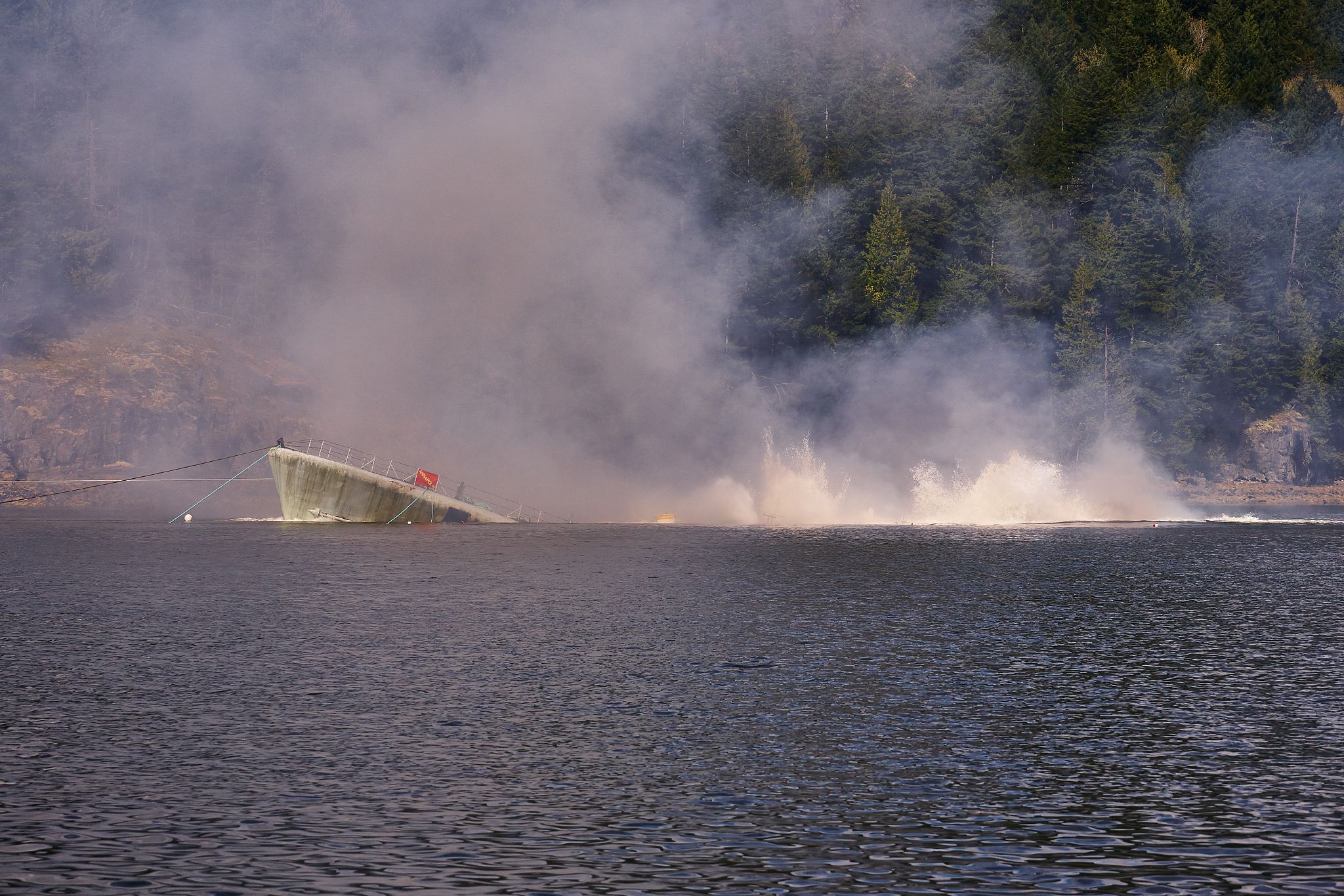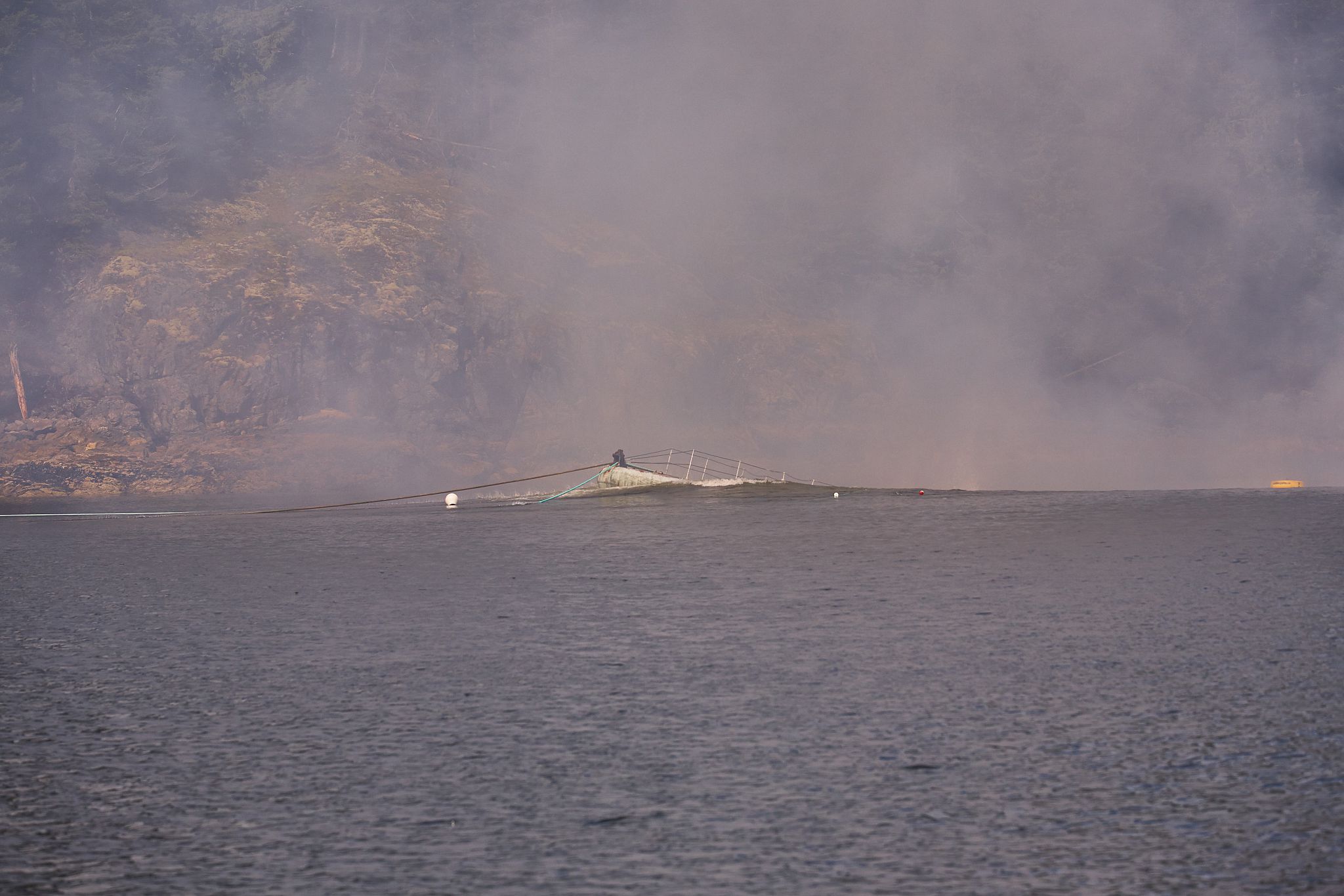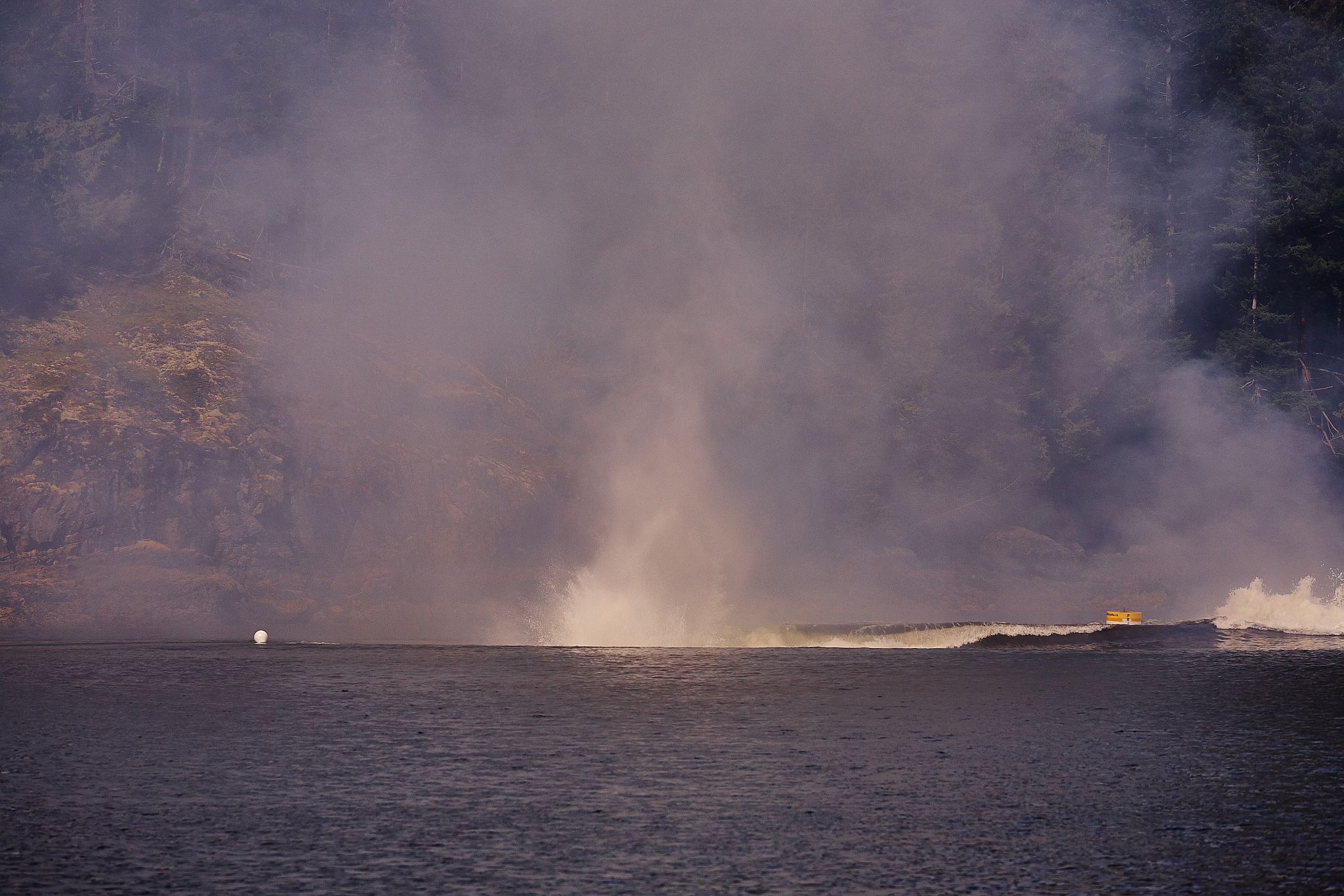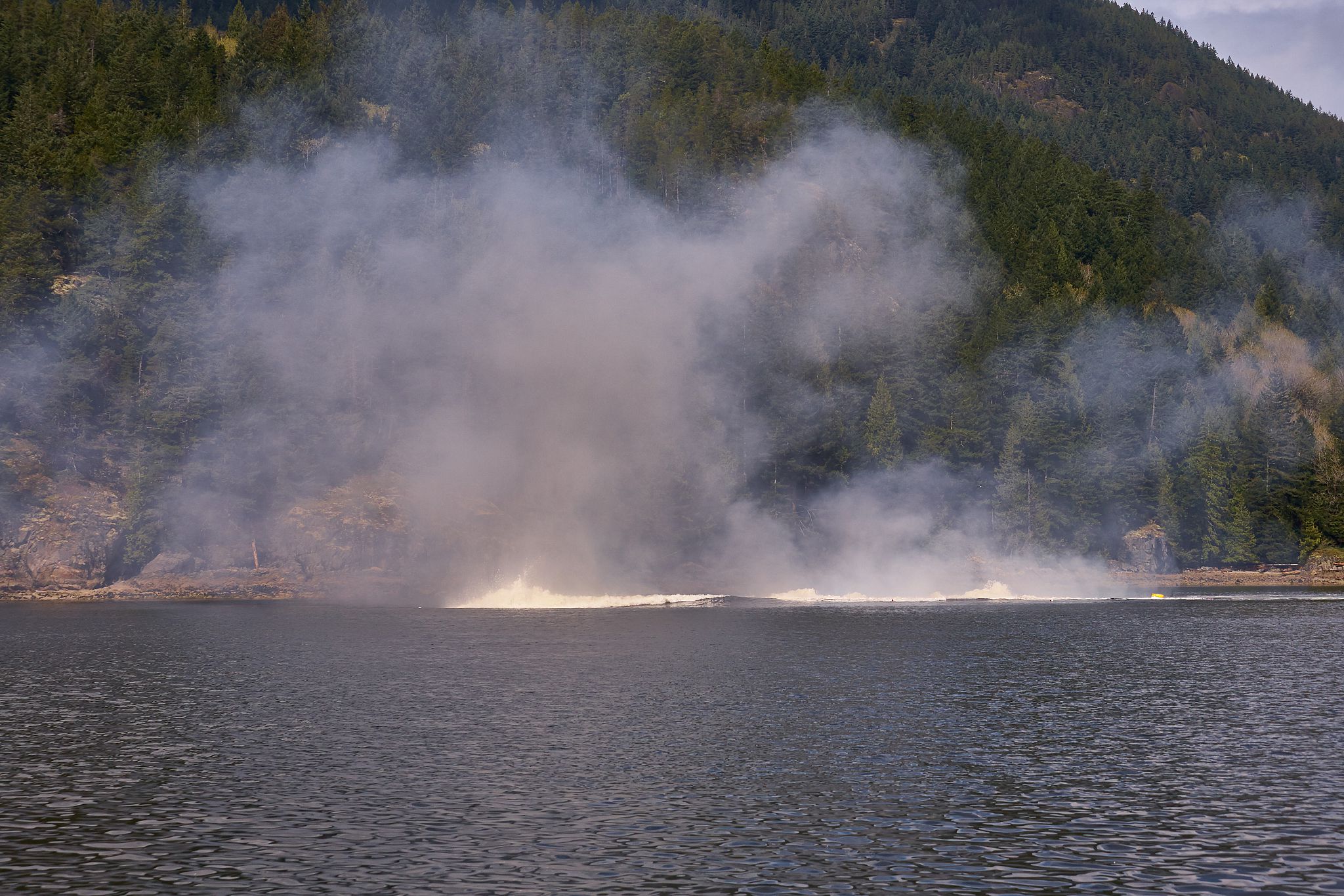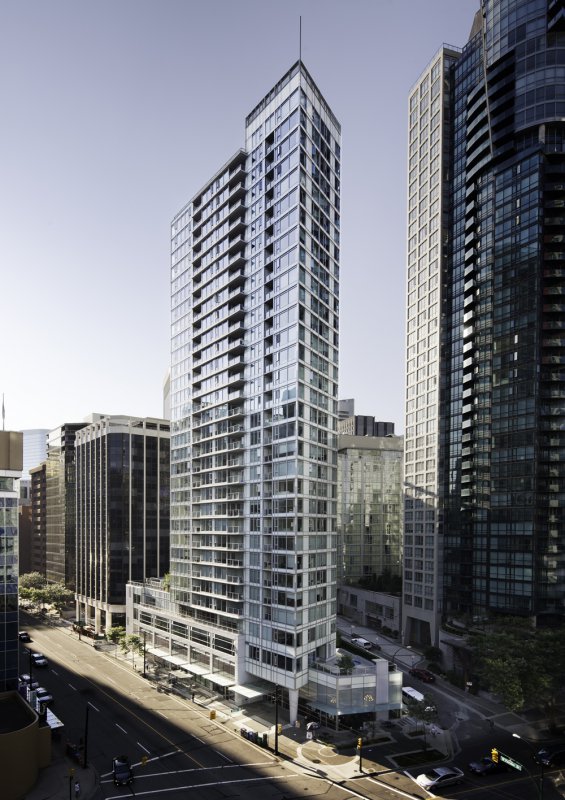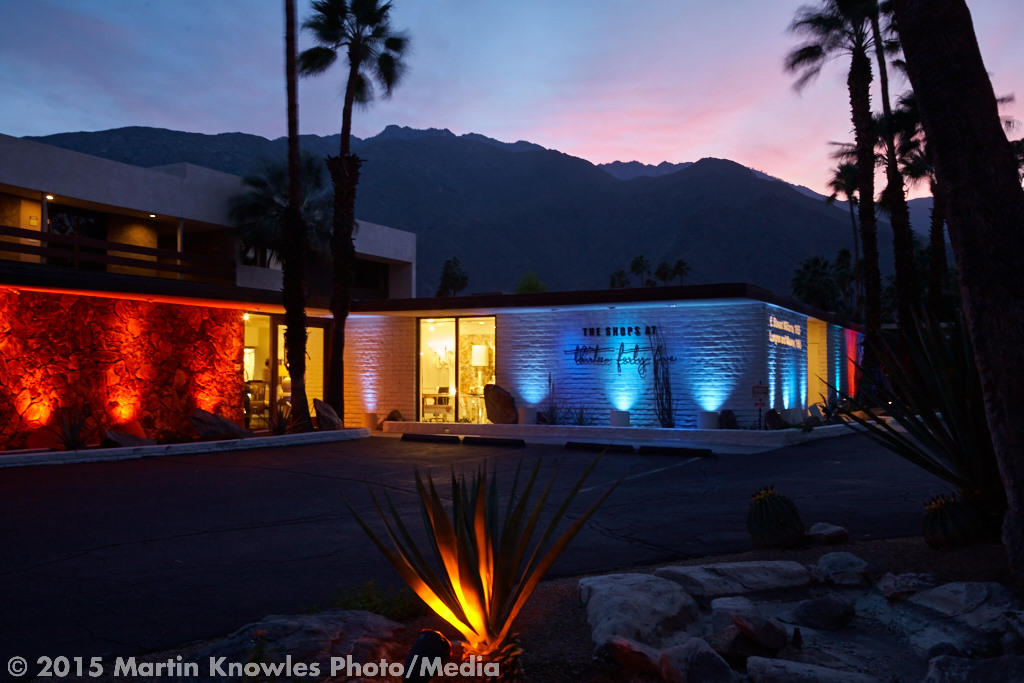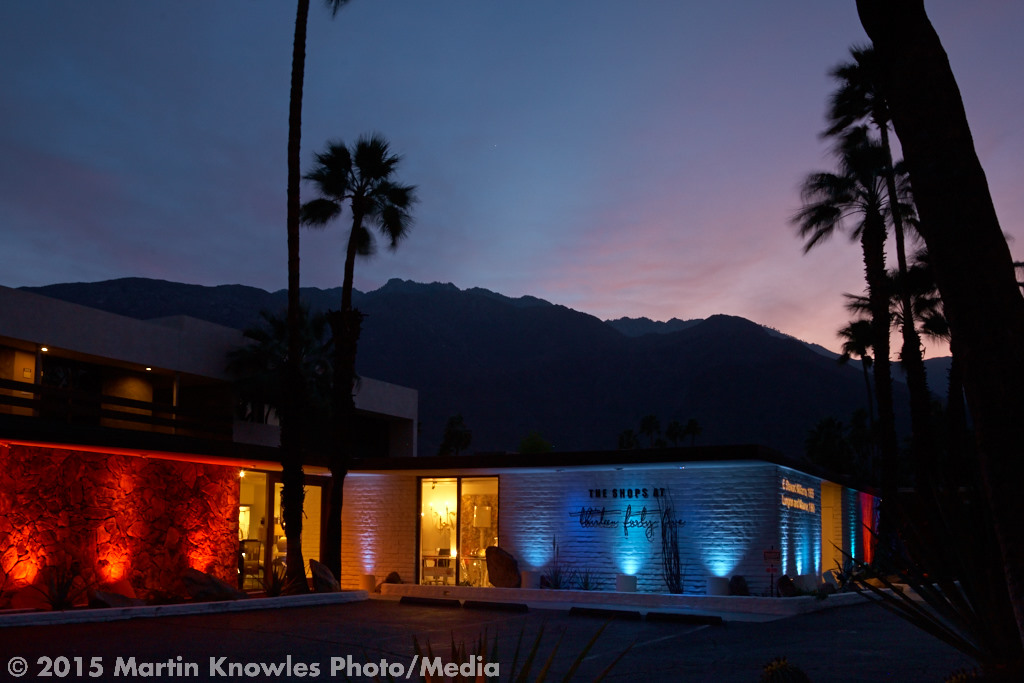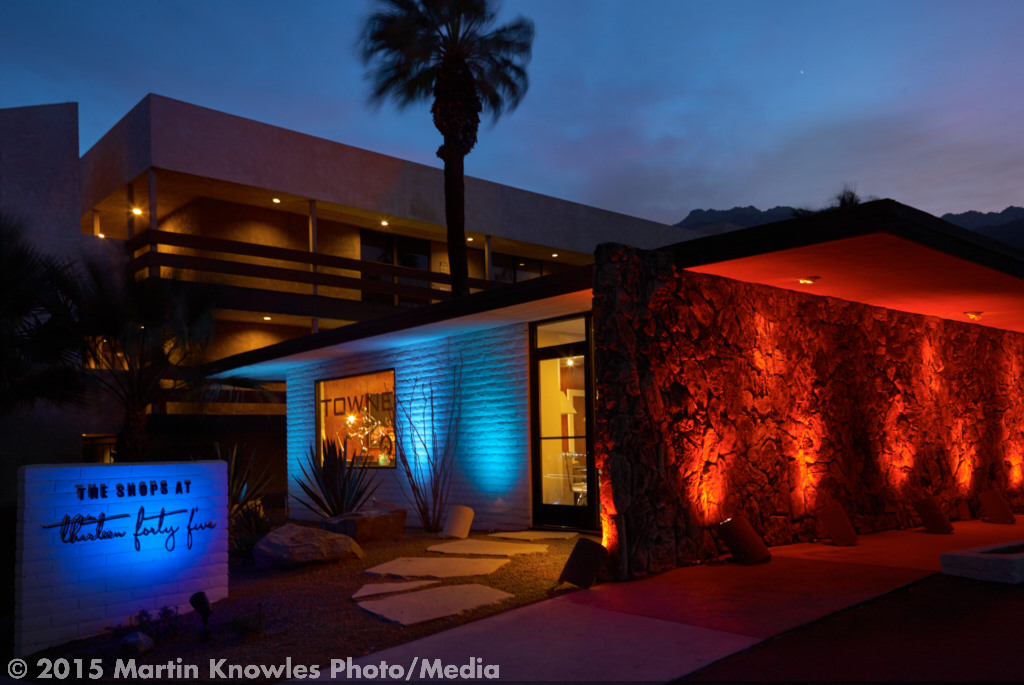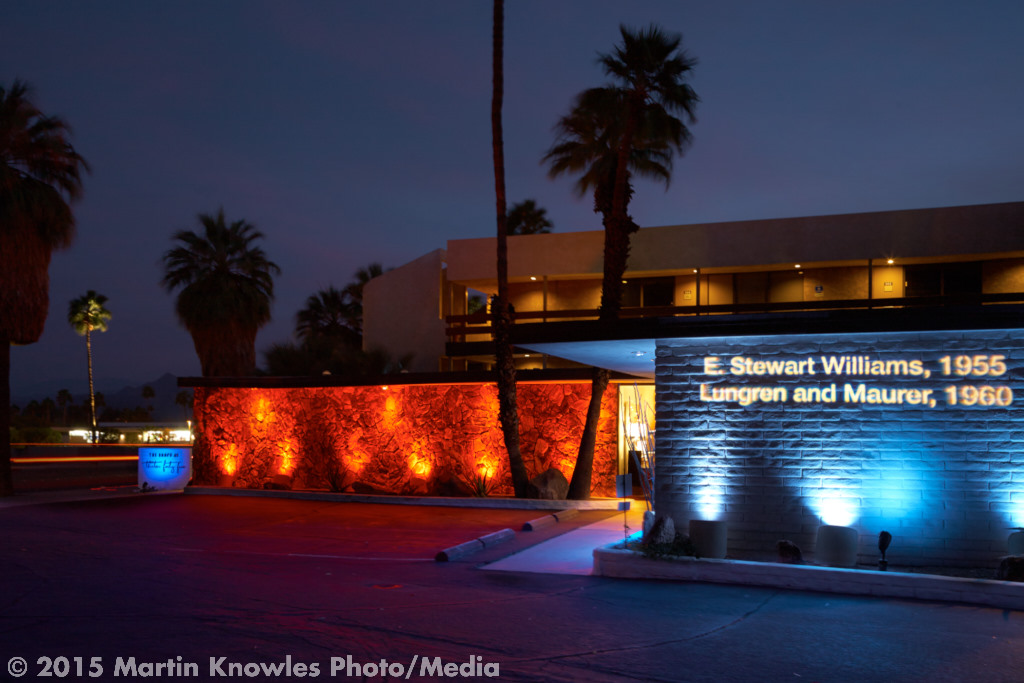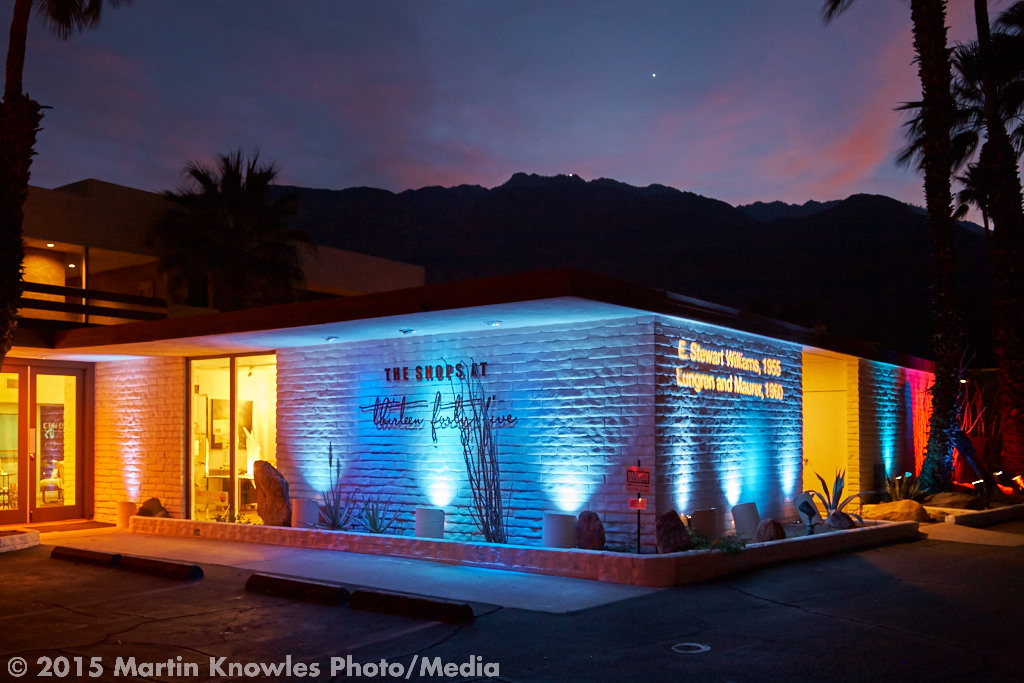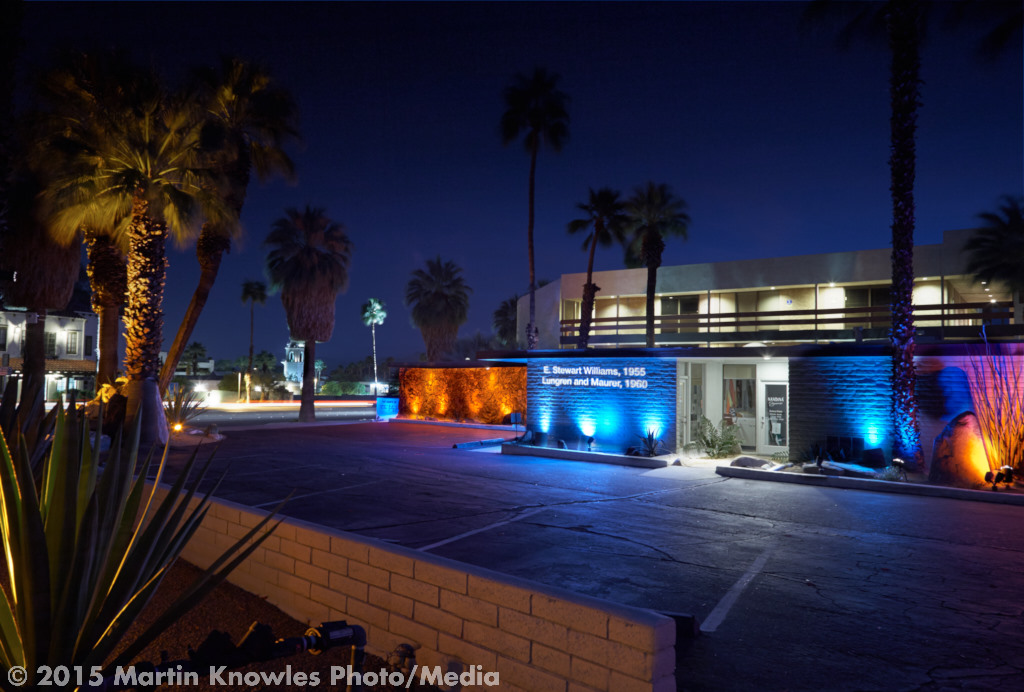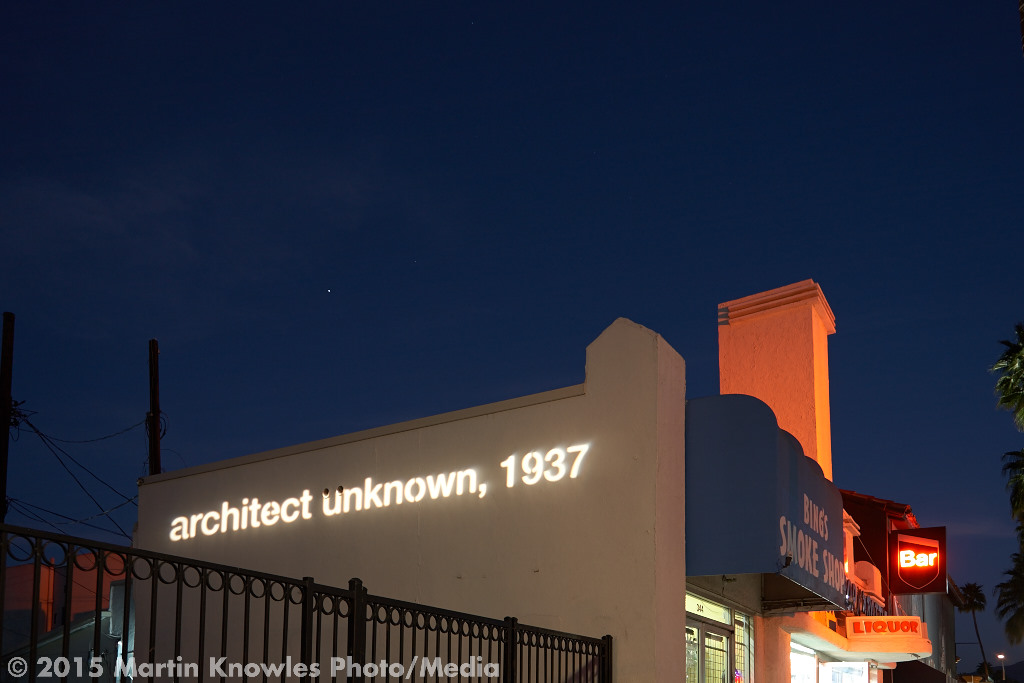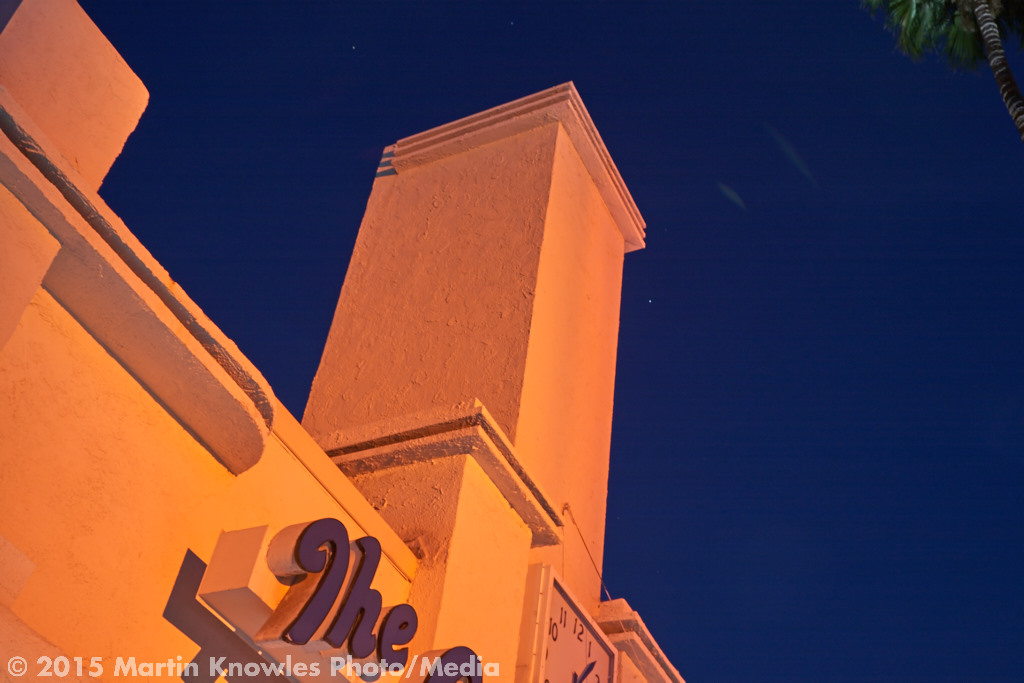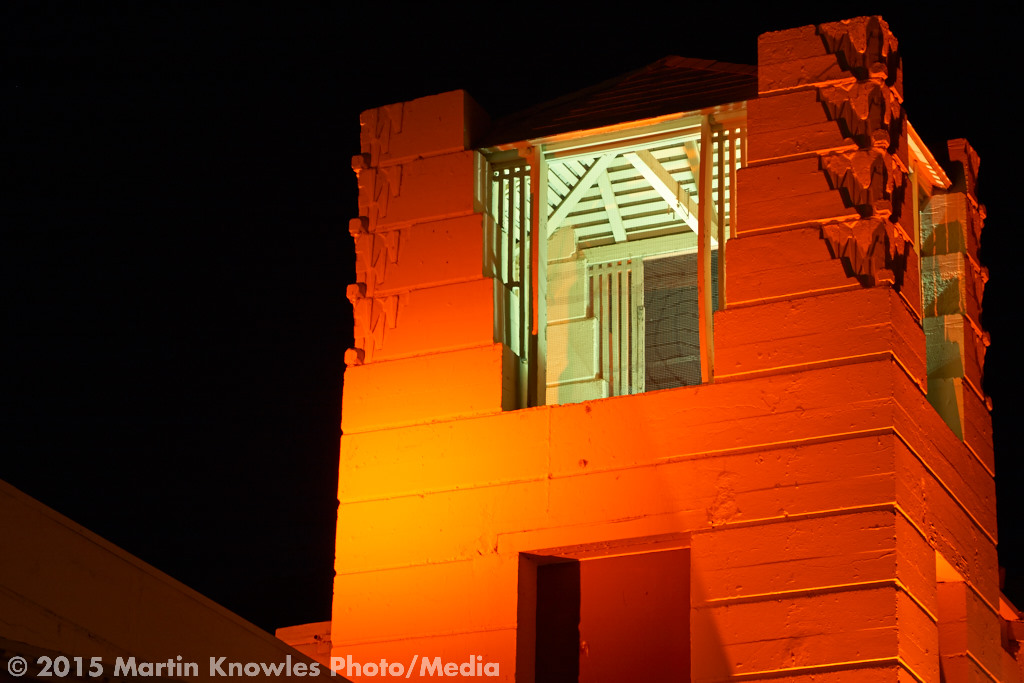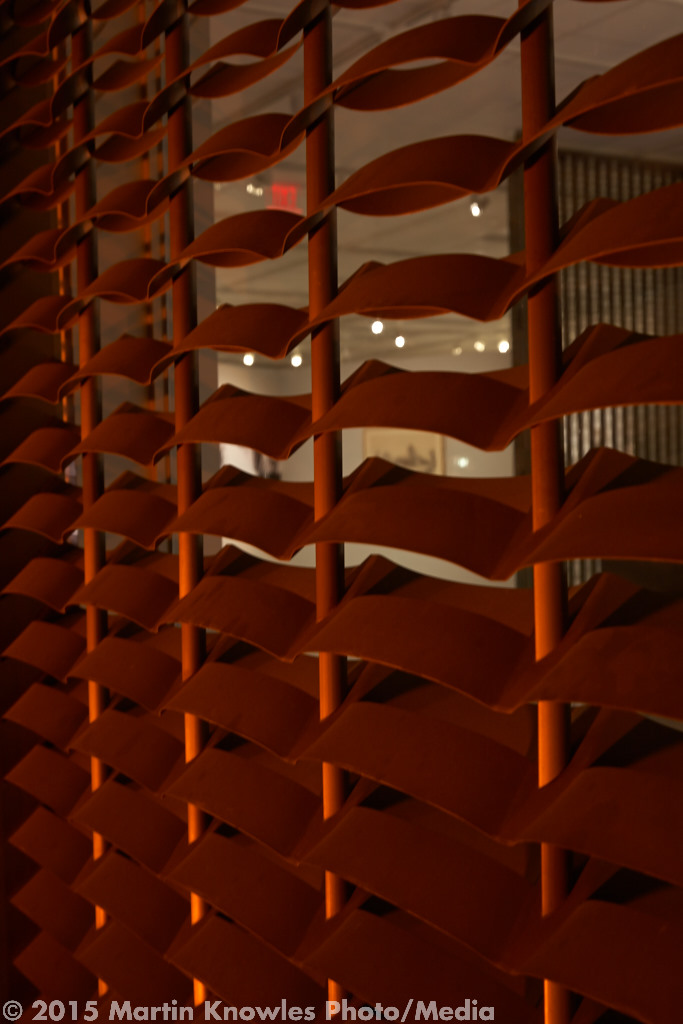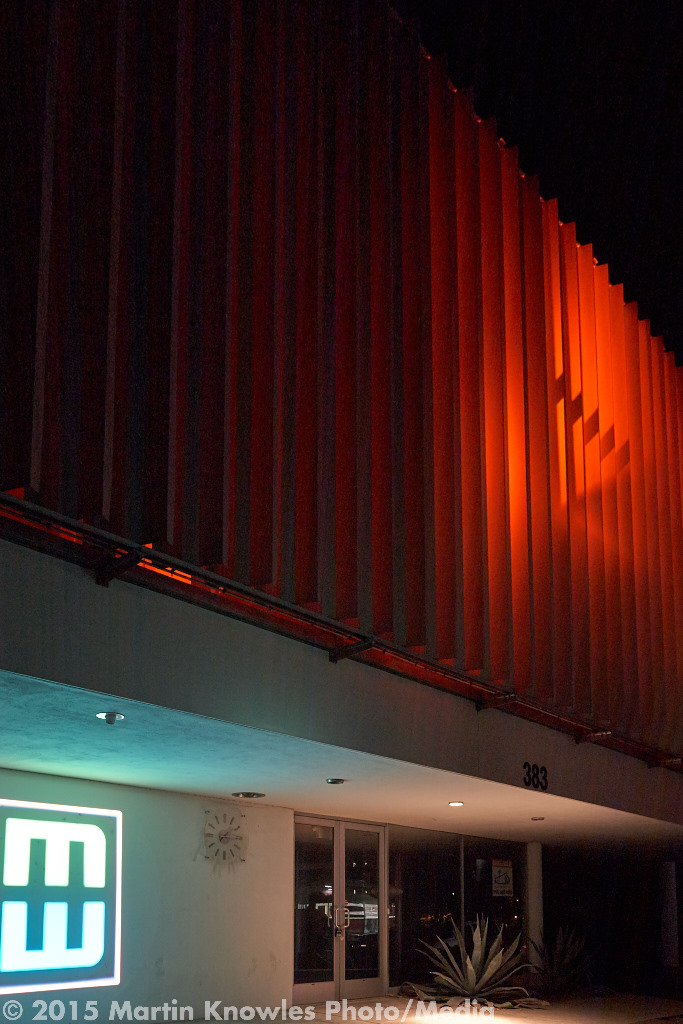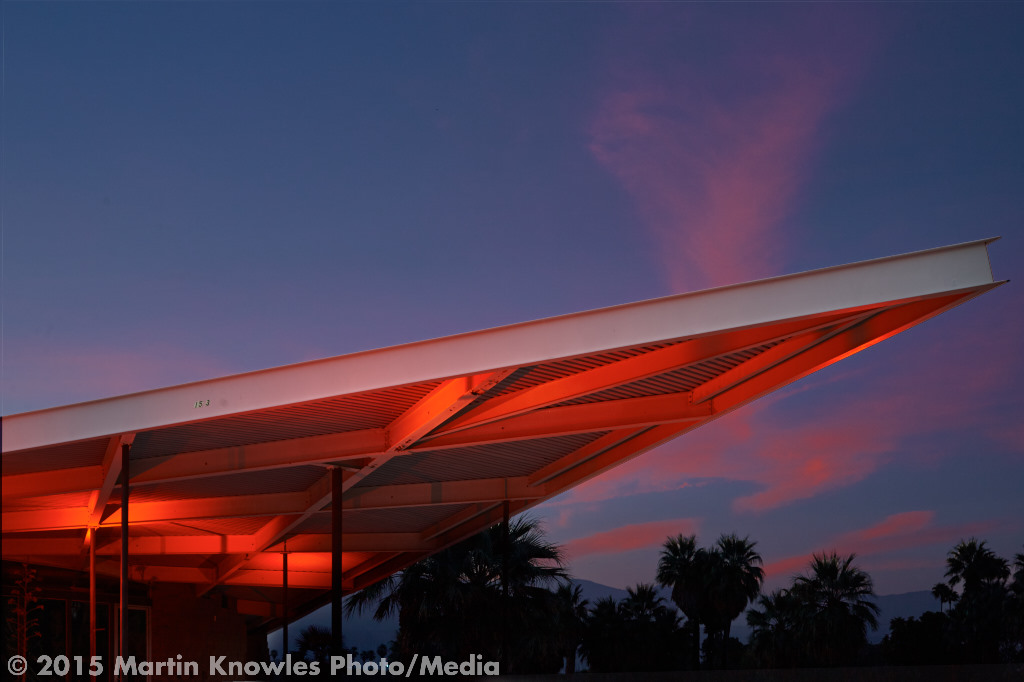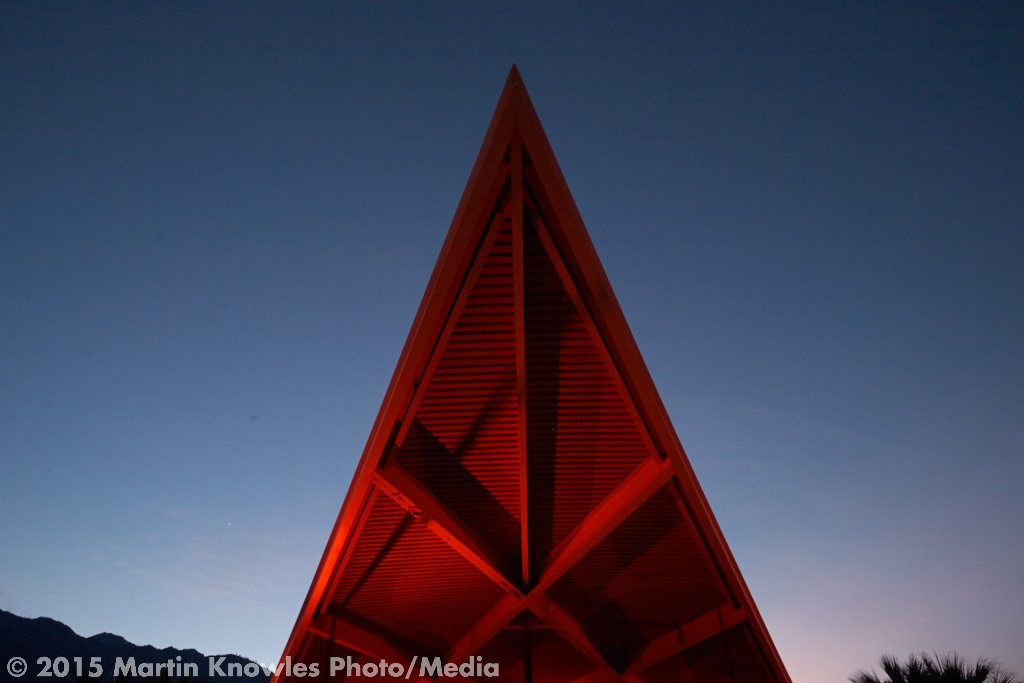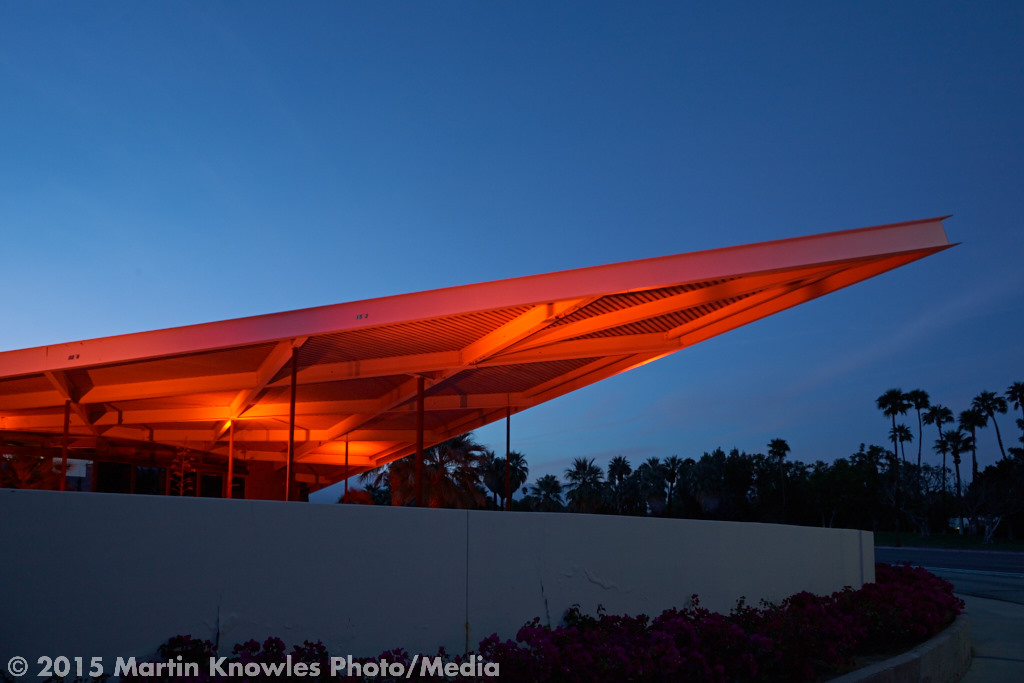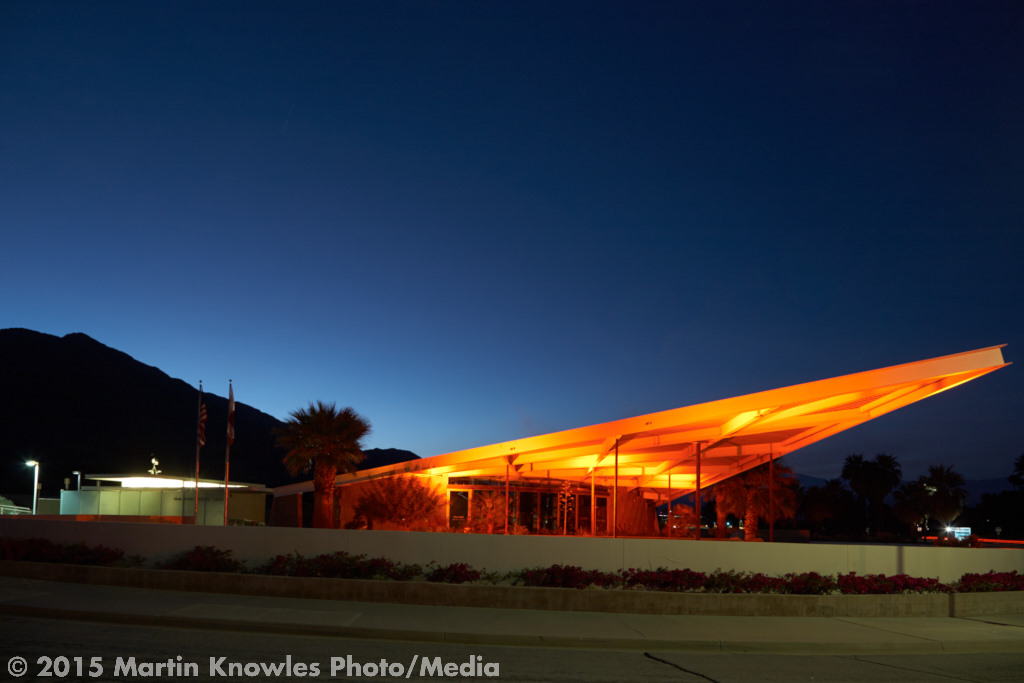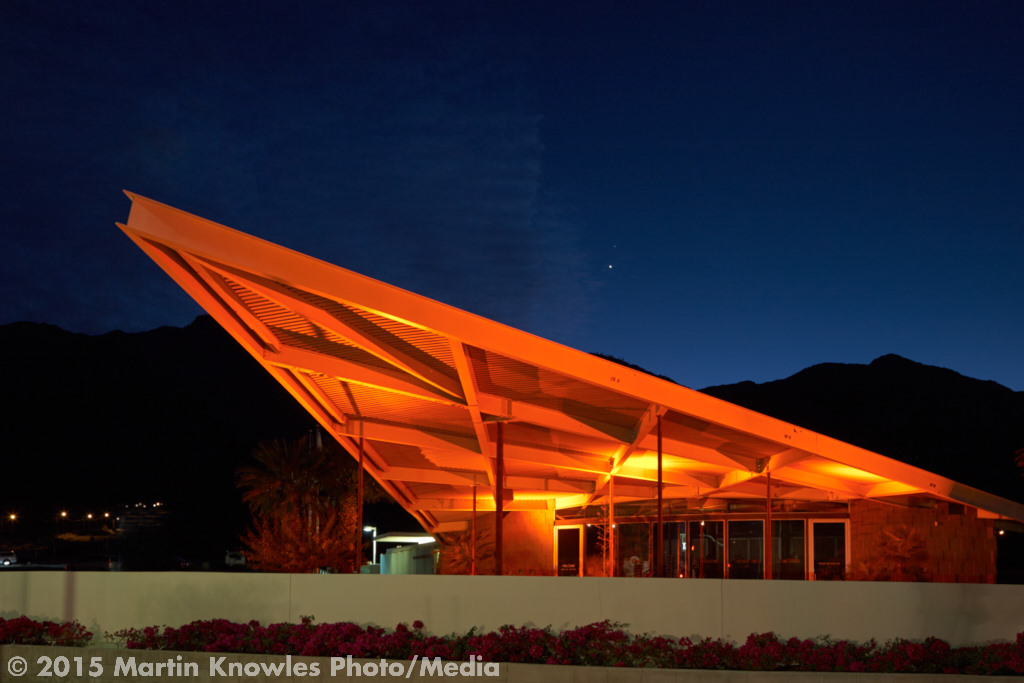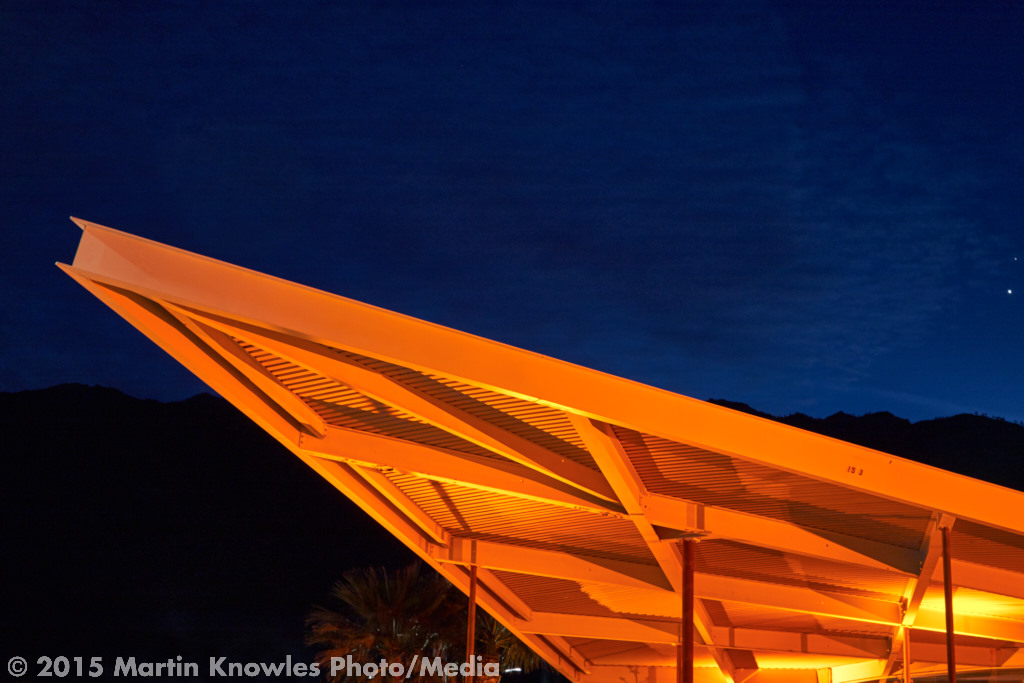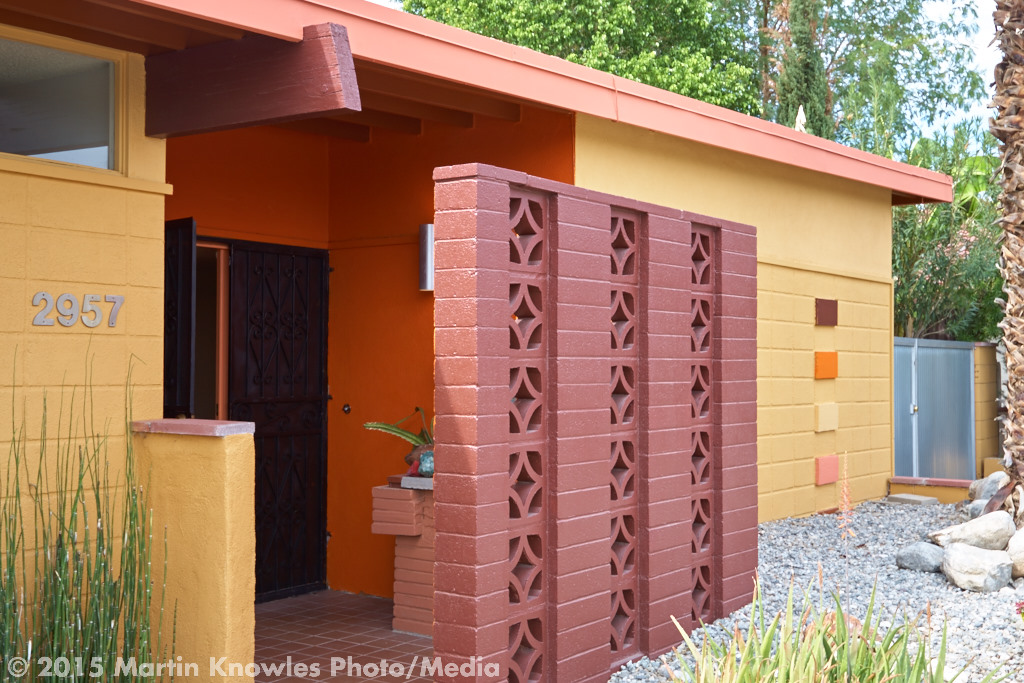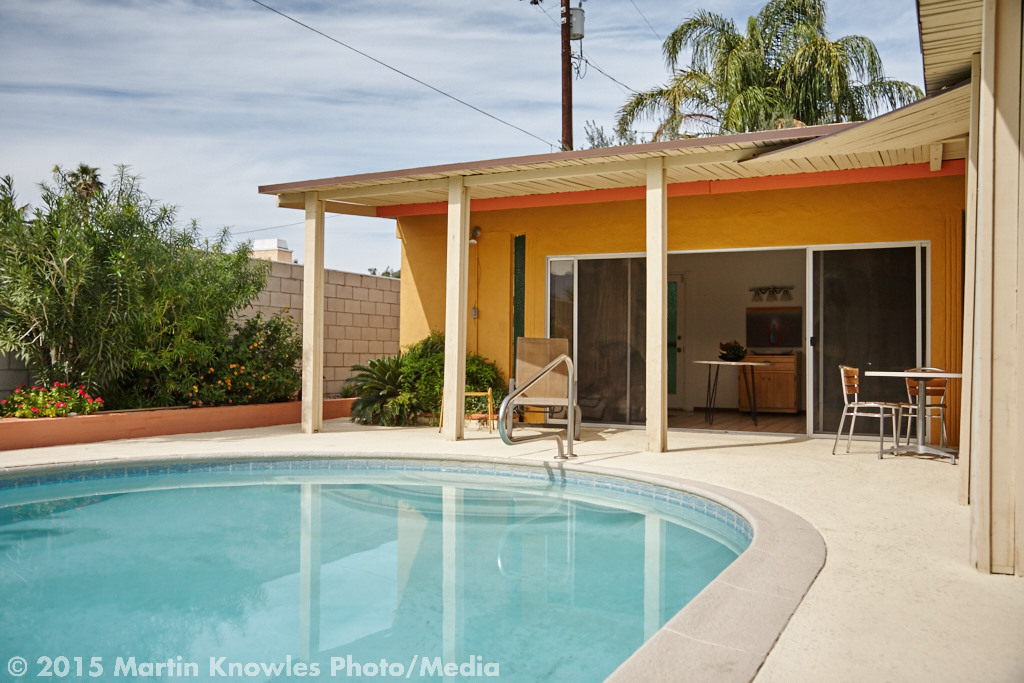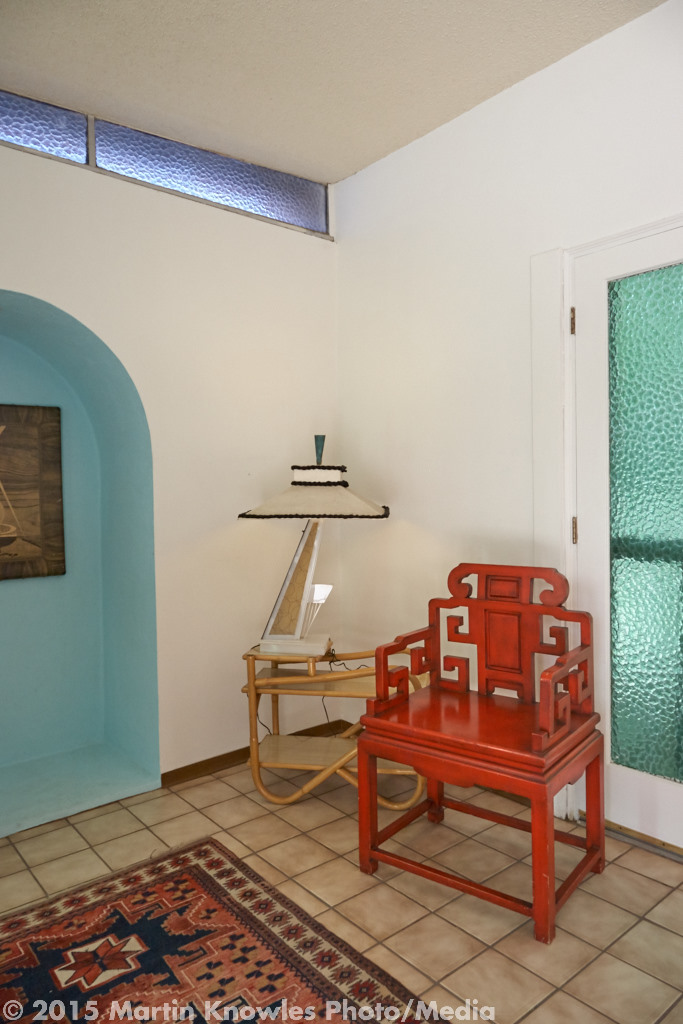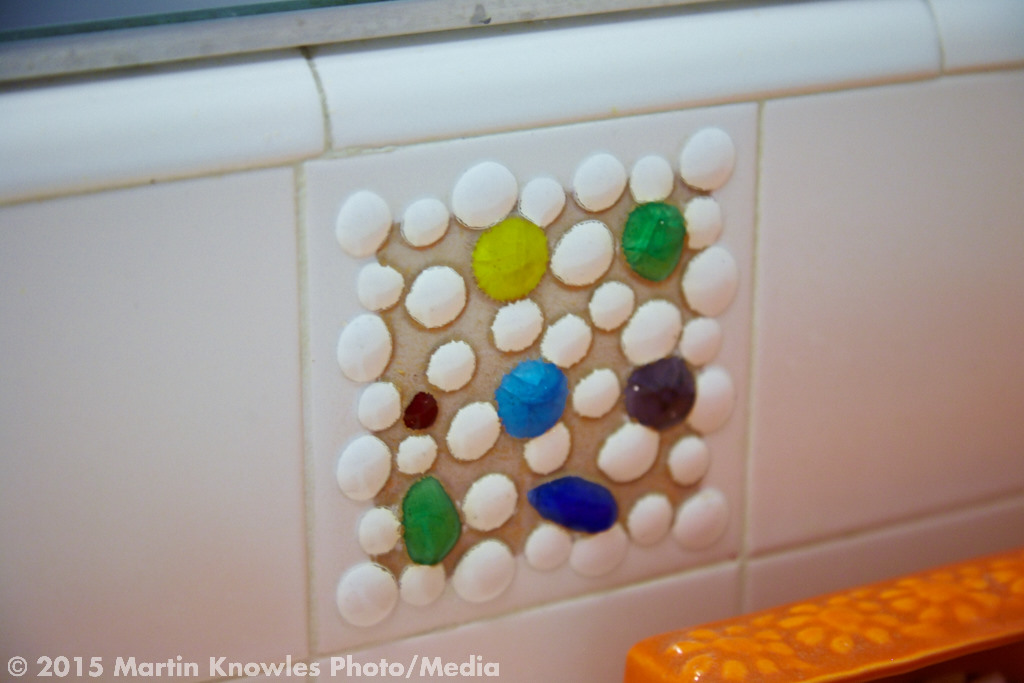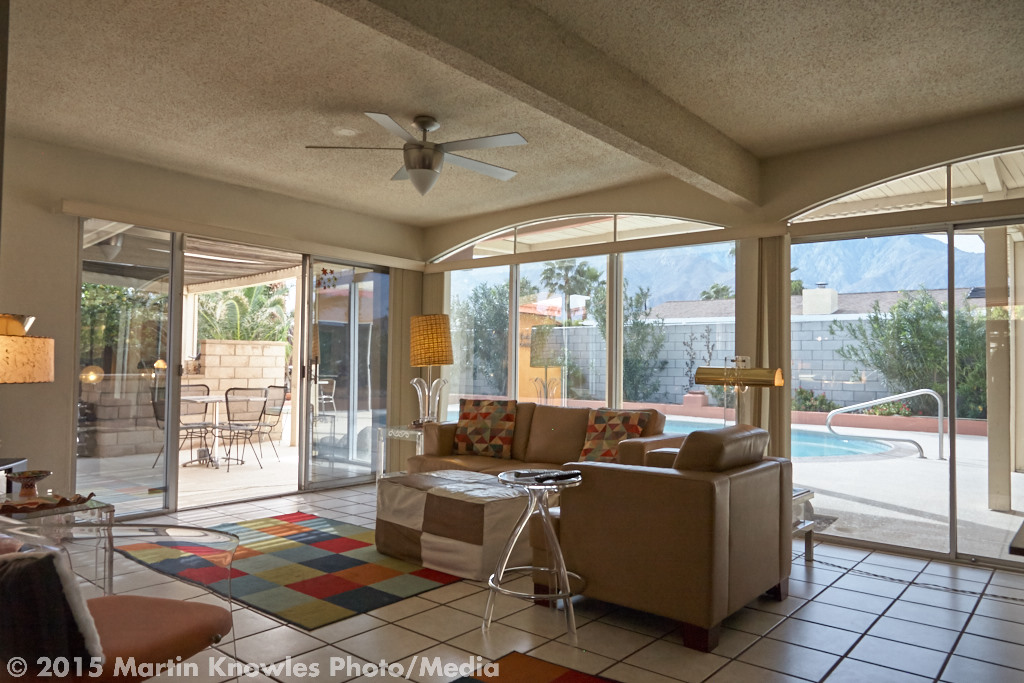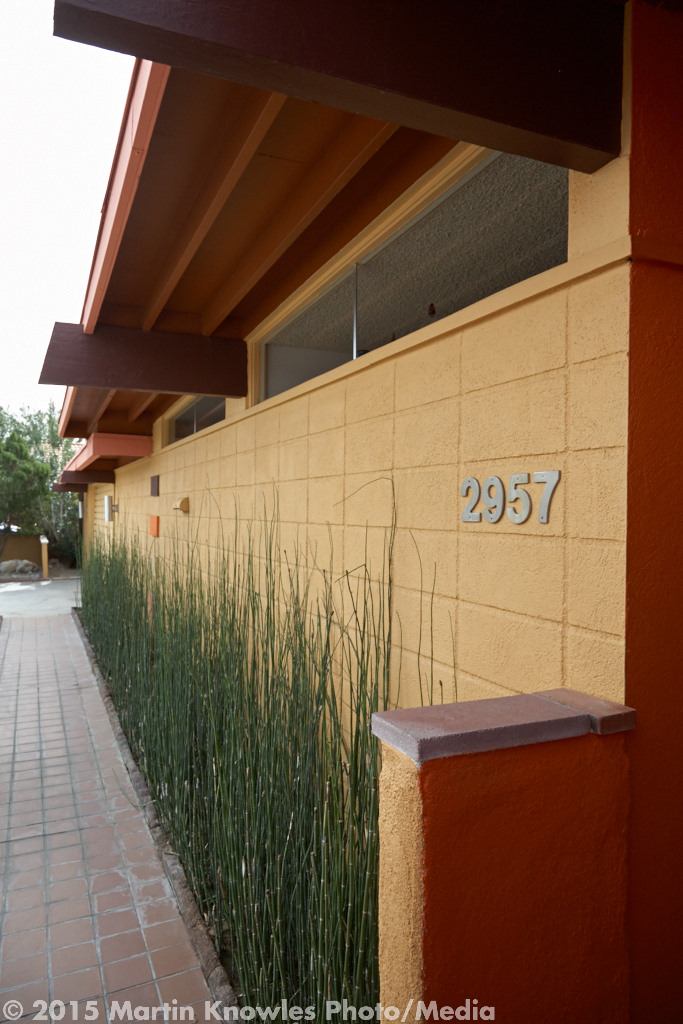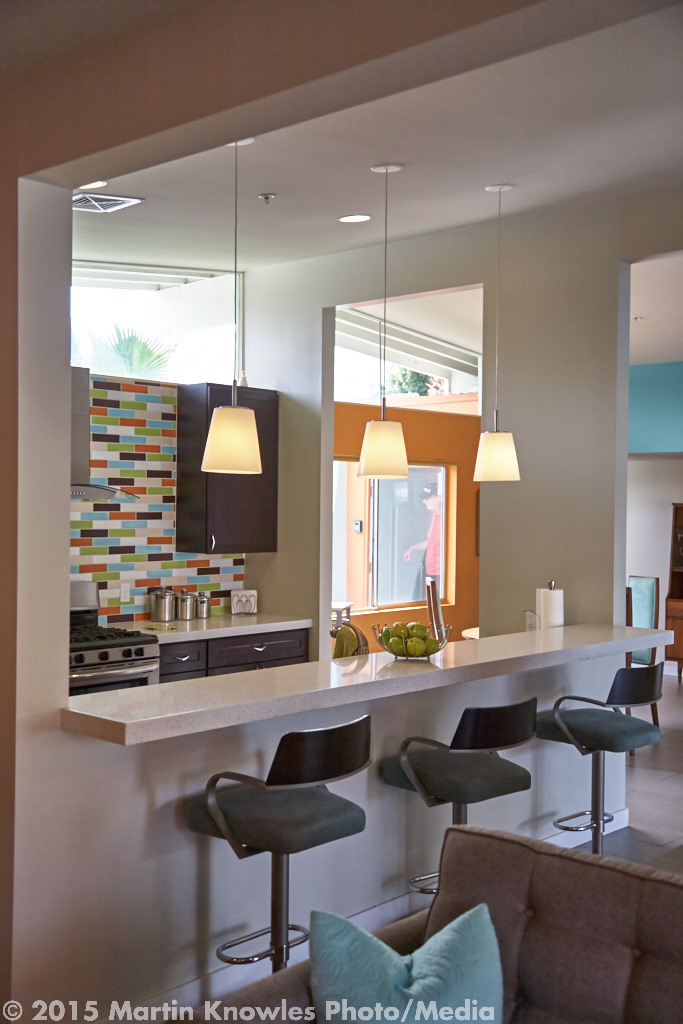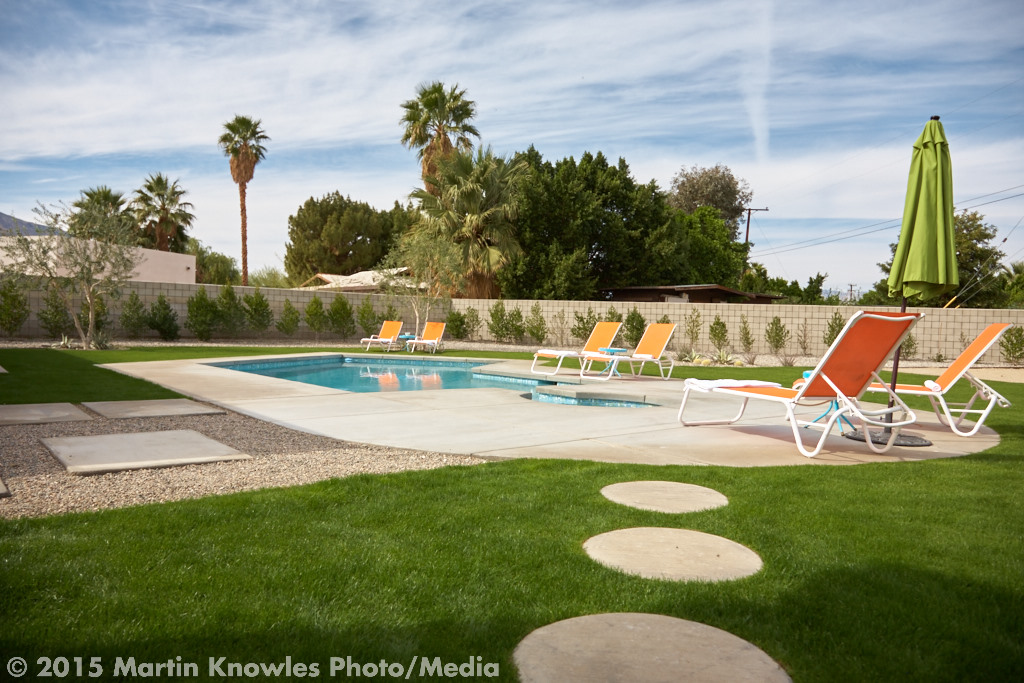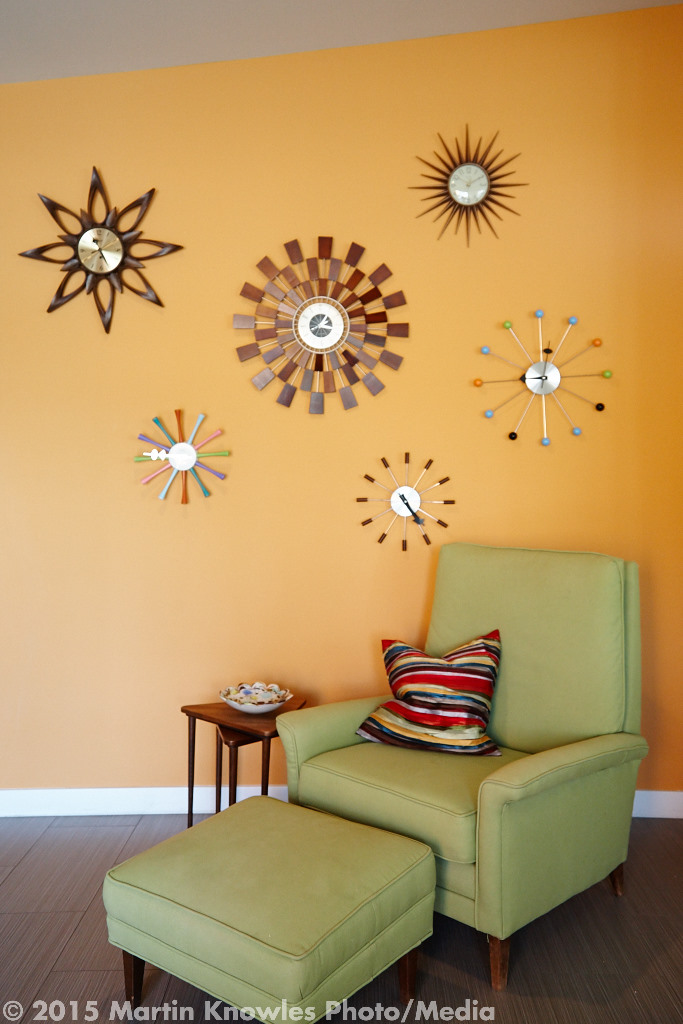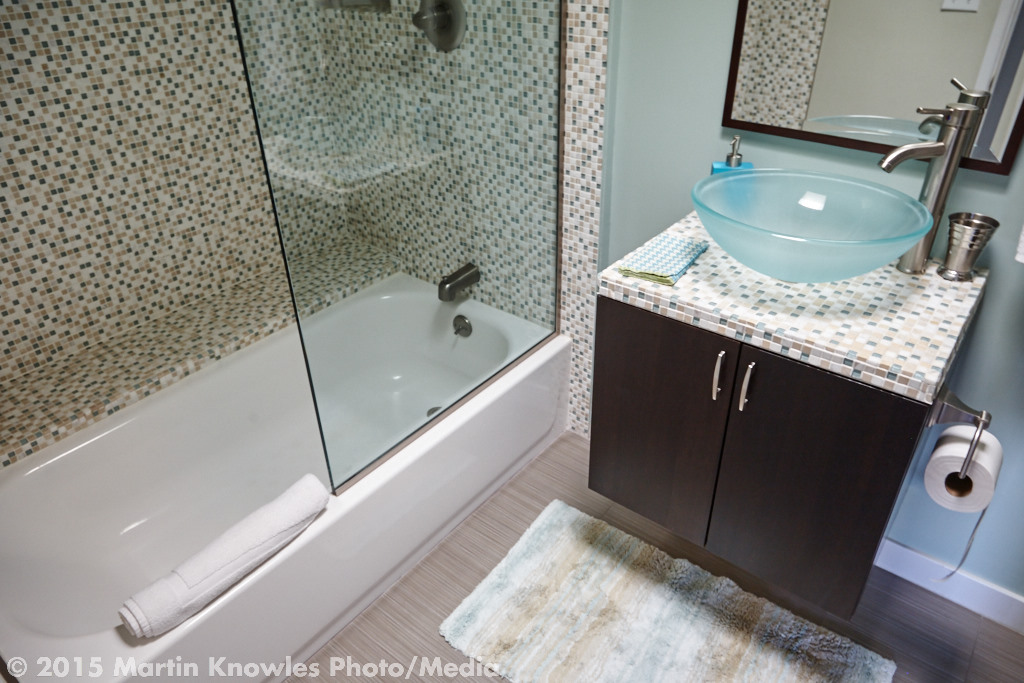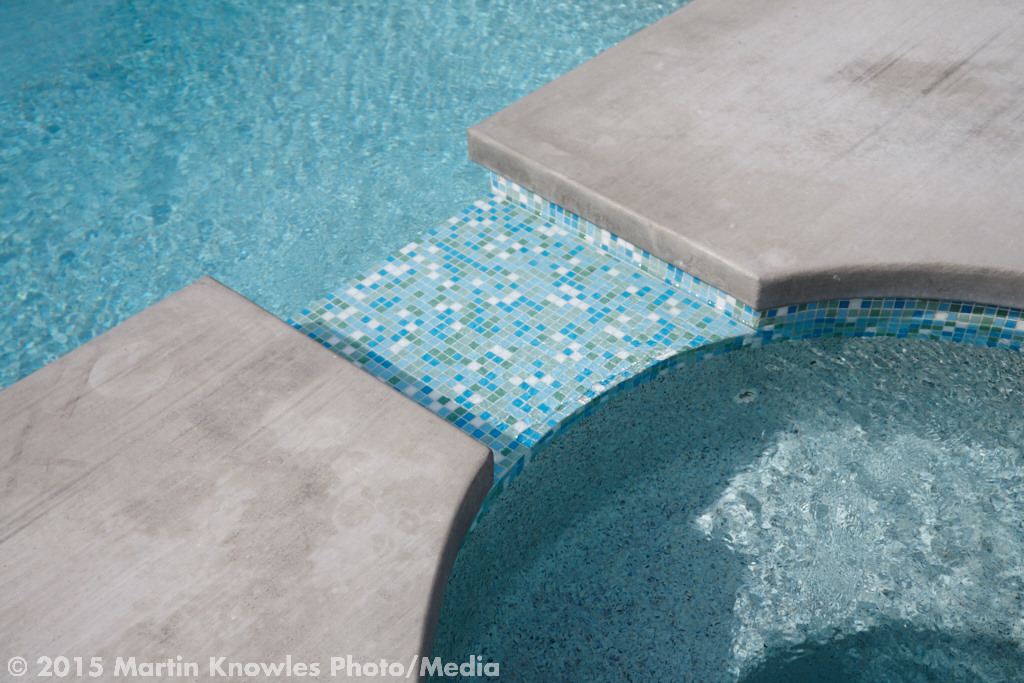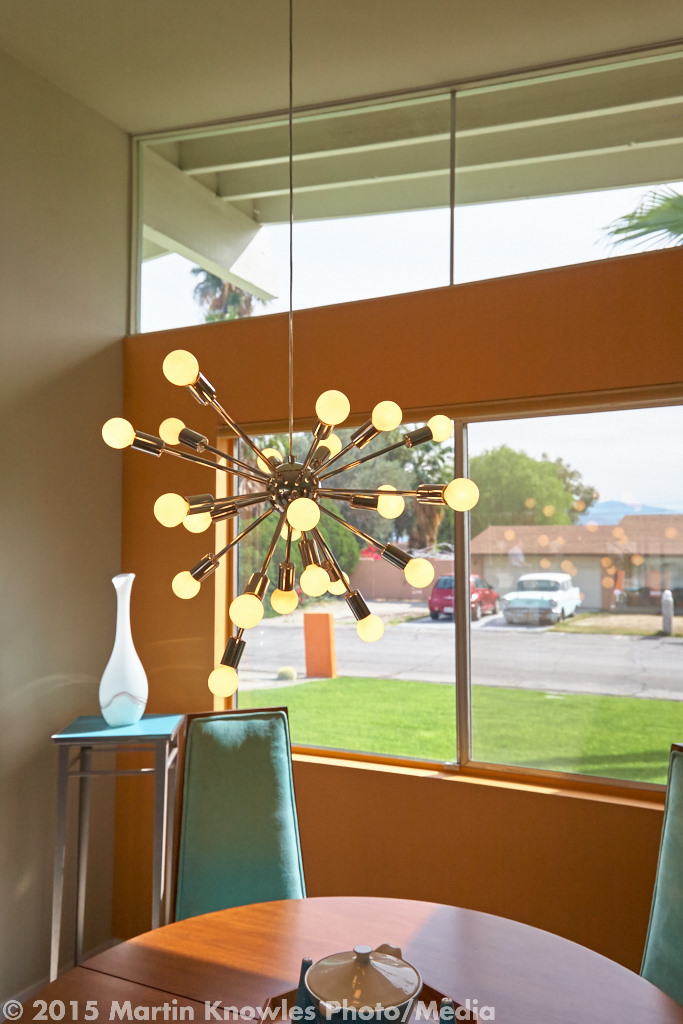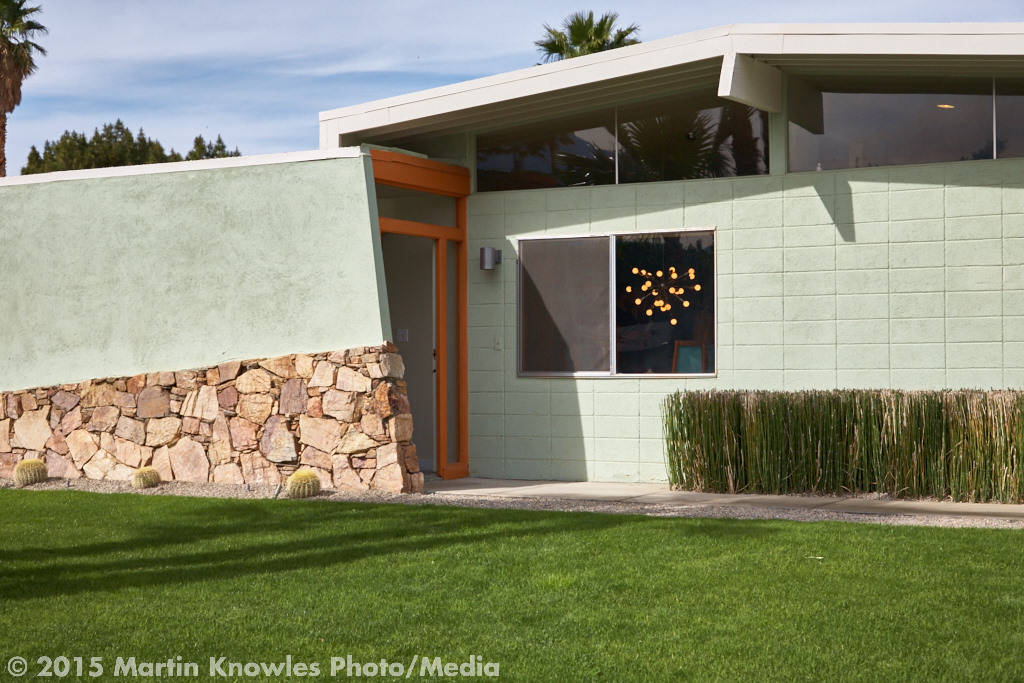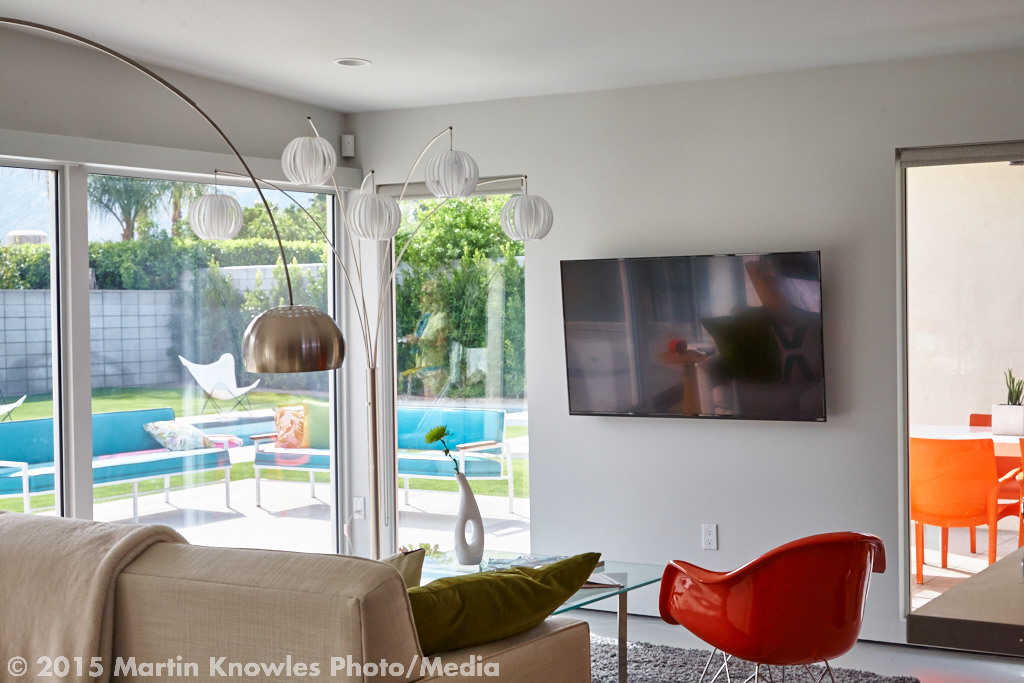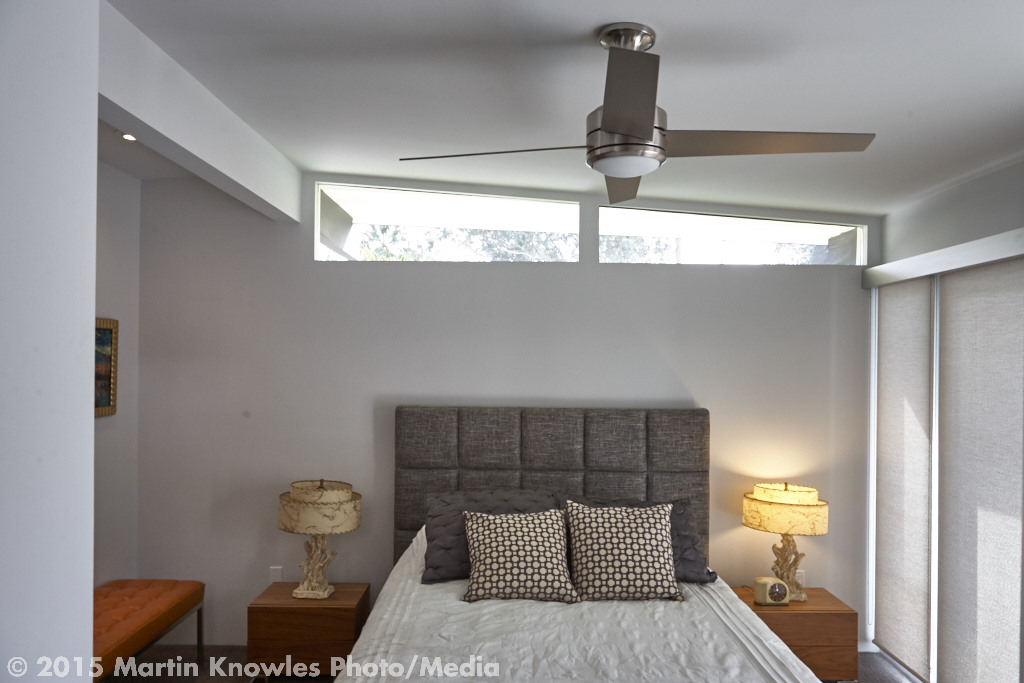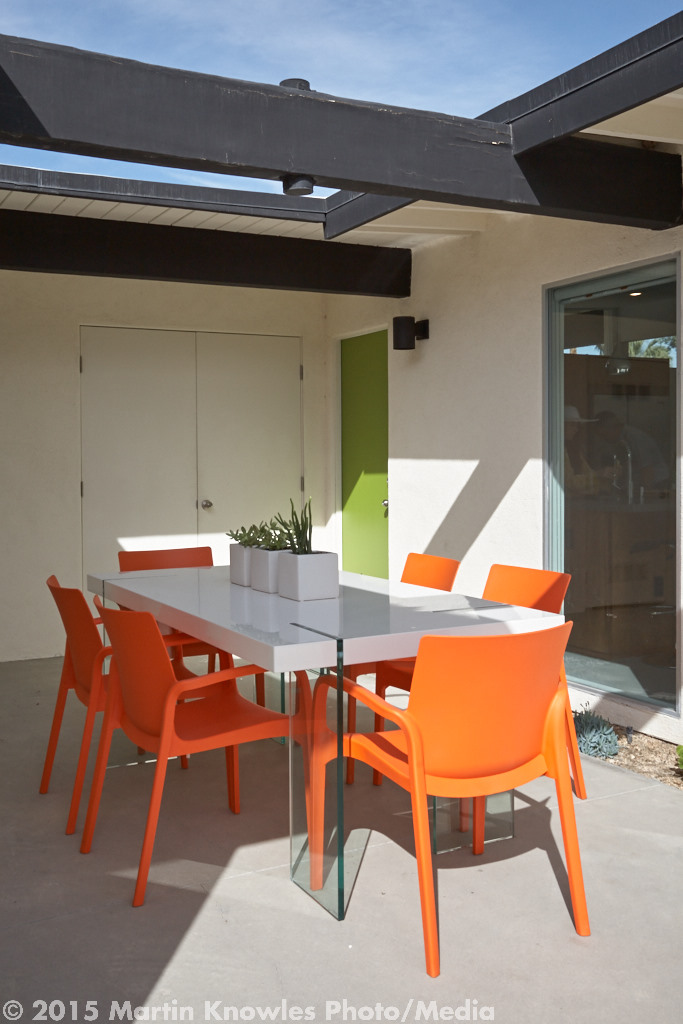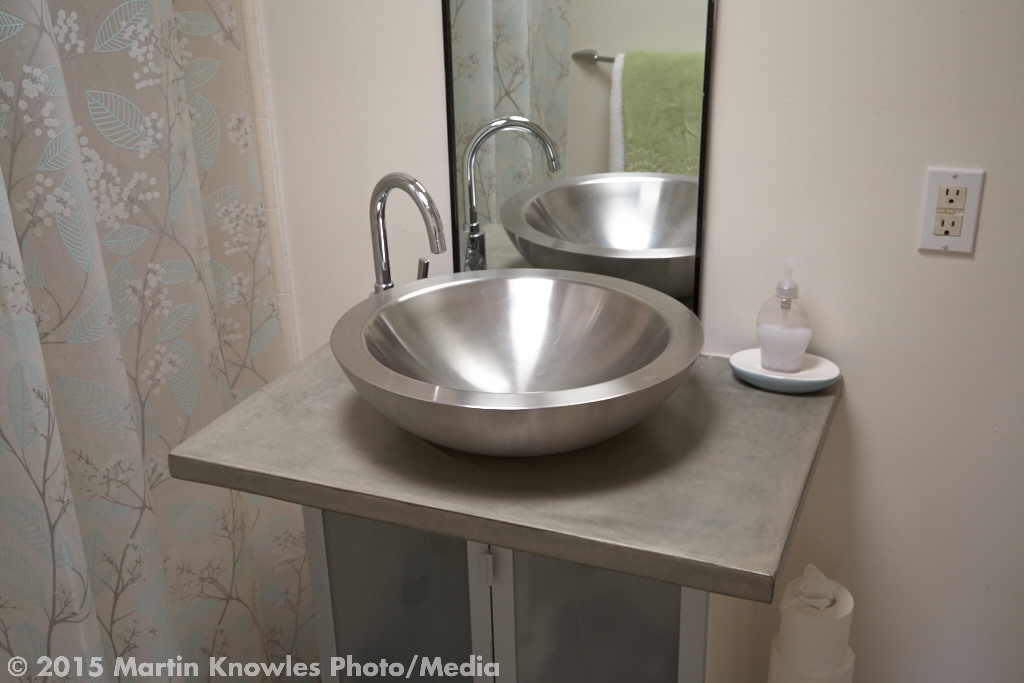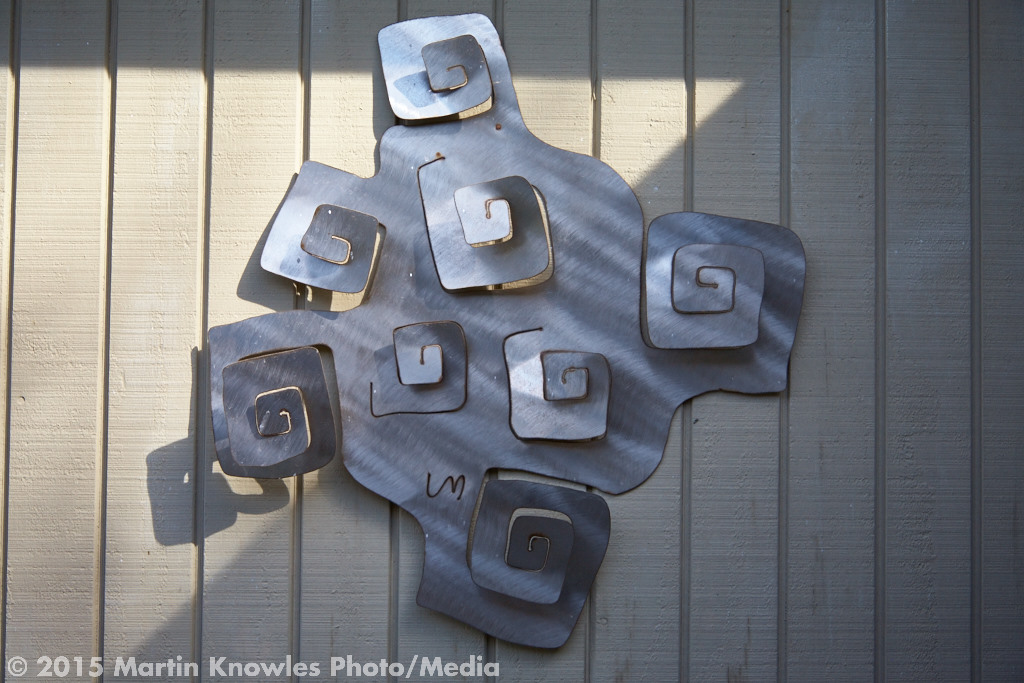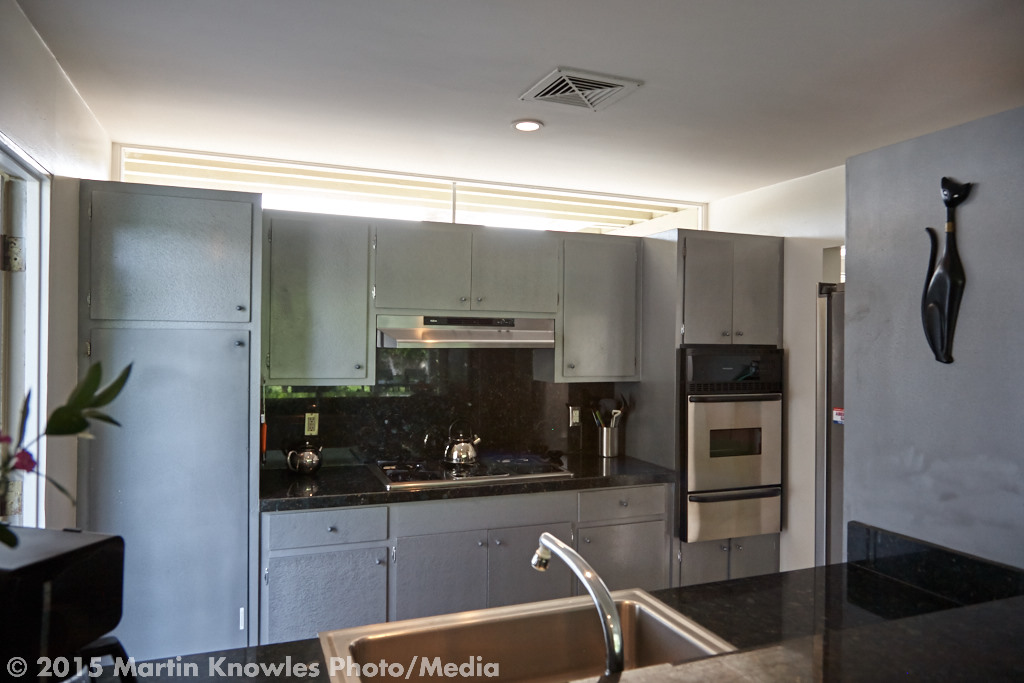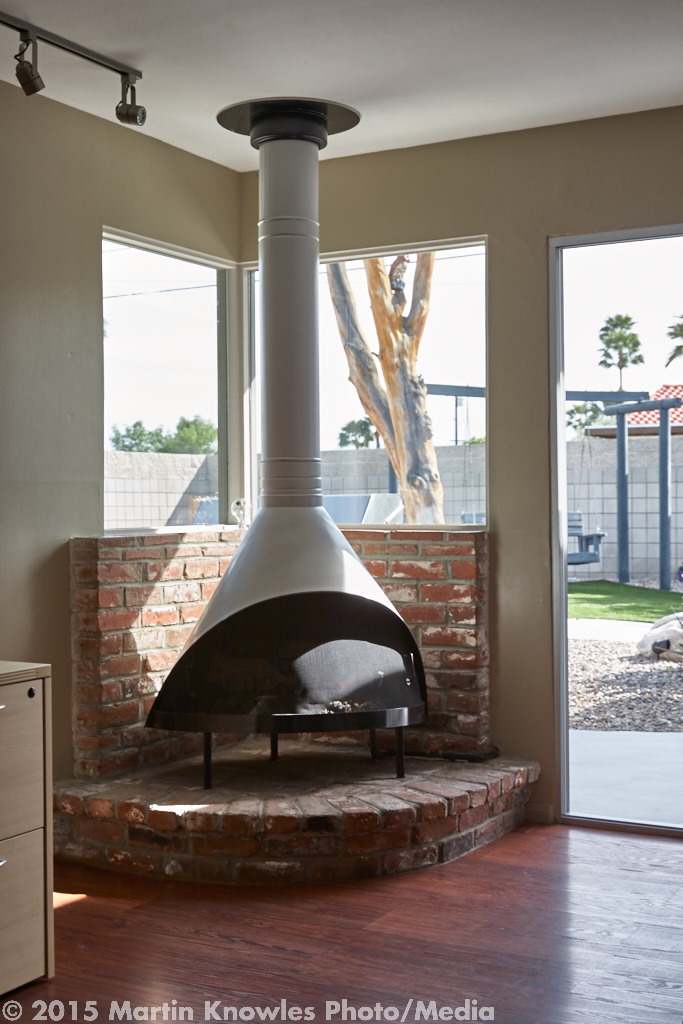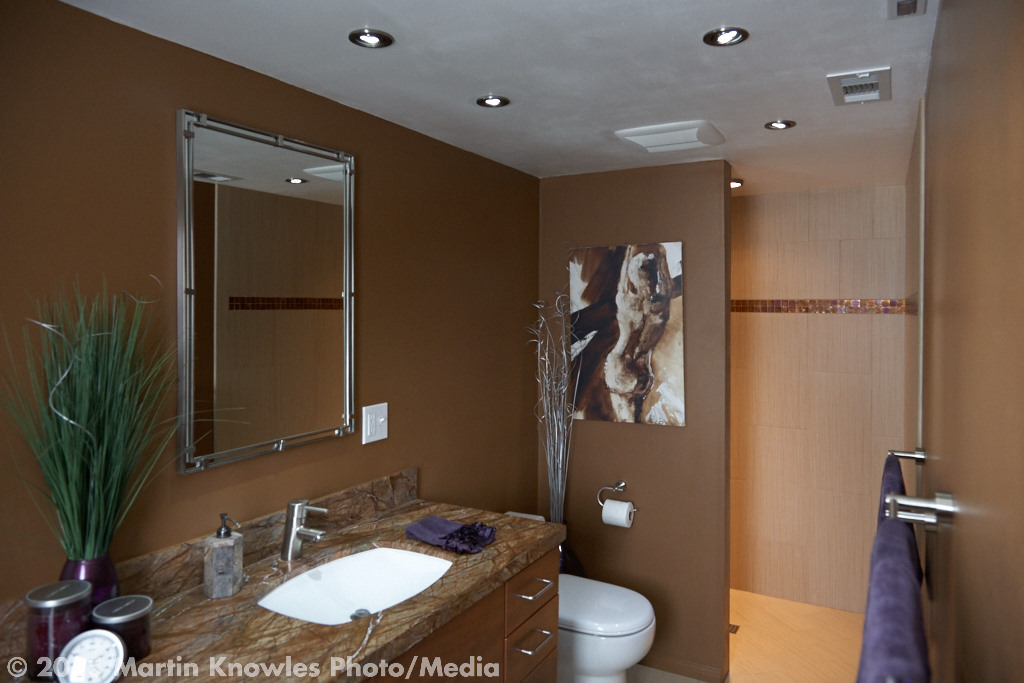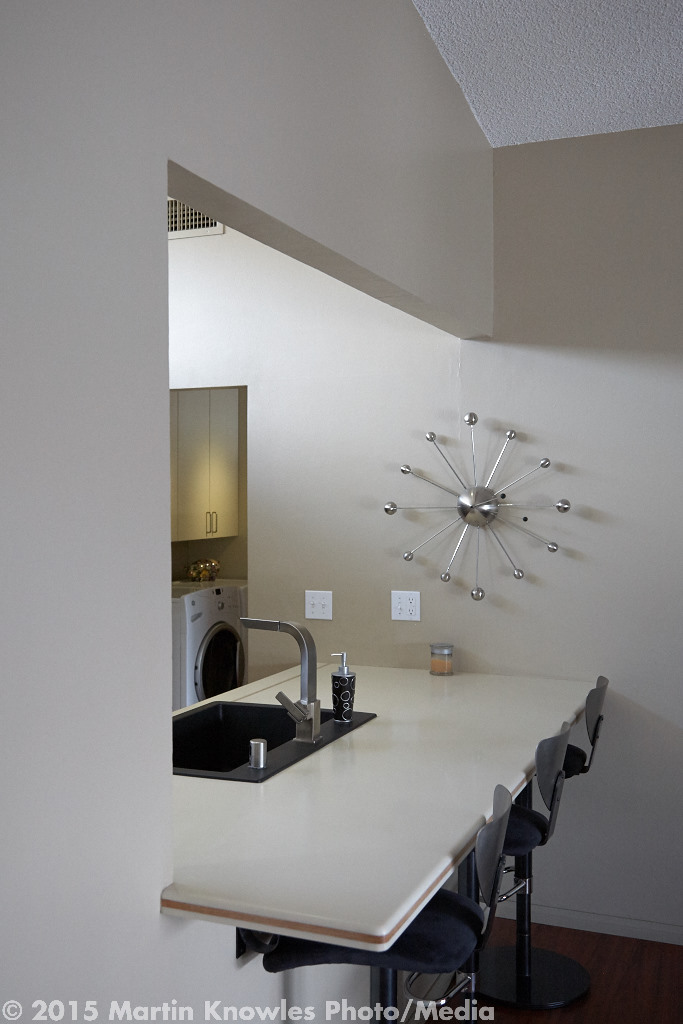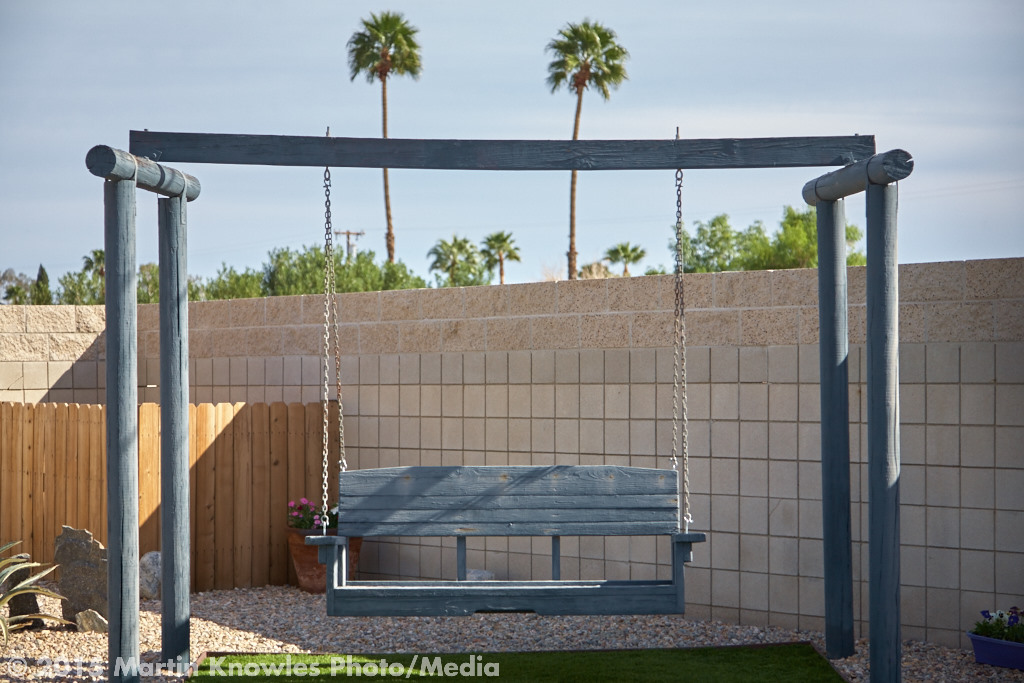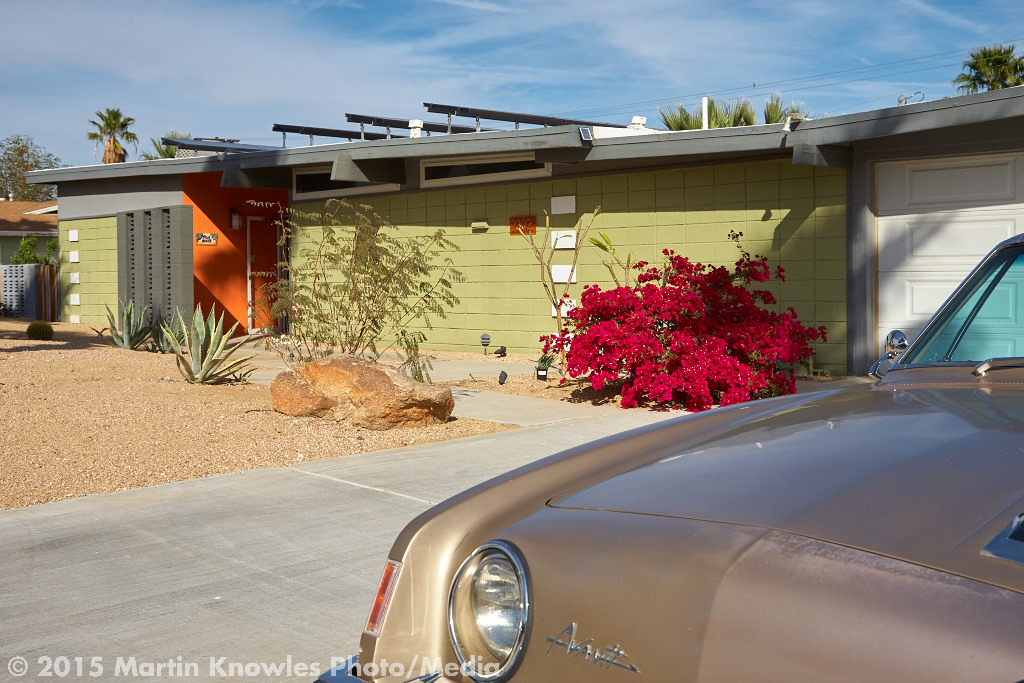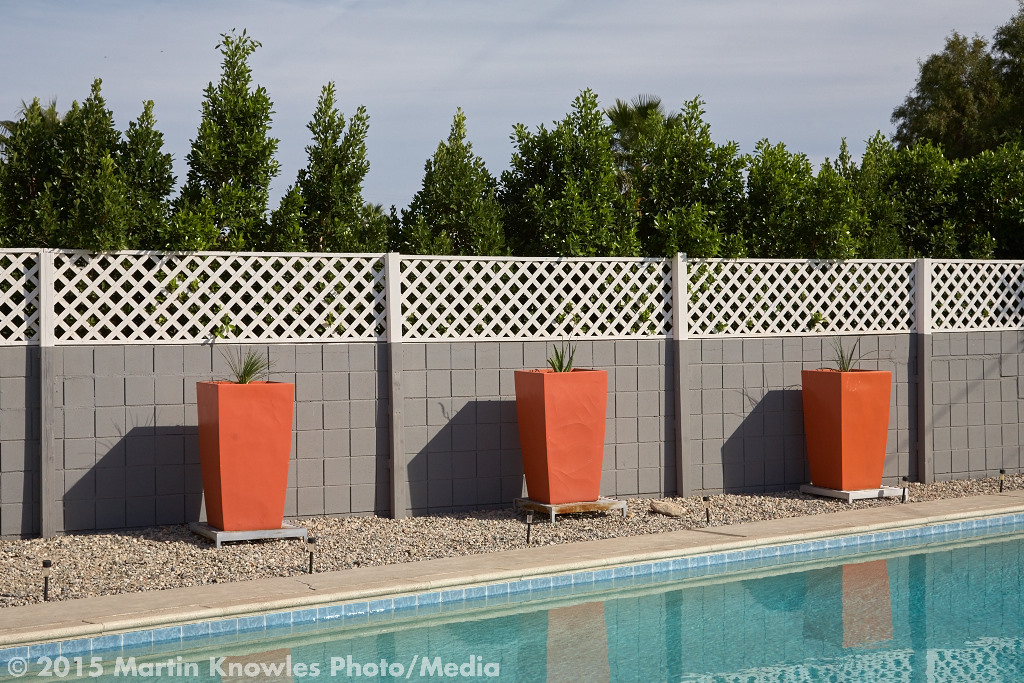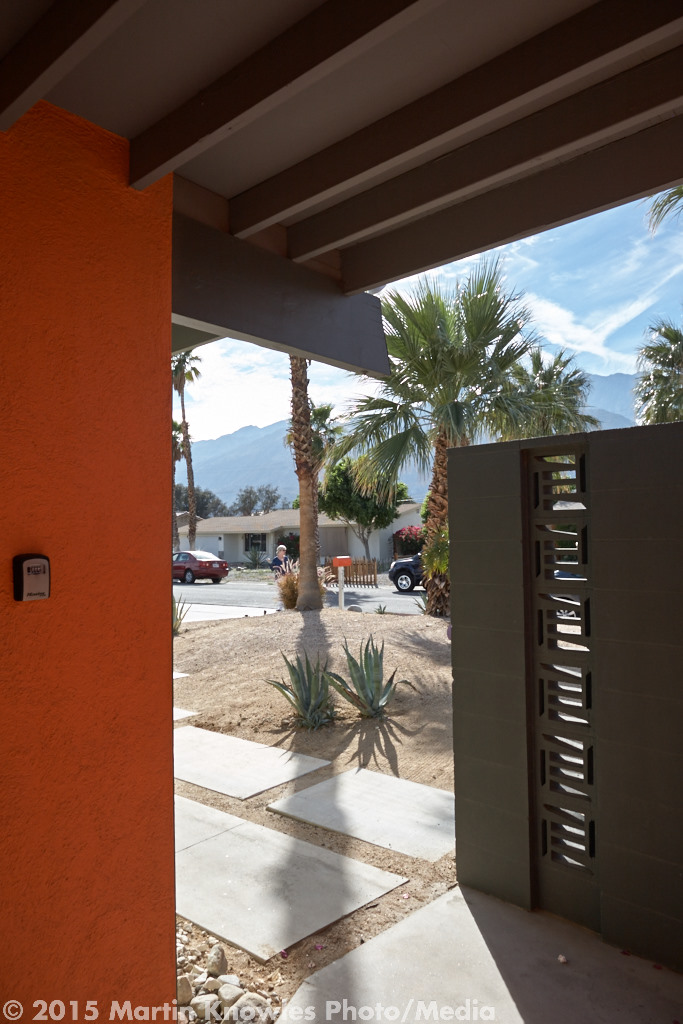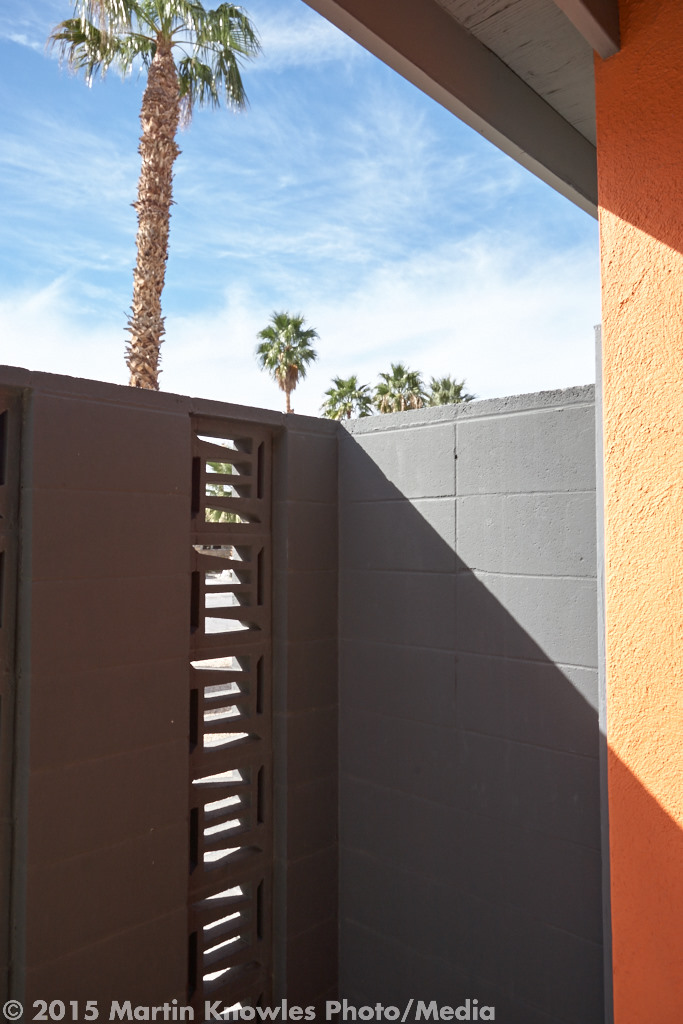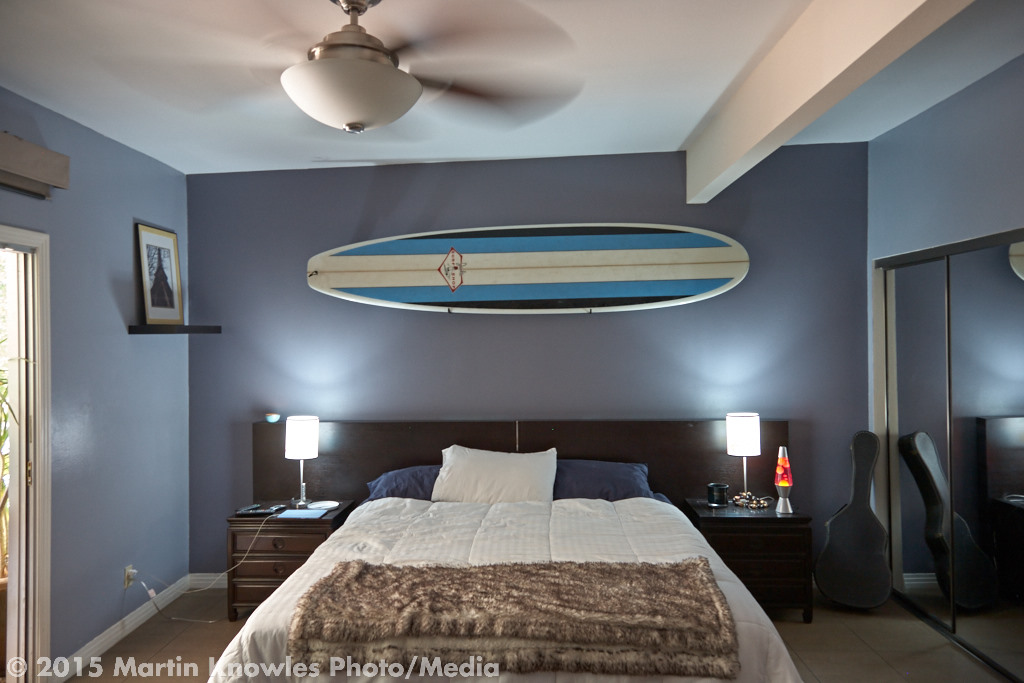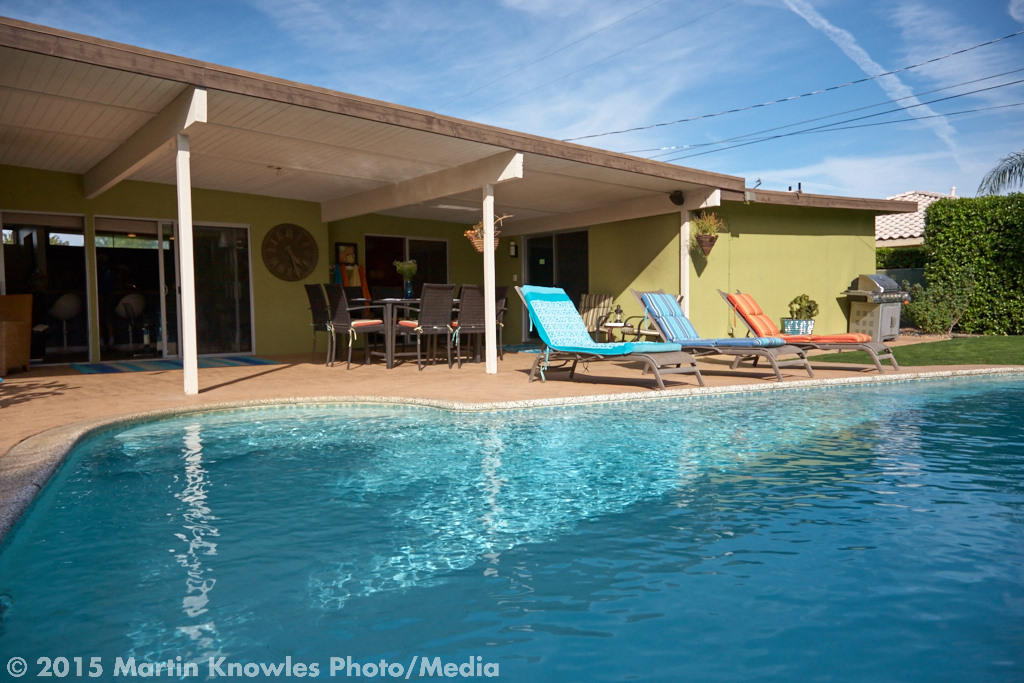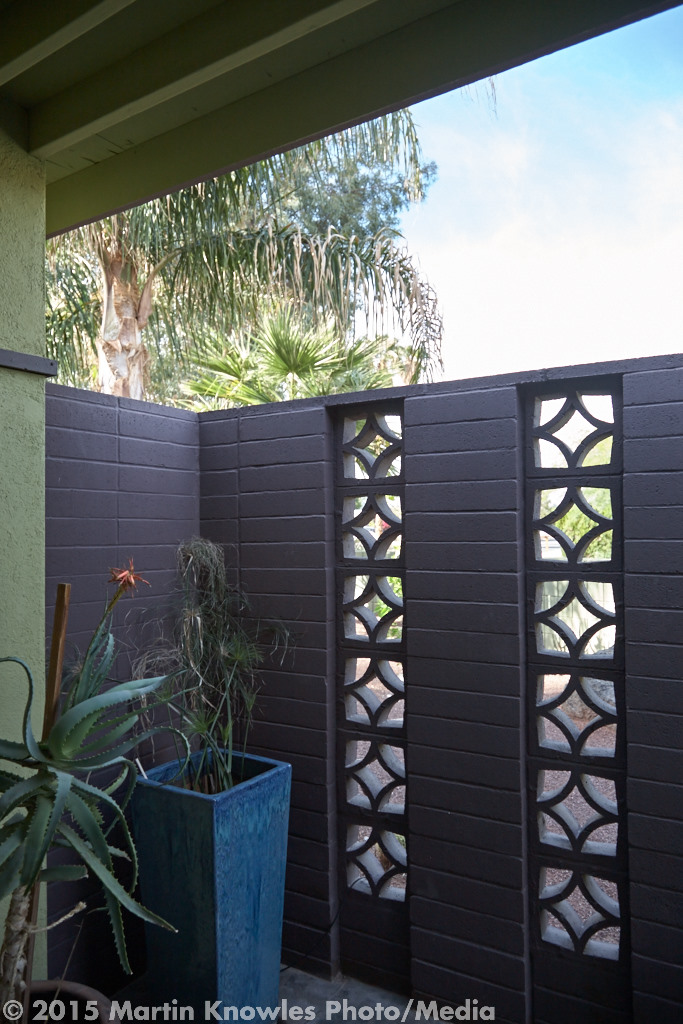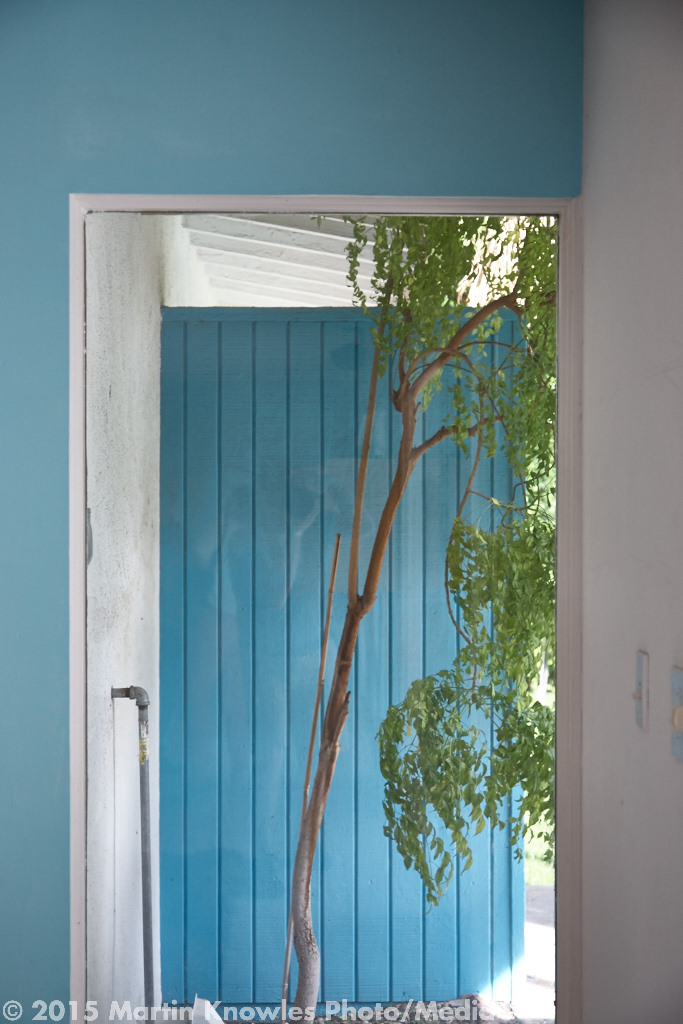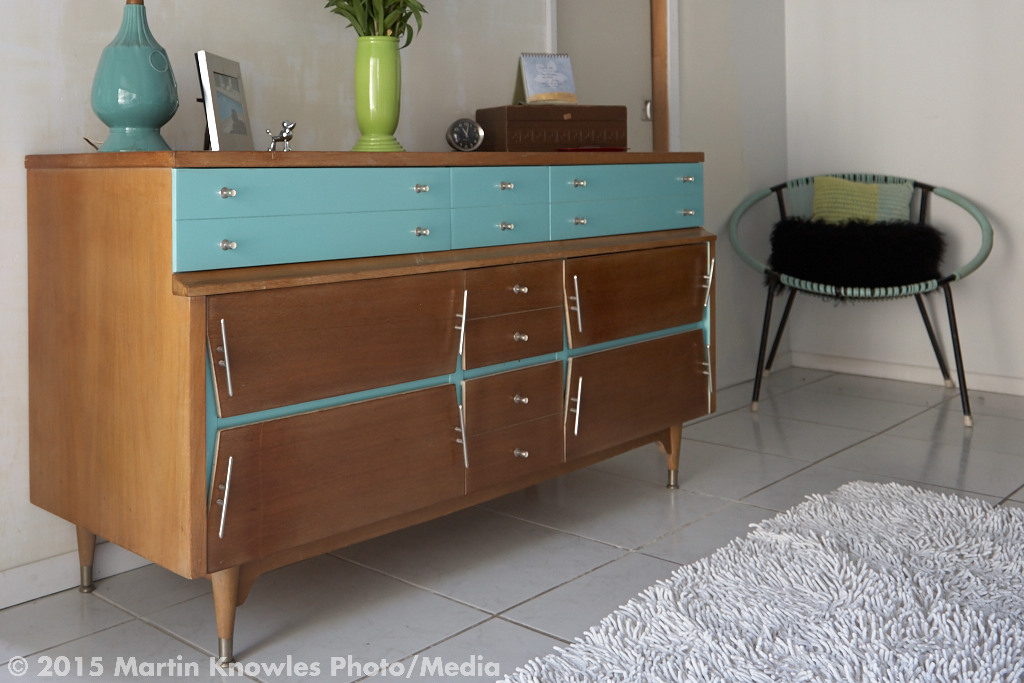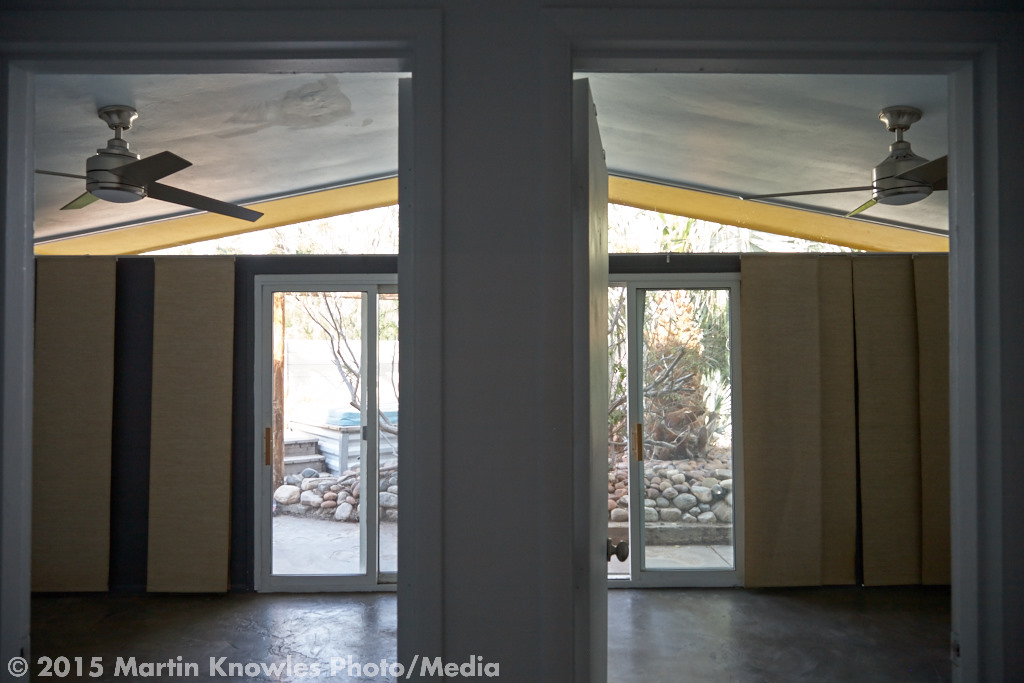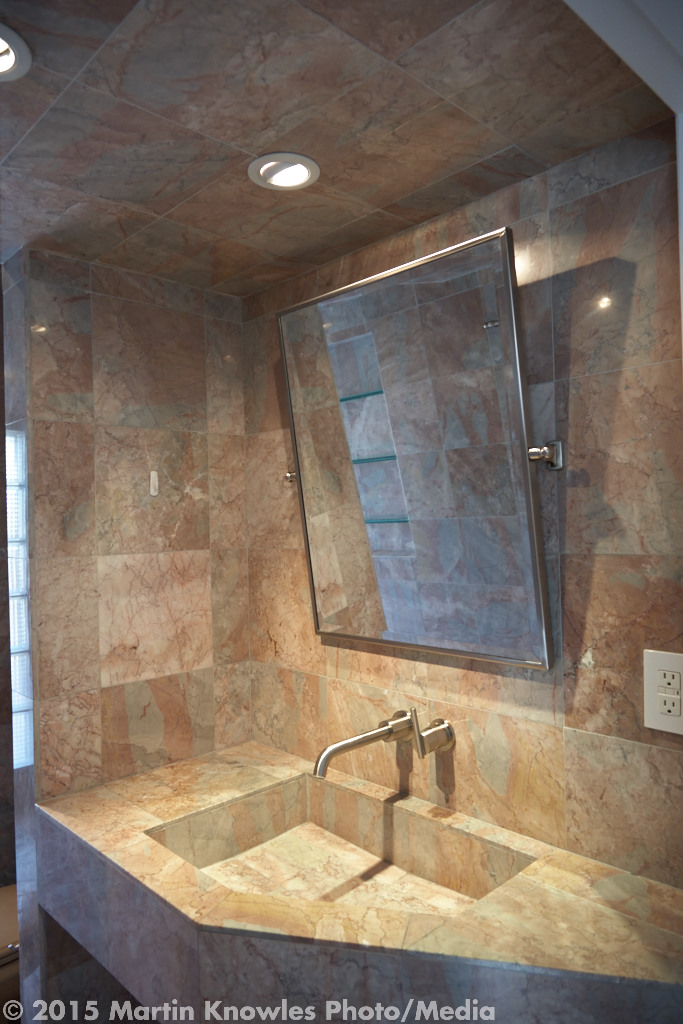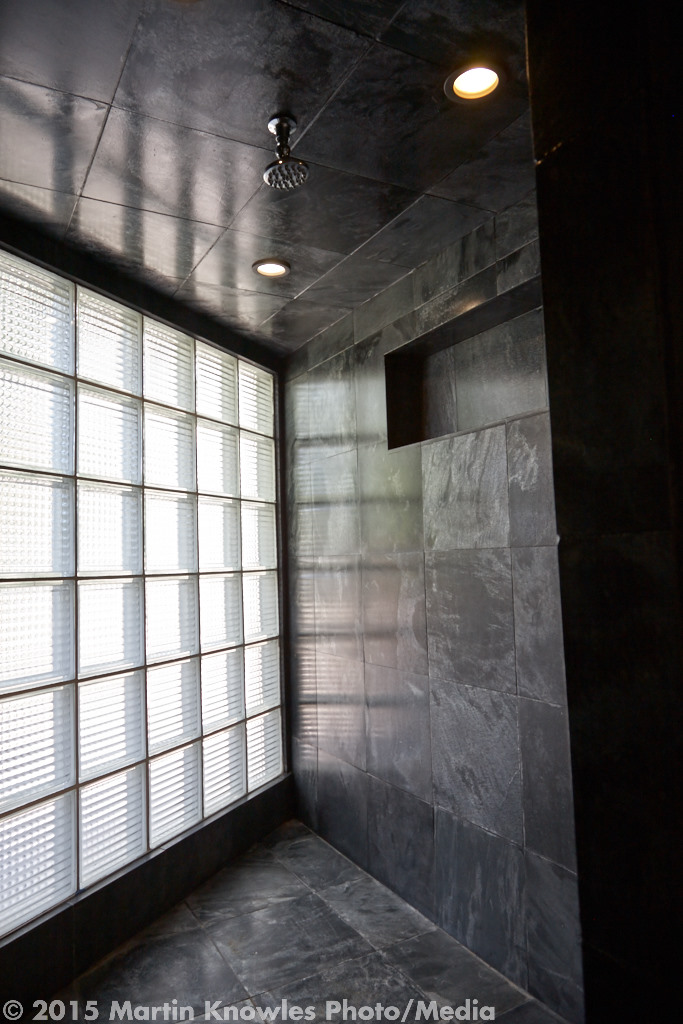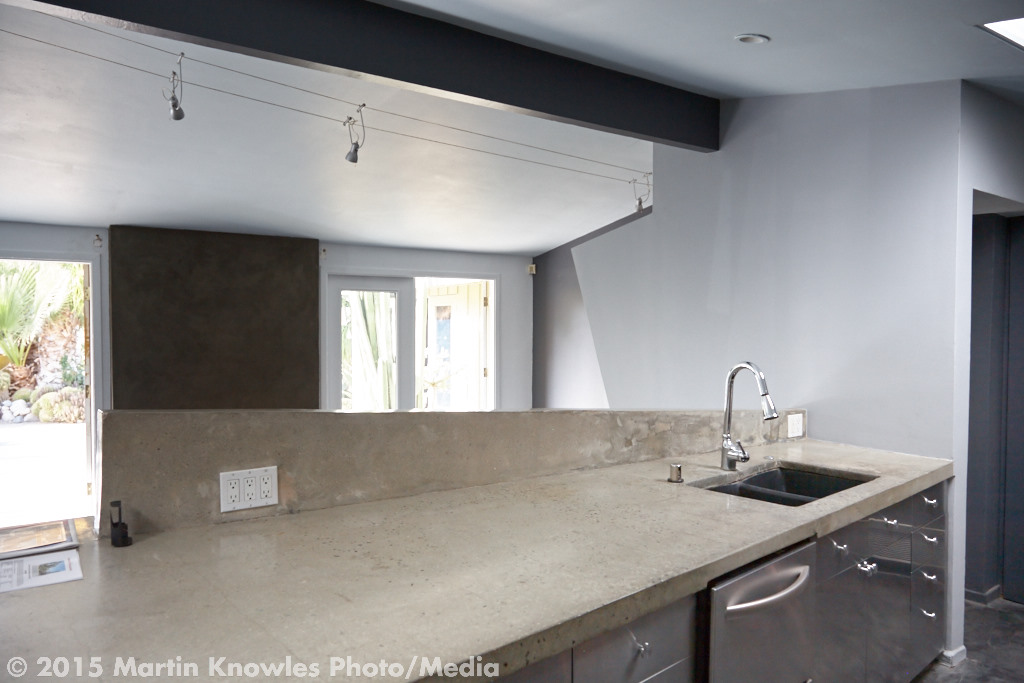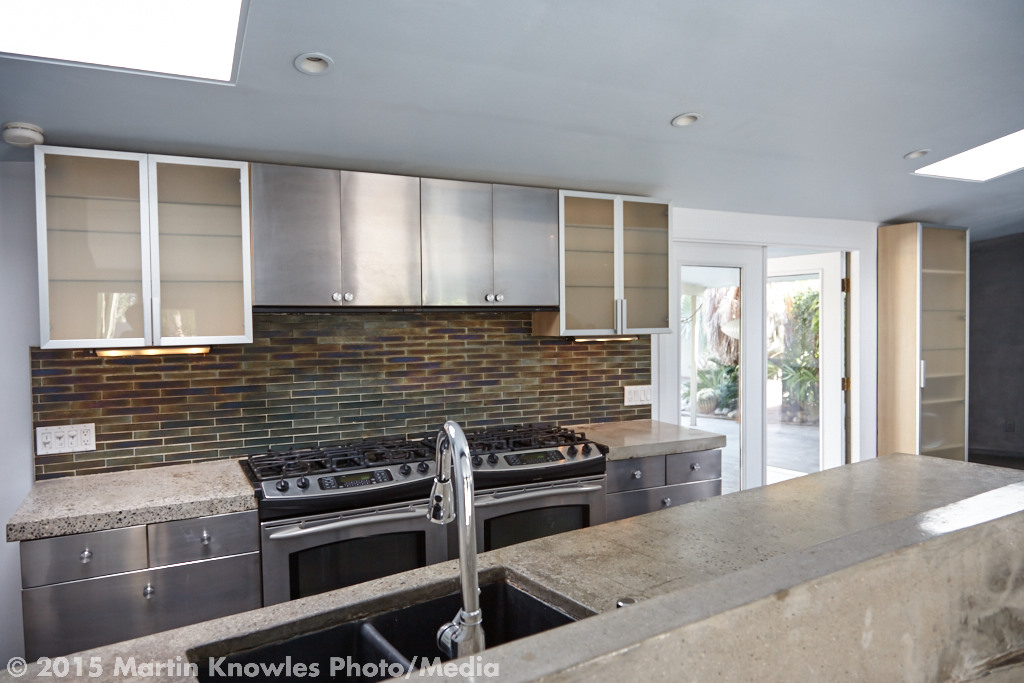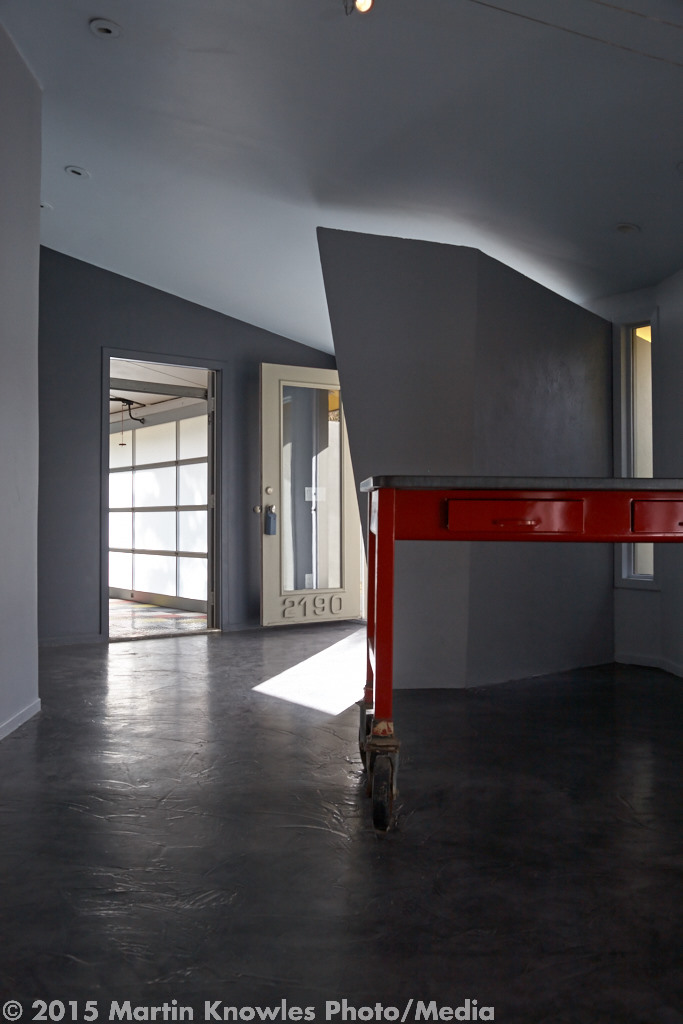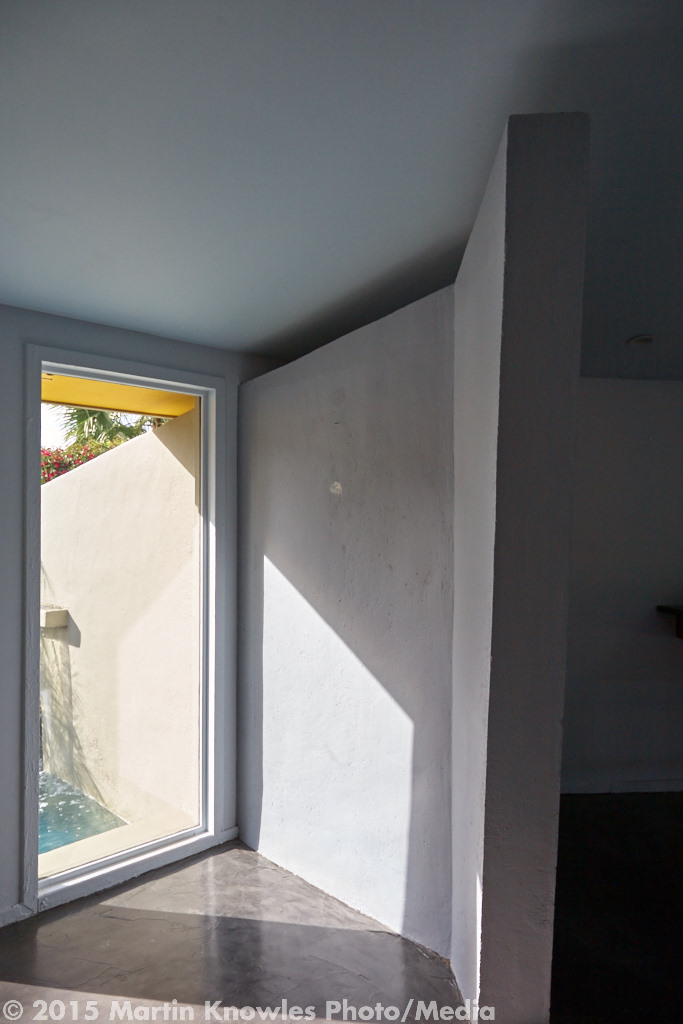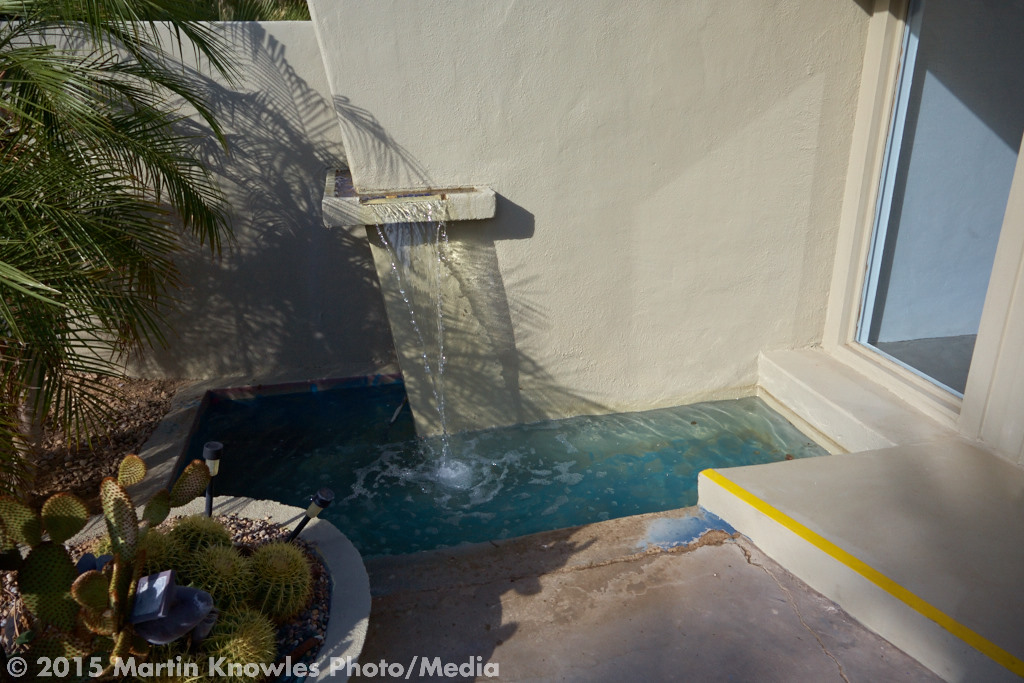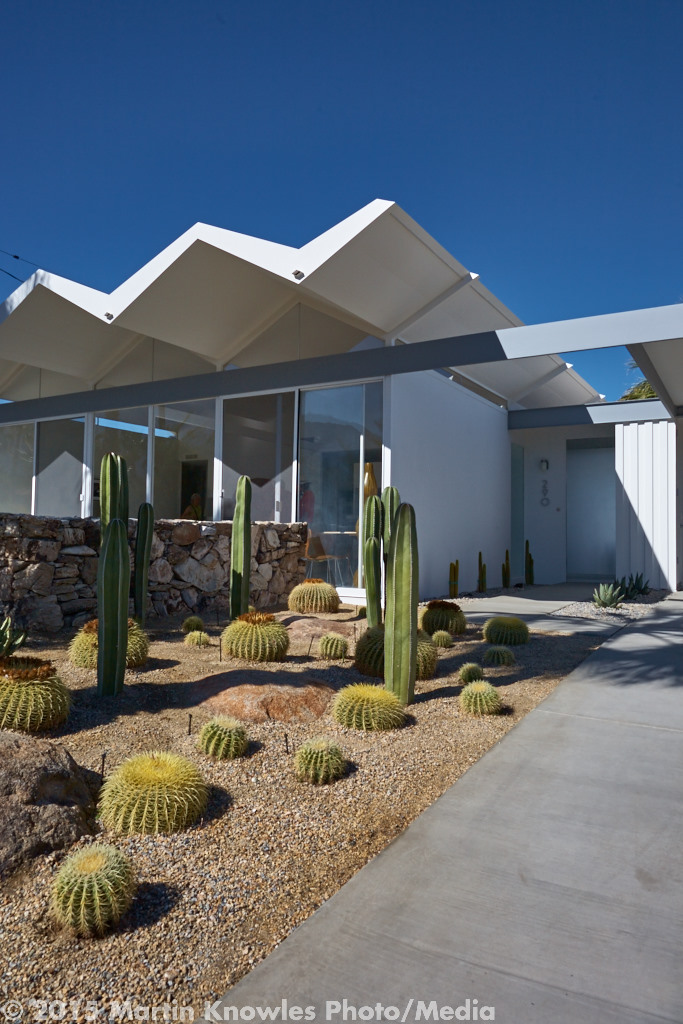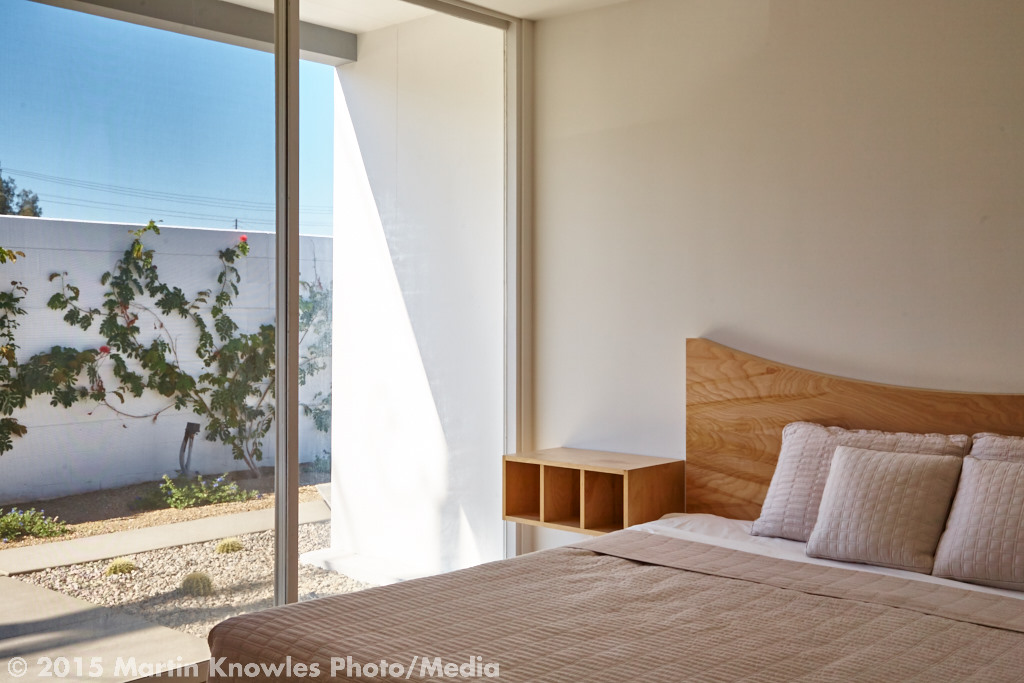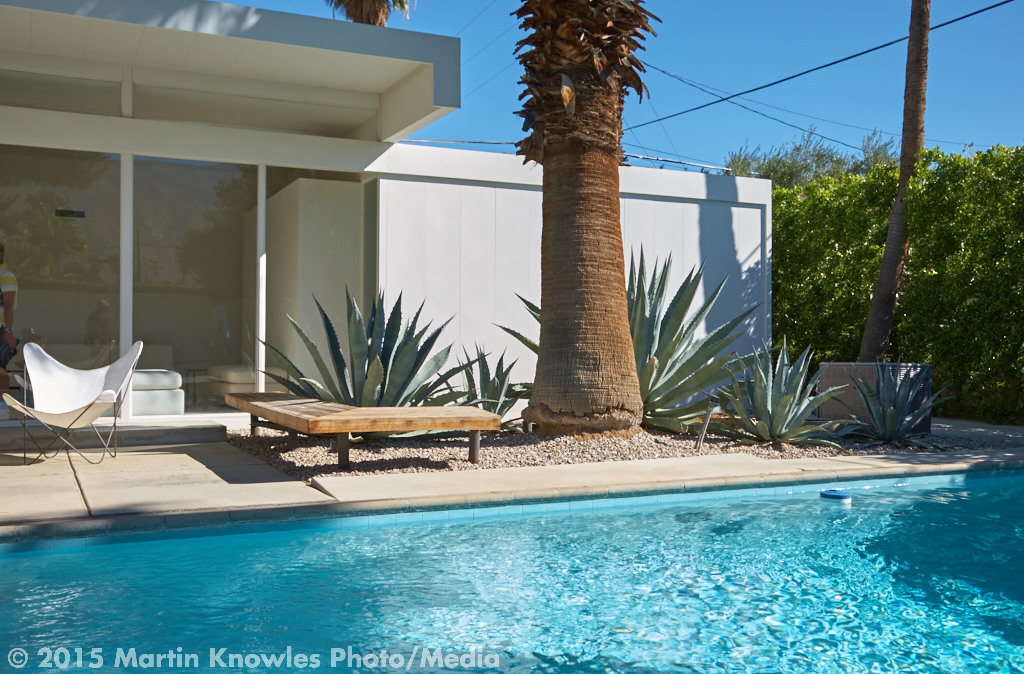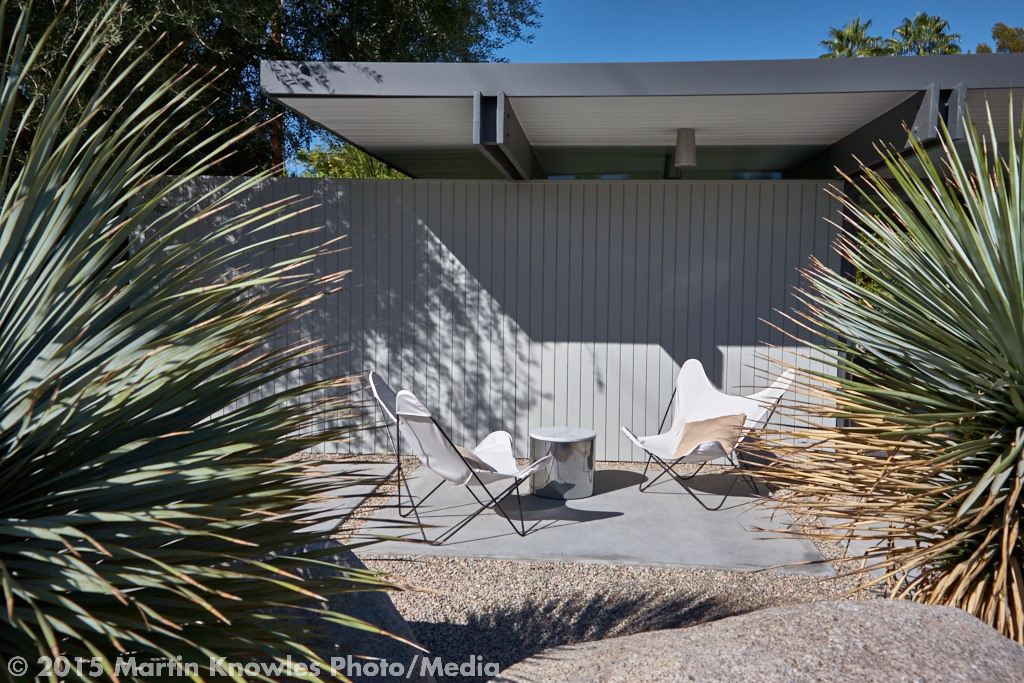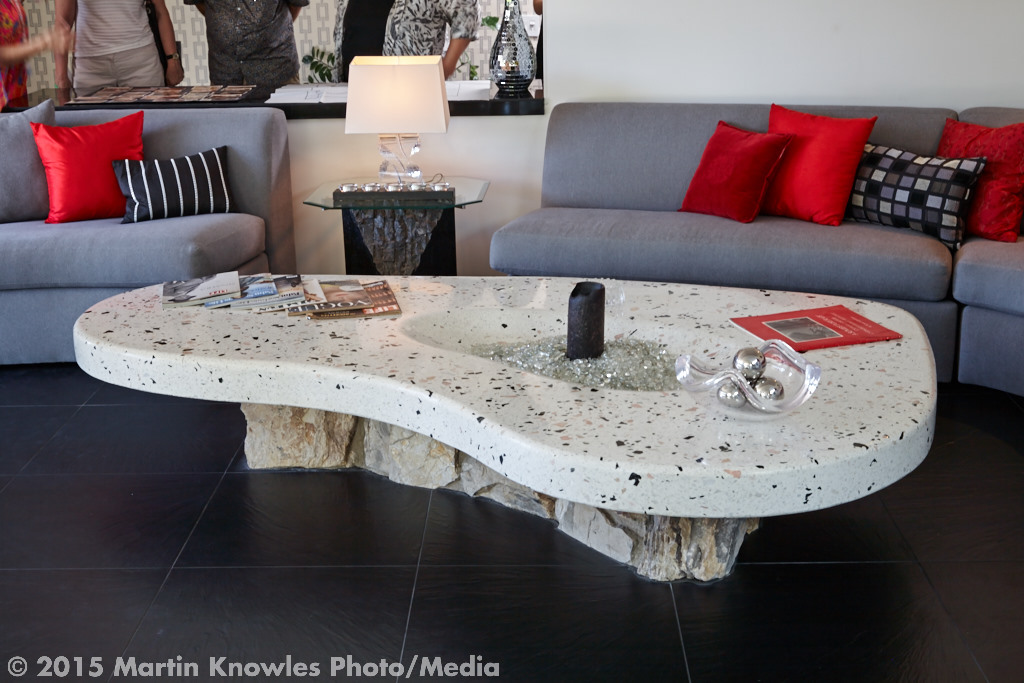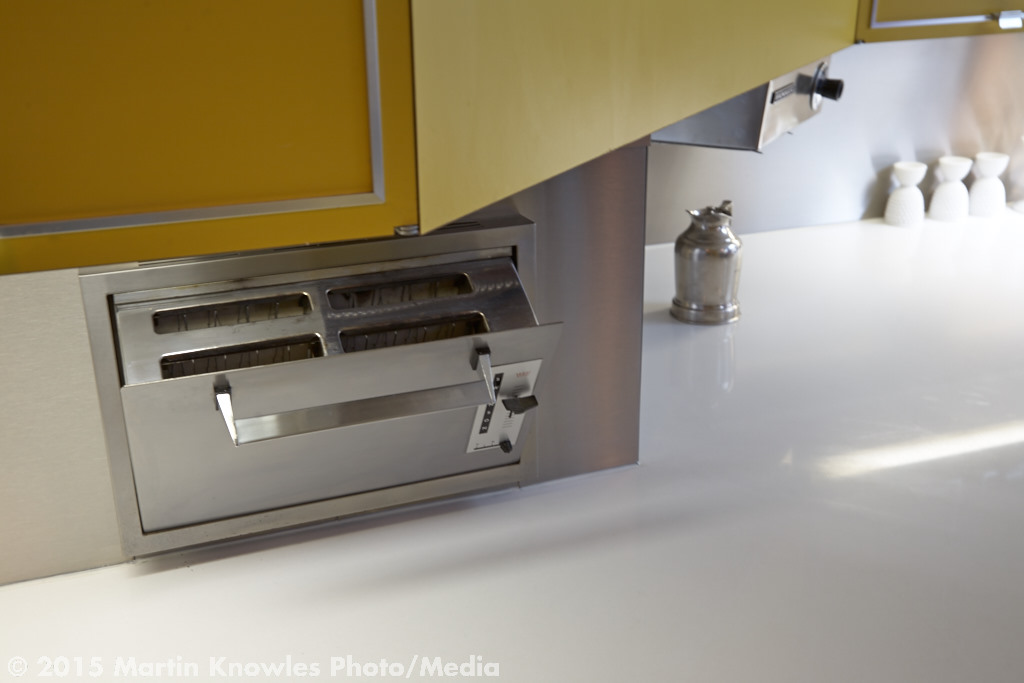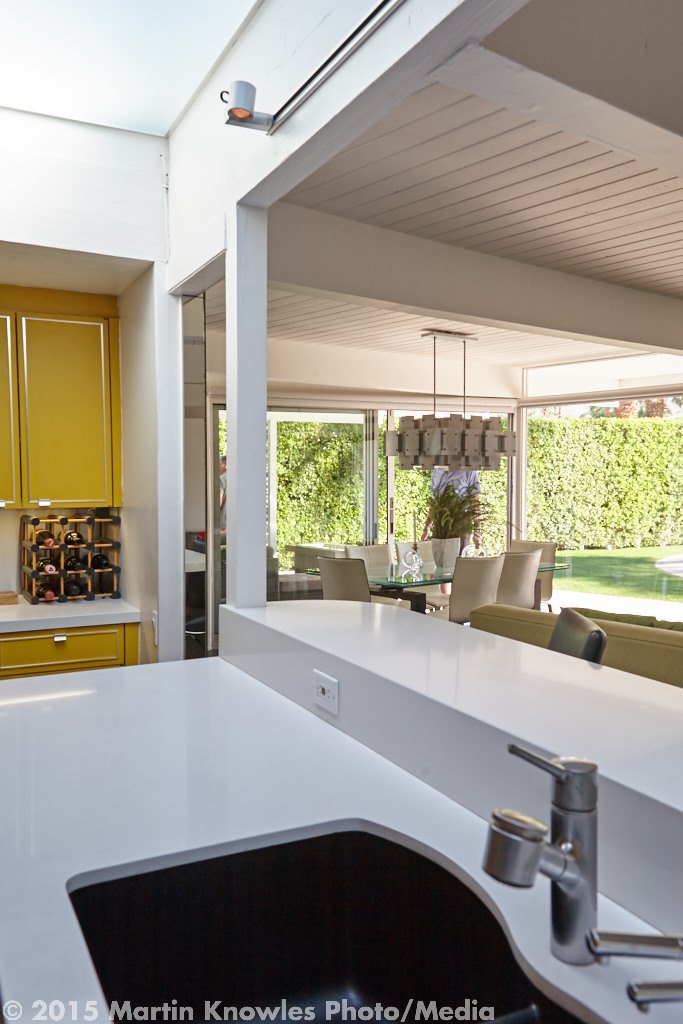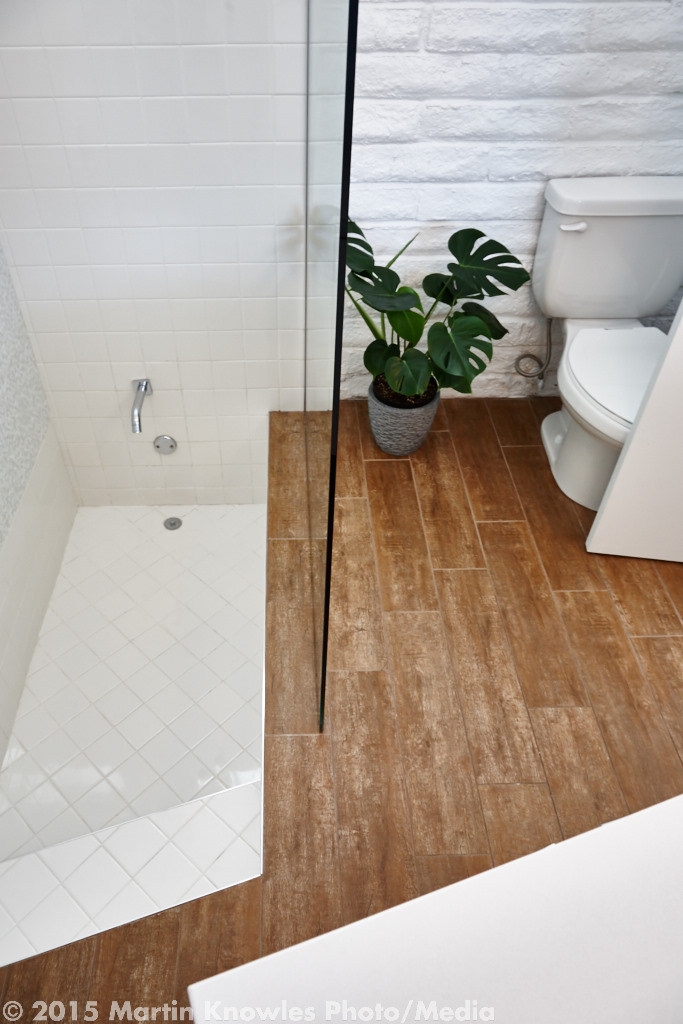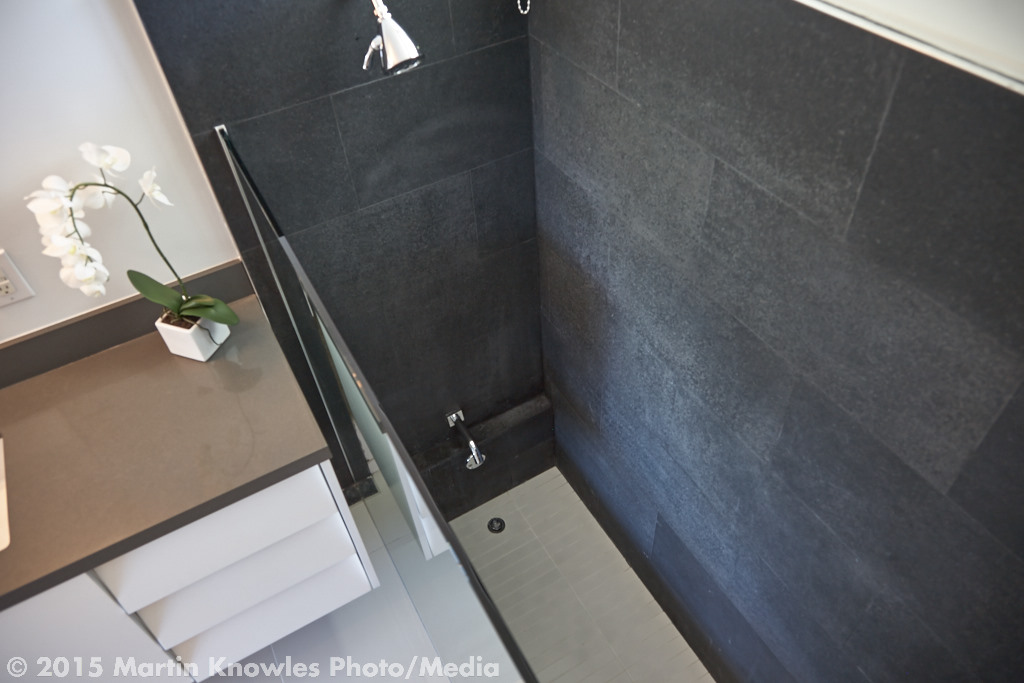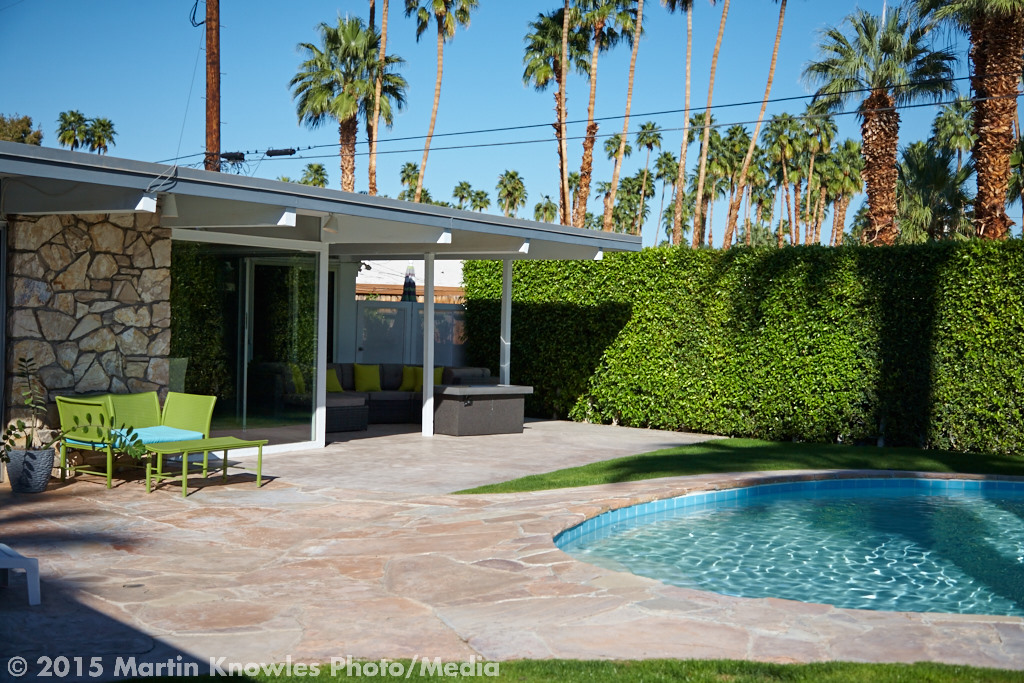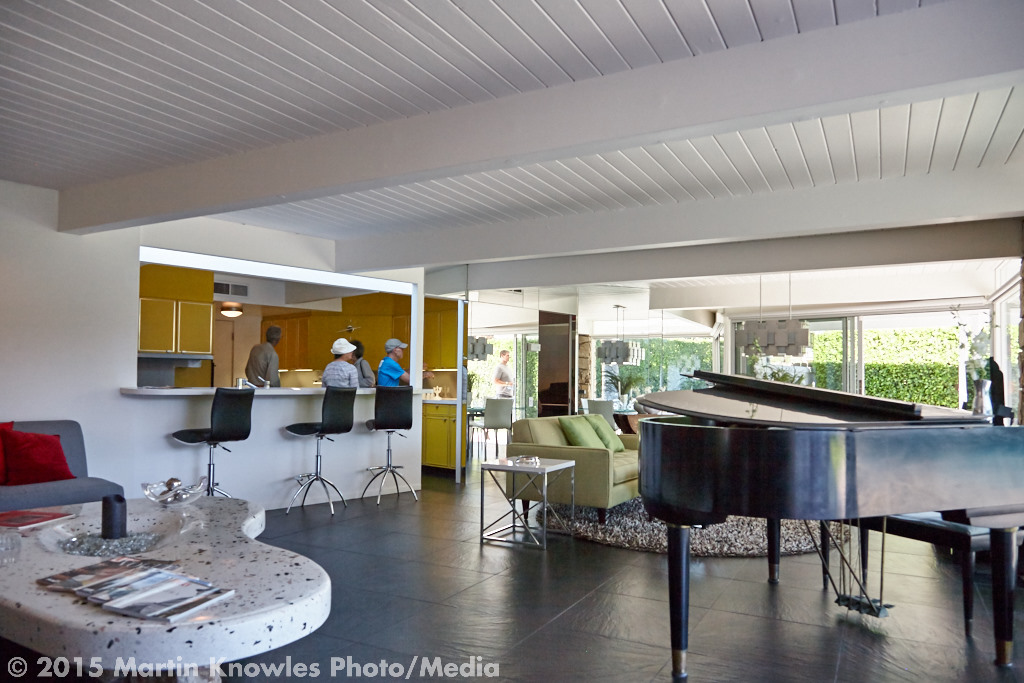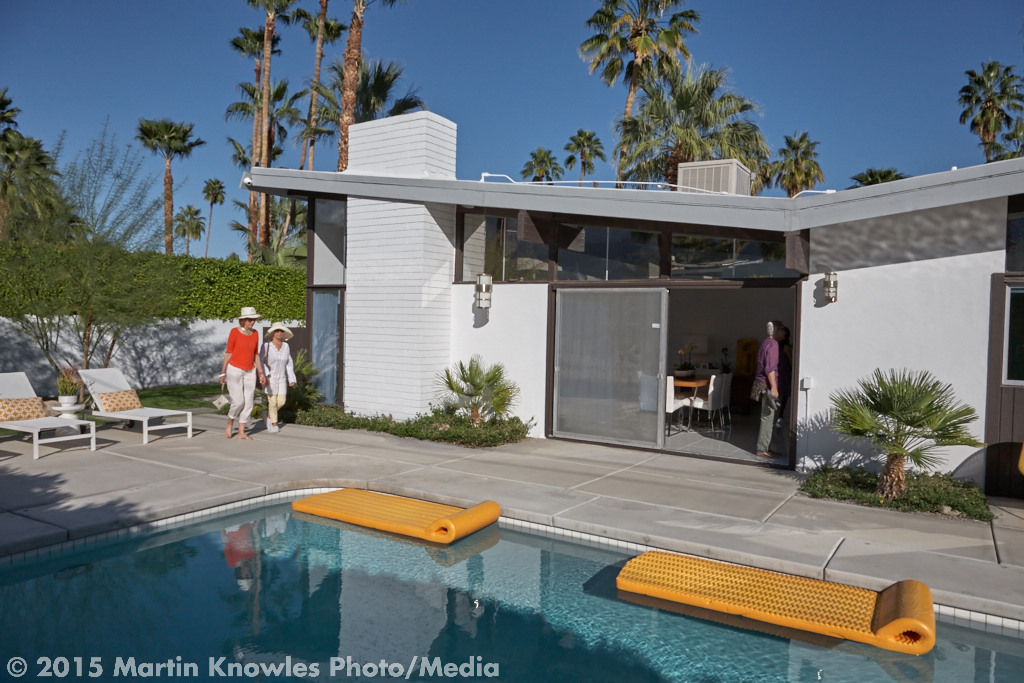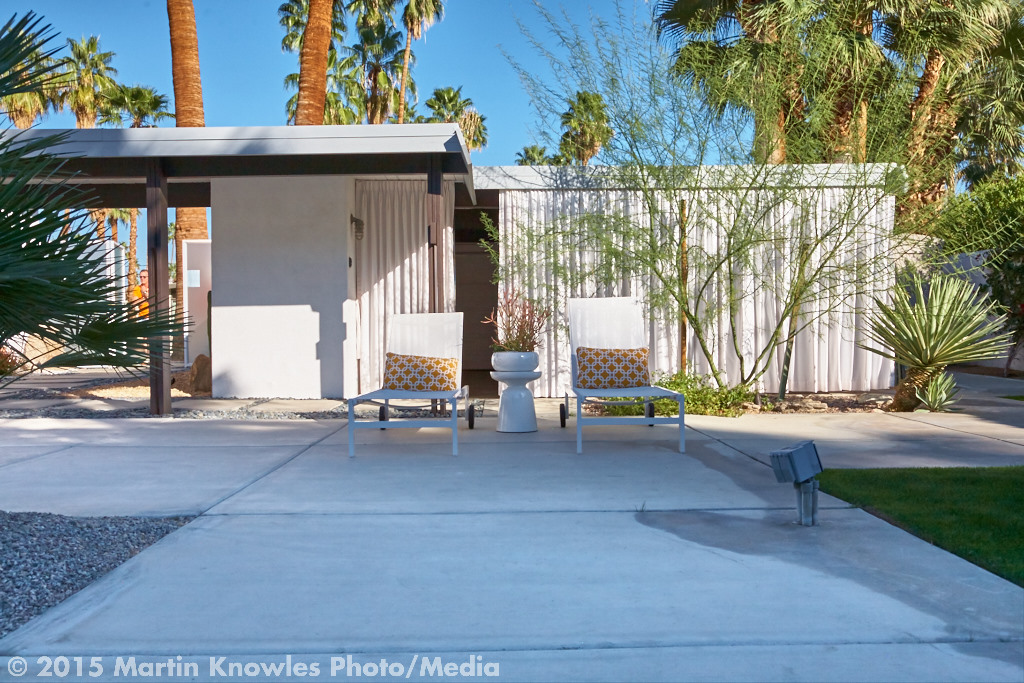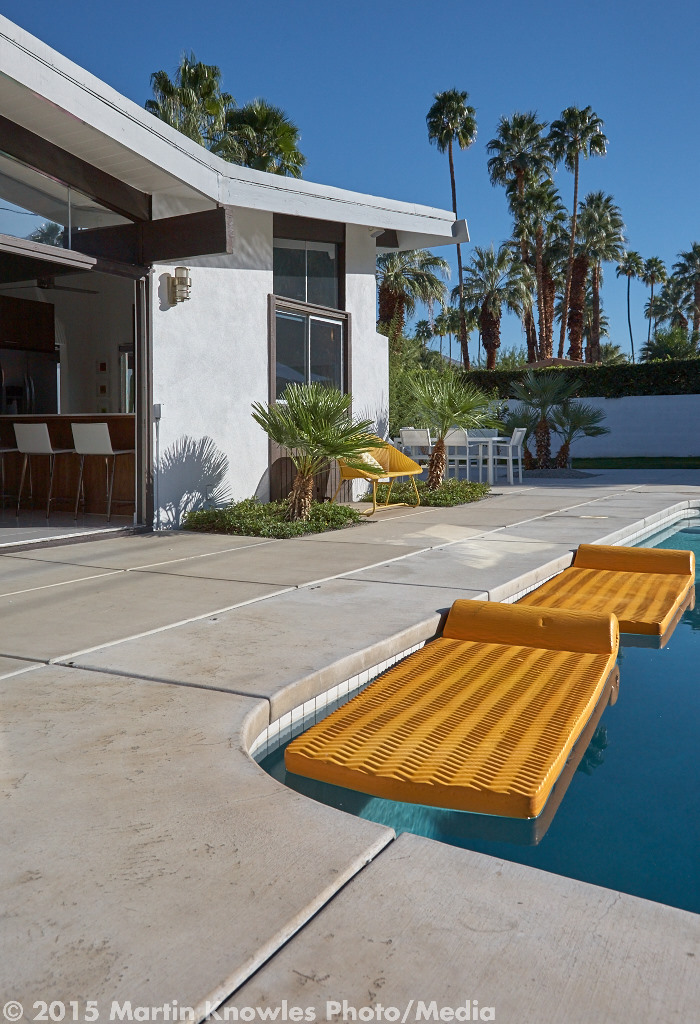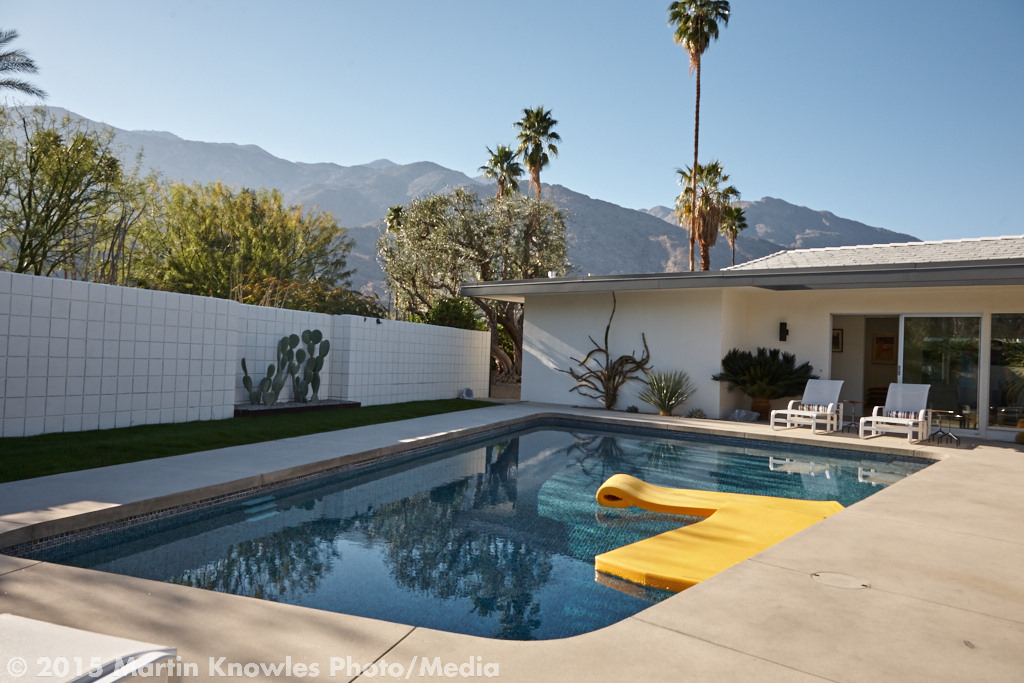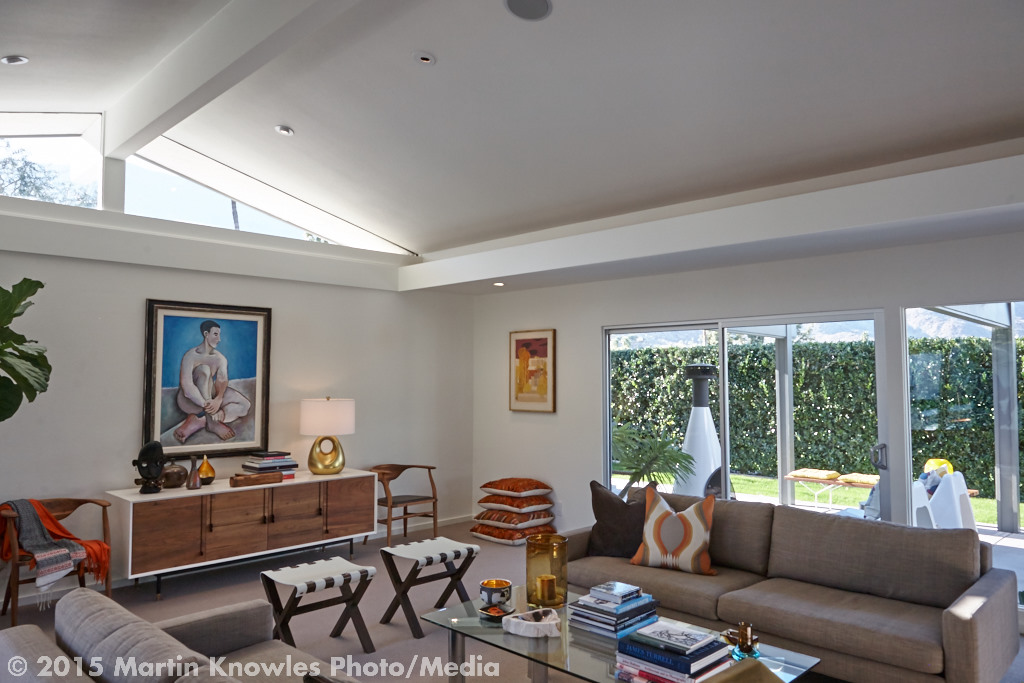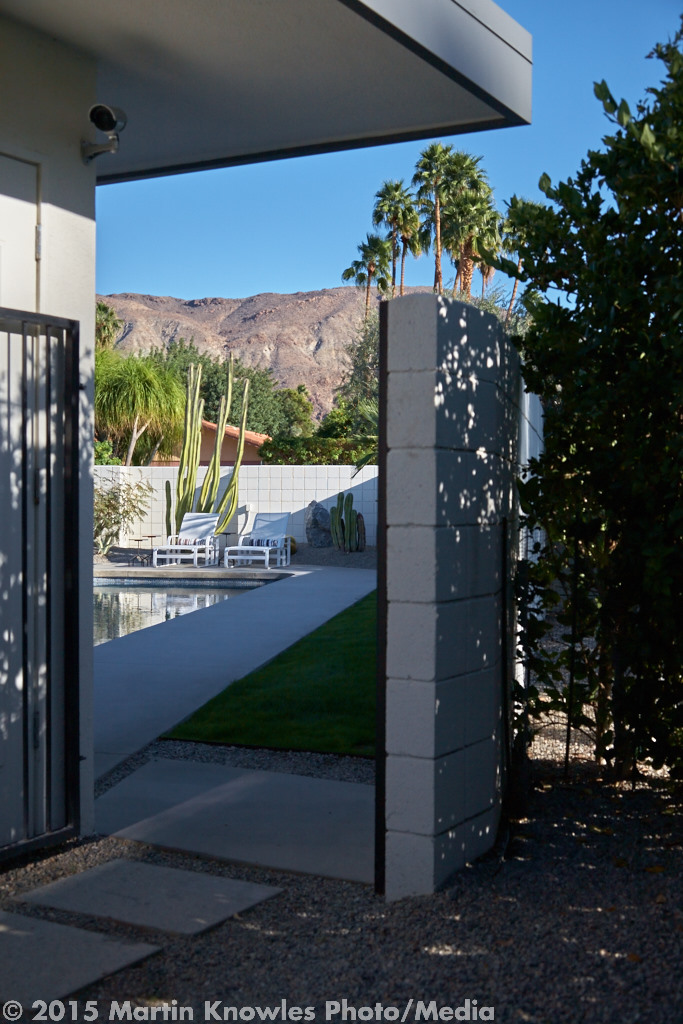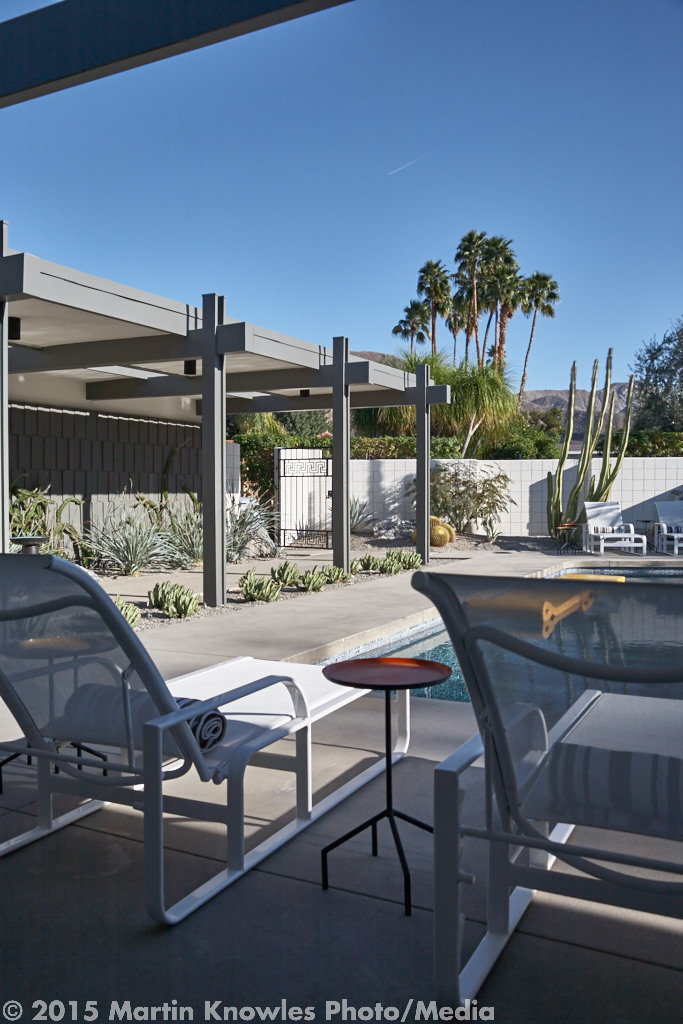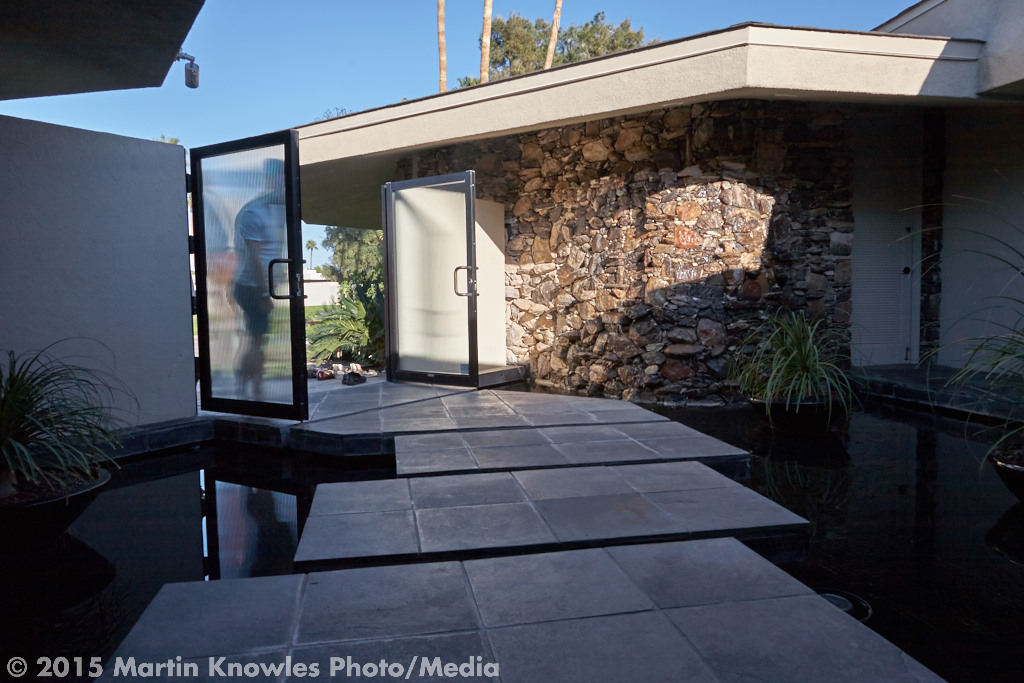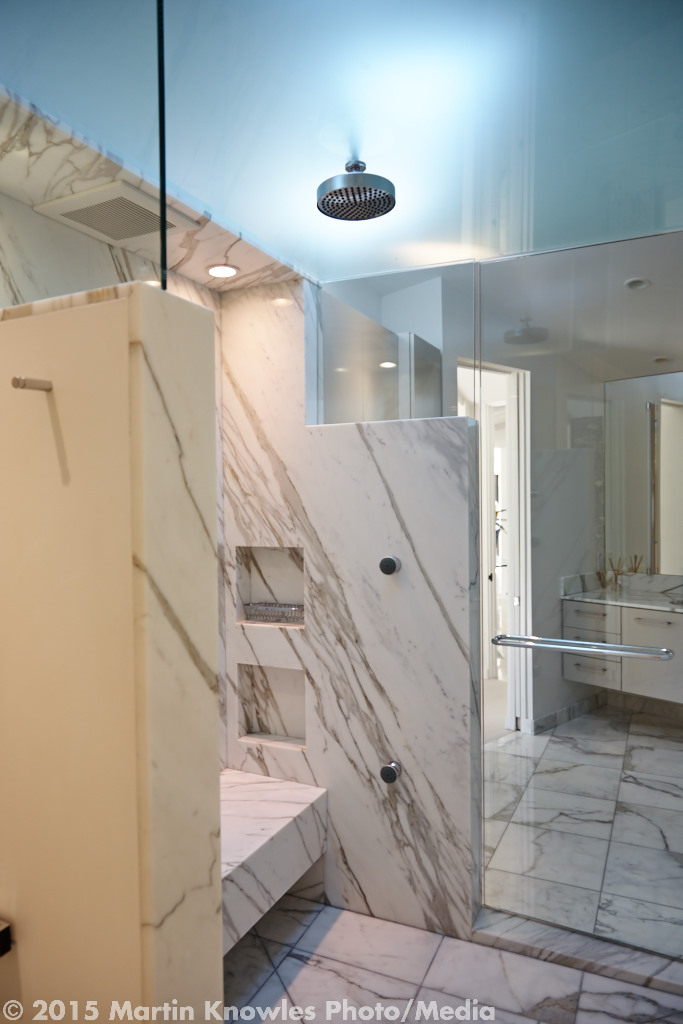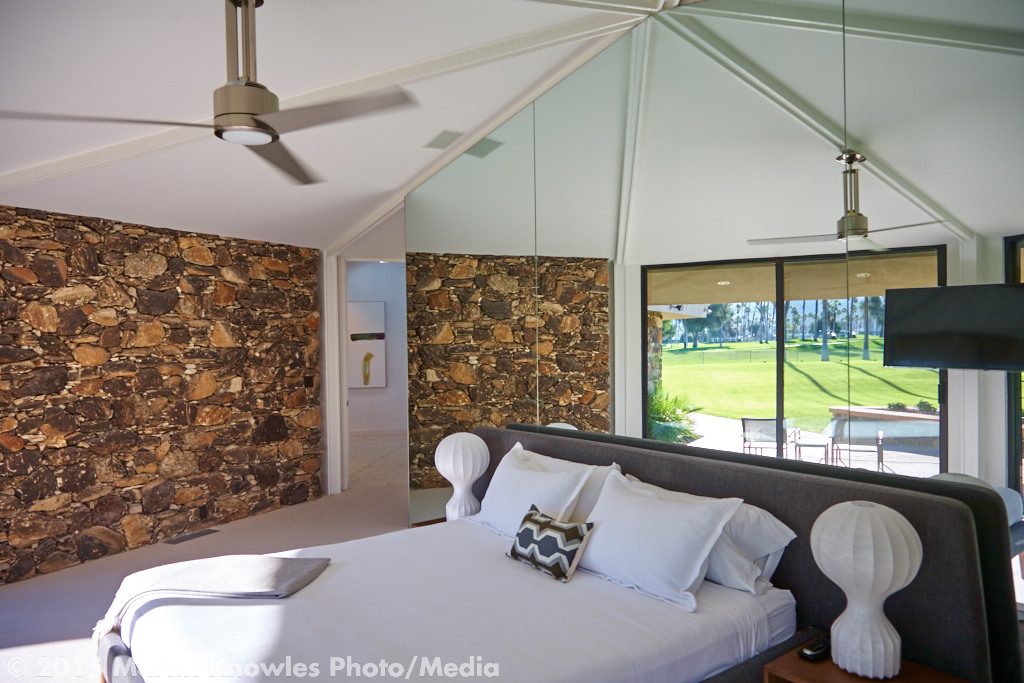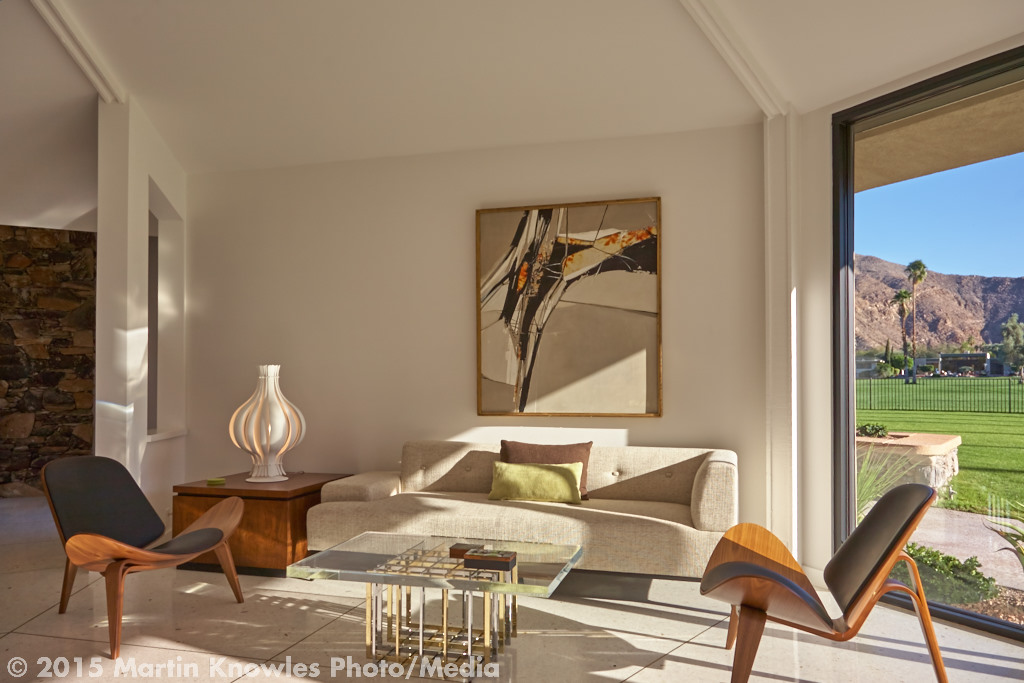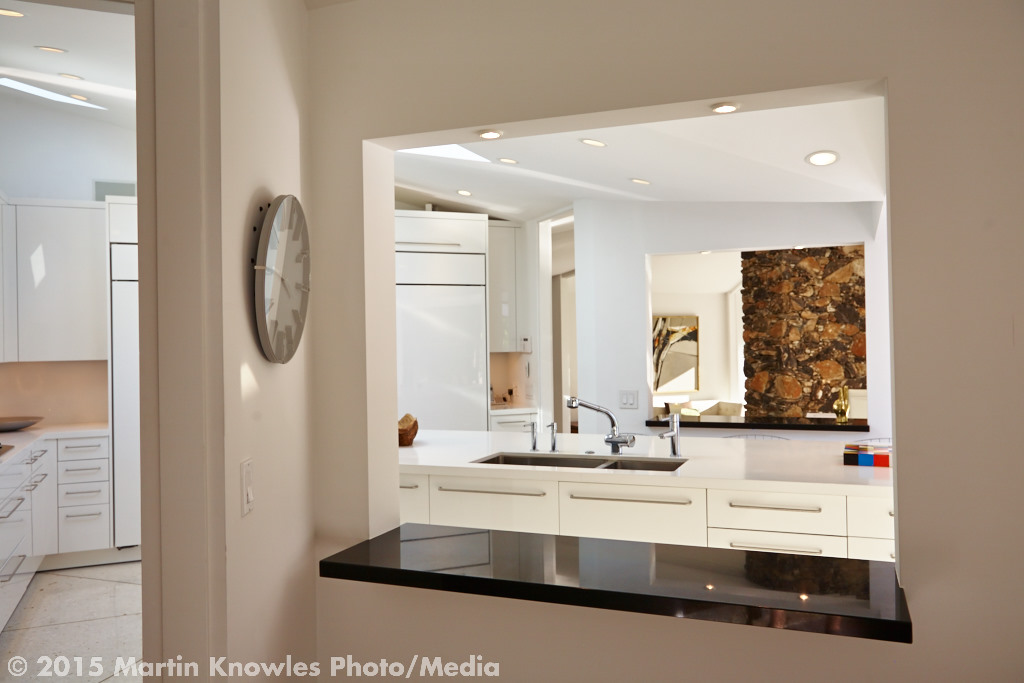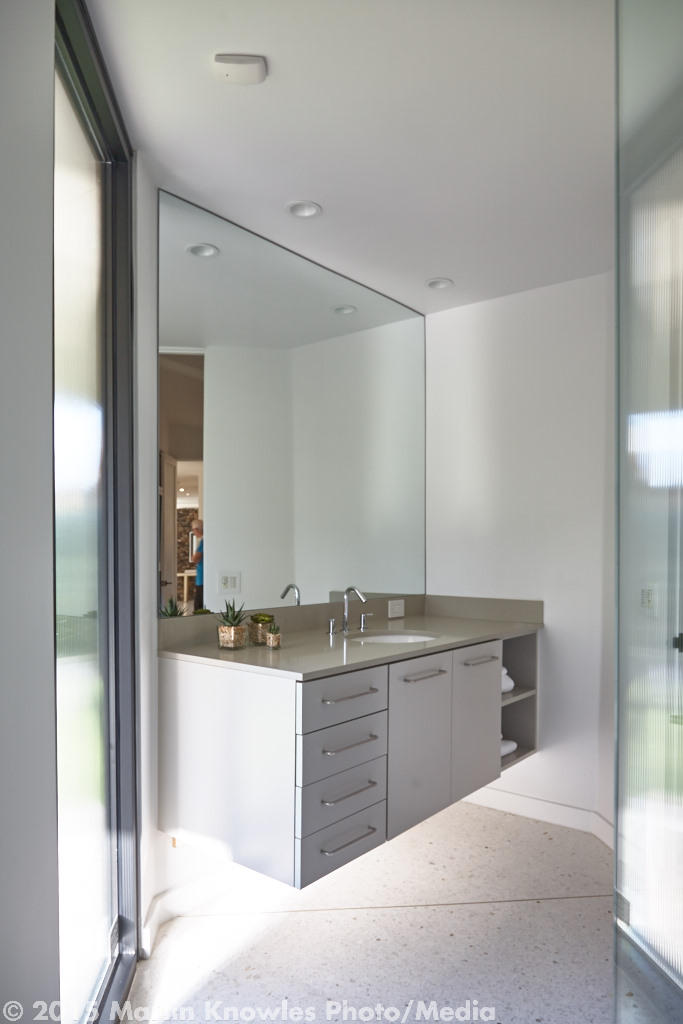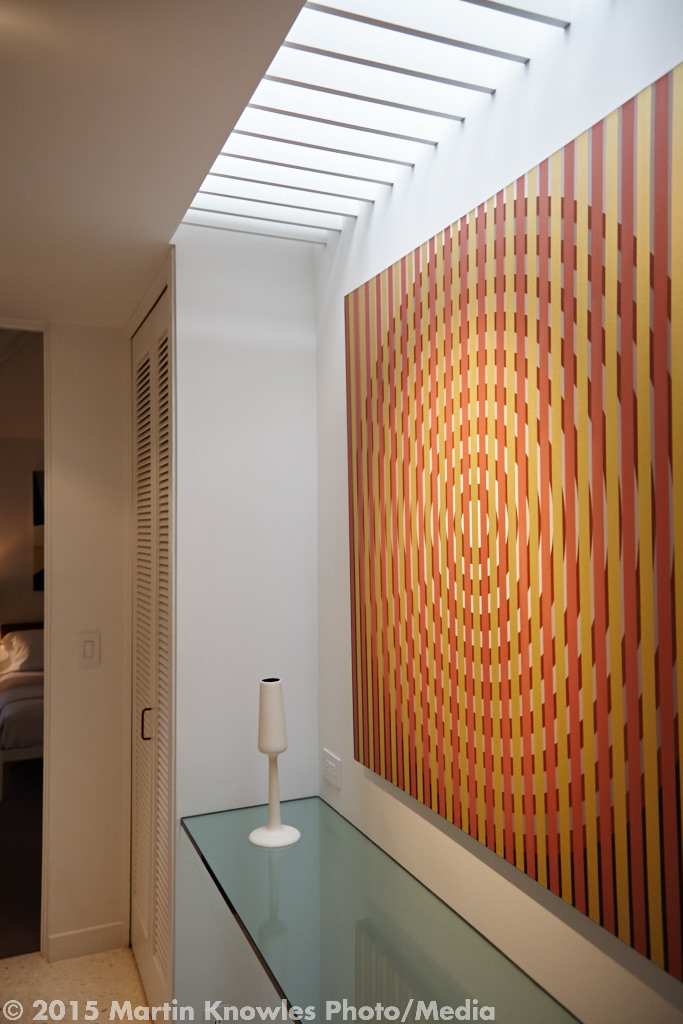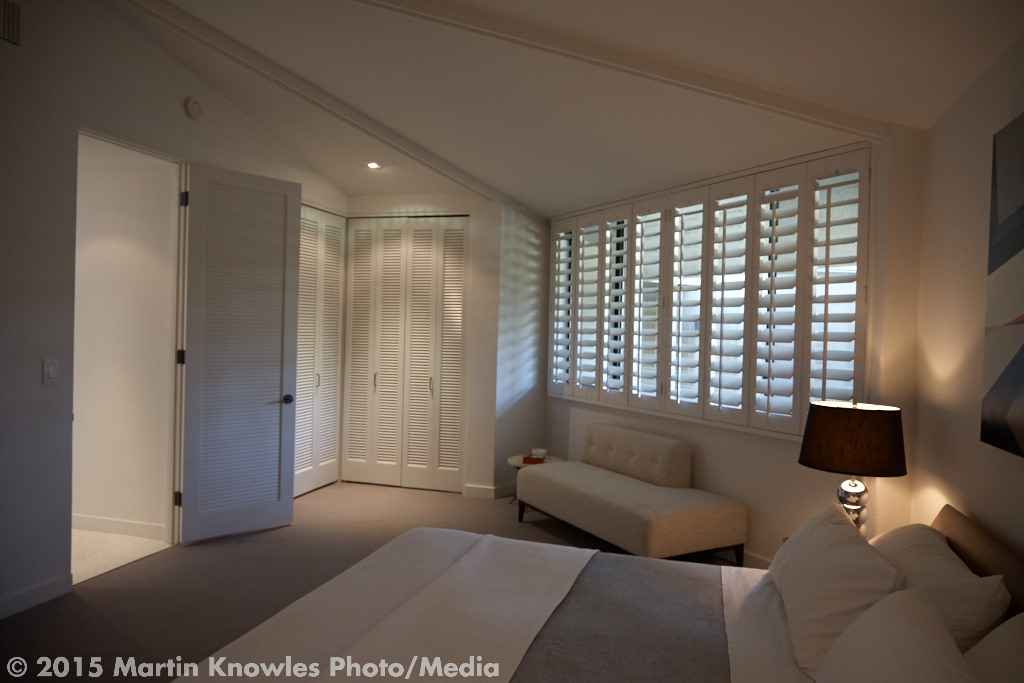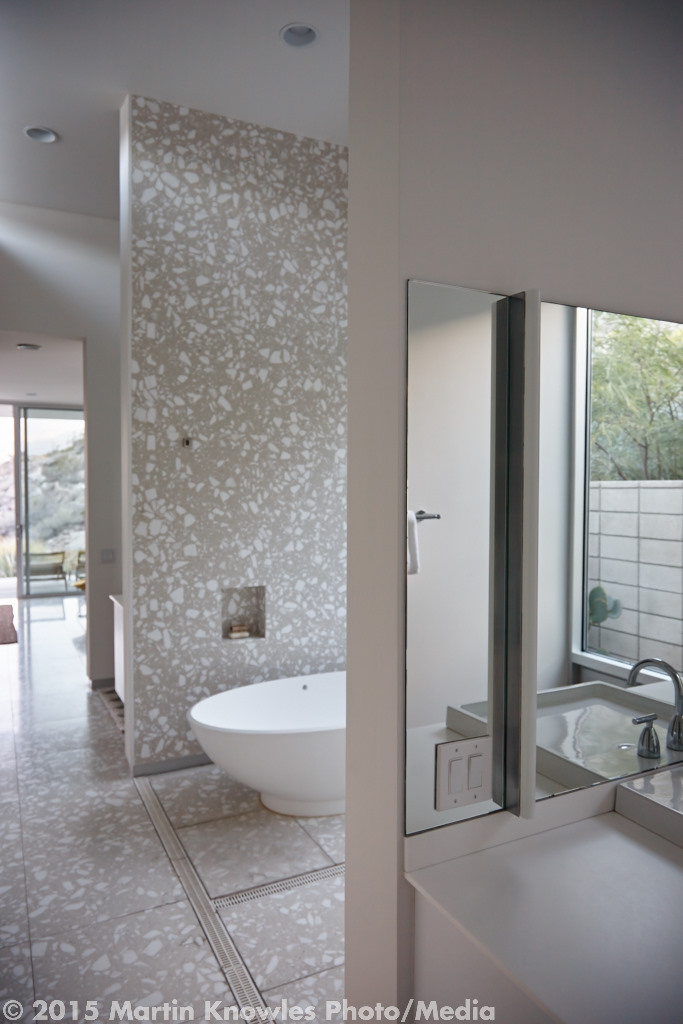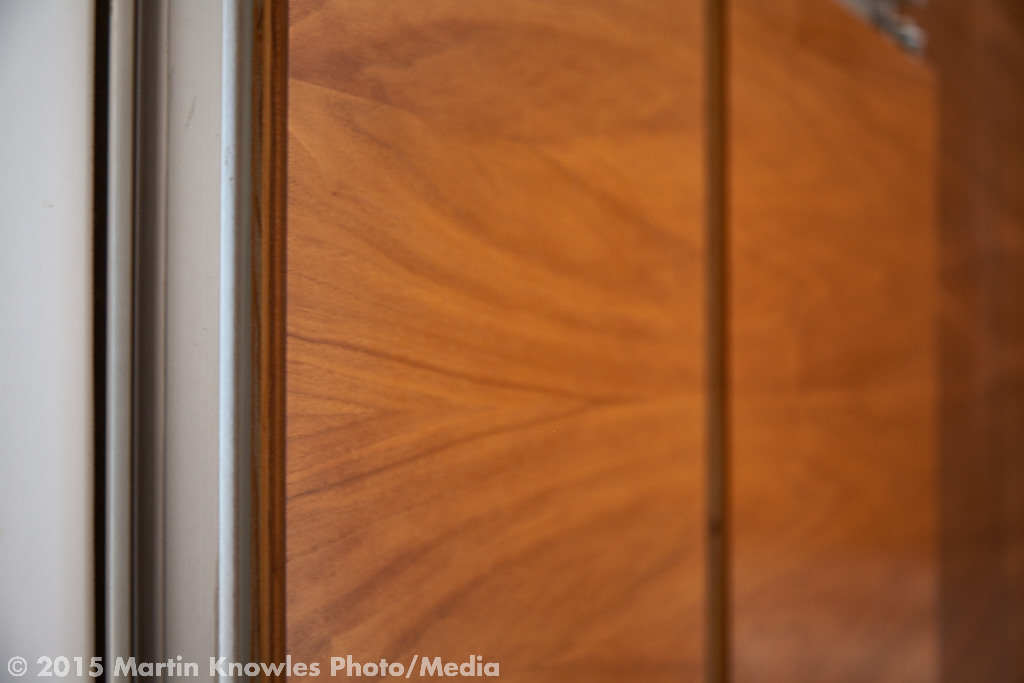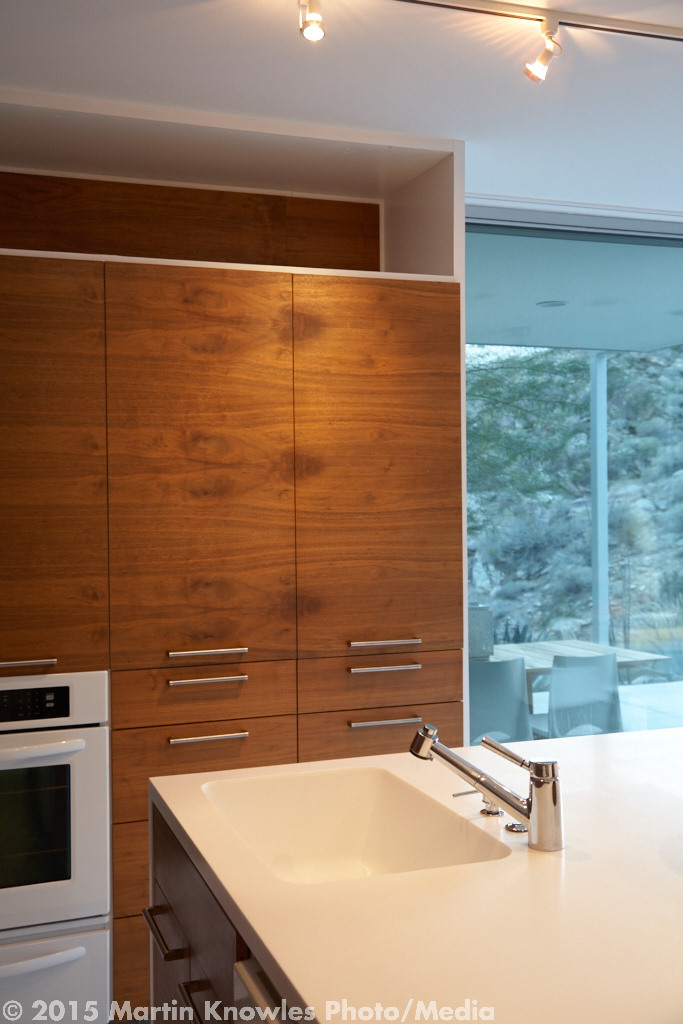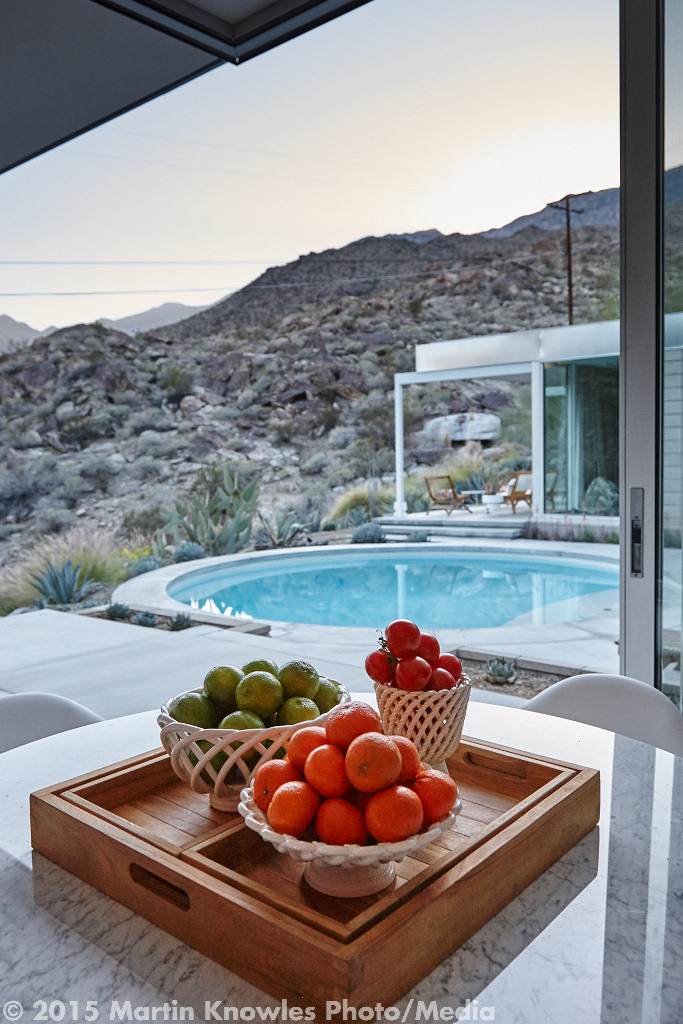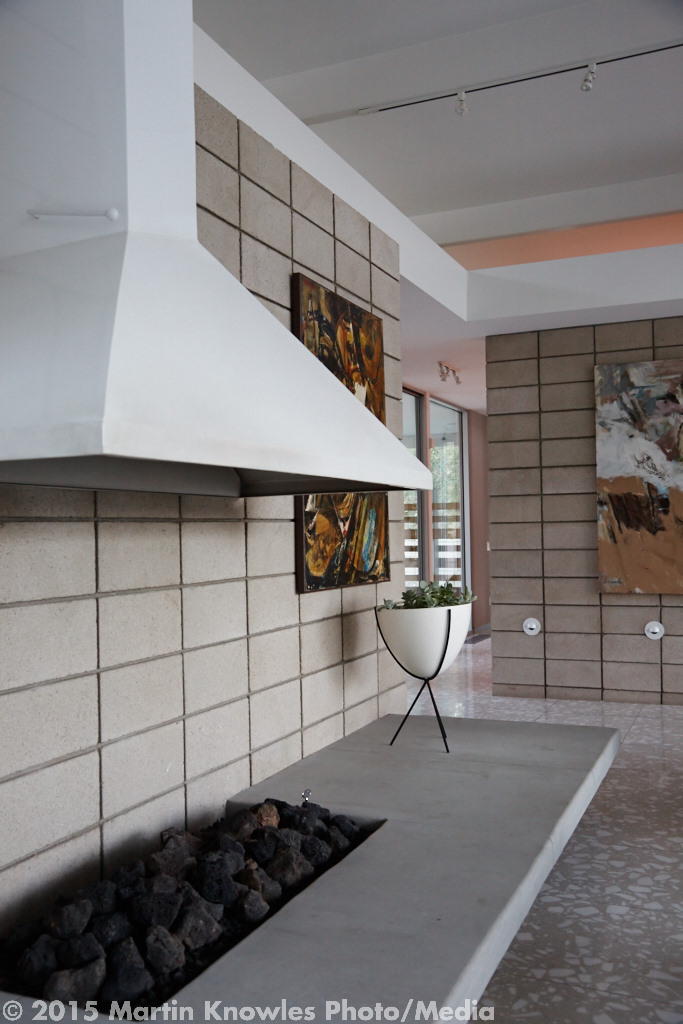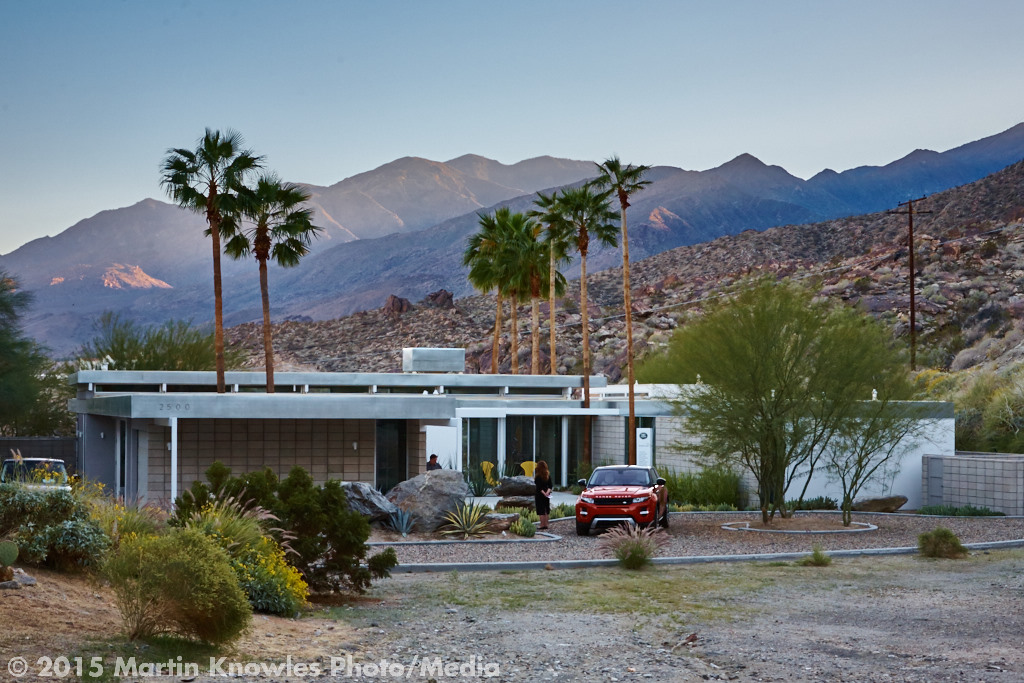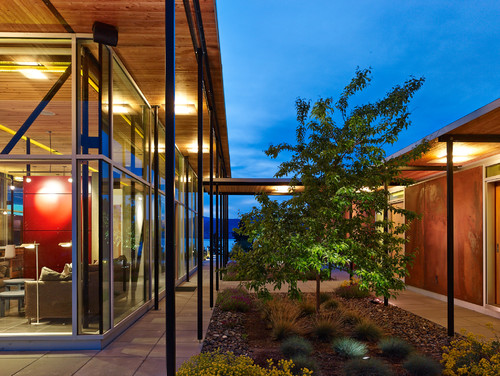I've been a long-time user and rabid fan of the RadioPopper JrX triggers. When my first set of no-name eBay triggers packed it in 7 years ago, I made the move to JrX's, and didn't look back. The JrX setup has been awesome--it's been solid, reliable, and just about every piece of gear has survived the rough handling that we location architectural photographers subject our gear to. Yep, my receivers (and RPCubes) have been dropped off balconies, slammed into concrete floors, stuffed into crowded camera bags, and just about all my JrX kit is still going.
Having said that, over 7 years I've had 2 (out of almost 10) RPCubes pack it in, and that many receivers pack it in as well, and I once had each plastic knob on a JrX transmitter successively fail (before the transmitter itself took the brunt of a 16 foot fall off my aerial pole rig about this time last year, smashing to pieces and probably saving my camera in the process). But all in all, my JrX gear is still going strong.
RadioPopper Love
When I had to replace a JrX transmitter after the aforementioned fall, RadioPopper had already replaced the JrX transmitter with the Jr2. Looked great, I figured. I could keep my backup JrX transmitter as a, well, backup, and get a Jr2 receiver as well to play with the nifty new stop-accurate control. The Jr2 setup has a number of really cool features:
- Digital and stop-accurate control. This is awesome--since the JrX dials are logarithmic, the distance between a full power dump and half is a long ways, and then going from half to 1/128 is a series of really, really tiny increments that are difficult to handle quickly. I also have somewhat fat fingers, which makes it even tougher. The new mode dial is super sweet.
- Per-channel kill switches. 'nuff said.
- No more having to cable RPCubes all the time. This is really nice, or at least it should be if it worked with all my gear, but more on that later.
- Built-in support for both my speedlights and monolights in the same module
- Better battery indication.
- Backlit display on the transmit unit.
- An extra group--whee!
- Receiver makes a nice flash stand
- Upgradeable firmware. This is more theoretical since it's been a year and a half since introduction and RadioPopper still hasn't updated their firmware, although there's been a promised firmware upgrade for the receivers for...most of a year. sigh.
...and loss
As cool as the Jr2 gear is, it has some near-fatal flaws, and I'm hoping RadioPopper fixes some of these because despite singing the praises of the JrX gear, often and to anyone who would listen, I'm really disappointed with the Jr2 gear. I'm offering this up in the spirit of constructive criticism because I'd really like to stay with RP gear and not have to replace all my triggers. This is compounded by the fact that RadioPopper no longer makes (or at least no longer sells) JrX kit, so at the moment, I'm in the unenviable situation of having had a setup that worked being replaced with an inferior setup that kinda works, with super-annoying limitations.
The biggest issue for me is that my current flash collection consists of 4 WL1600x's, 5 550EXs, and a 580EXII. The JrX setup worked flawlessly with all that gear. The Jr2 receiver won't work properly (if at all) with any of my 550EX's, and this wasn't advertised in RP's lit. (If it was, I would have stockpiled JrX receivers.) I'm a big fan of the 550EX because it's durable (far more so than the 580's), cheap (sub-$150 used), has better range on a remote trigger than the 580EXIIs, and it can be optically triggered and power controlled via Canon's admittedly screwball optical triggering system as a backup. Which isn't very often, but when you need it, you really need it (there was that shoot at an RCMP detachment in Summerland, where I happened to be right next to a huge radio transmitter connecting probably every fuzz in the Okanagan Lake region with home base...yep, triggers wouldn't work there!). Sure, it's obsolescent gear, but dammit, it's solid, and it works!
I'm told by RadioPopper Support the lack of power control is because there were lots and lots of firmware differences across 550s, given how long it was in production. Sure, but, RadioPopper folks: you had a solution on the RPCubes that worked and was very solid (except after about 5 years of unplugging and plugging, where you'd have to pull your JrX receivers apart and replace the 1/8" sync jacks. Afternoon with a soldering iron, and a bit of cussing, and you're good to go.) At the moment, the built-in hotshoe won't work reliably unless you kill power control in firmware, and you can't even plug the RPCubes into the Jr2 and have remote power. Right now, the only solution for getting remote power control on a 550EX is to use the RP JrX. Which isn't in production, and there aren't many available on eBay either. If there was a hack that would give me power control on the 550EX's via the RPCubes to a Jr2 receiver while I wait for new firmware, and it worked, I'd be a mostly happy boy.
It gets worse. Unlike the comparatively beefy JrX gear, the Jr2 gear is fragile. The mode dial on my Jr2 transmitter popped loose on its own accord a couple of months ago, necessitating an RMA. Which took a month (yes, I'm in Canada, but still: why can't they cross-ship, for the love of all things good and holy? Oh, and good thing I have that JrX transmitter as a backup!). When it finally did come back, the battery lid came back...pre-busted. To their credit, RP Support sent me three new battery lids, quickly, which took care of the problem (and will keep things going when the tiny ears on the lid break off again, which will happen when you're fumbling in the dark changing batteries on location).
Besides bad lid design, the Jr2's battery situation is icky in a couple of other ways. To its credit, Jr2 went from using the downright weird (and pricey) CR123A batteries to using much more standard AAA's. Now, the CR123A setup wasn't half bad once I got my hands on a dozen rechargeable CR123A's and a charger, but rechargeable AAA's are even easier to handle because I carry 48 AA's and chargers for longer shoots, and the AA chargers also all take AAA's, cutting down on the battery and charger count.
Or at least that's how it's supposed to work.
While batteries happily last for 10+ hours in the transmitter, which is more or less adequate, the battery life in the Jr2 receiver is horrible. On Energizer low-self-discharge rechargeables, it's rare for me to get more than about 5 hours...and when a normal shoot for me is closer to 10-12 hours, that means I have to change its batteries at least once if not twice. So, carry 8 spare AAA's, have to change them at the least opportune times per shoot...and hey, rechargeable CR123A's that last for days and days start looking pretty appealing.
When you have to change batteries on a device that frequently, another problem pops up as well: the spring steel that holds the batteries in place is weak and isn't, well, springy enough. About every 20 battery changes or so, these metal bits get loose enough that the batteries don't make a good connection and the receiver won't power up--or even more annoyingly, if you do something like clip your receiver upside down on a clamp to use it as a downlight, your receiver will lose power. Of course, a fairly minor drop of a few feet with batteries in will cause the metal pieces to over-bend immediately, killing your transmitter or receiver until you pull out your Swiss Army Knife and bend the metal bits back to their proper position. (The JrX's would take this sort of (ab)use with no problem at all). And eventually, as happened to me on a shoot earlier today, one breaks. I'm a long way from home at the moment, so first thing tomorrow I get to find a small spring to jam in there to make it work.
Which brings me to a bit of a dilemma. My Jr2 receiver is still just barely under warranty, and it's Georgie season, which is the busiest time of the year for me, and it's also the time of the year where I'm most likely to need to fire all my external flashes. Because it's at least in theory still under warranty, my temptation is of course to ship it right back, but that's going to probably mean having it out of service for a month. Yecch. That's a non-option, so jury-rigging a spring in is going to be the way to go until early October, when I can stand to have another receiver out of service for too long--and if they decide that I've voided the warranty by having to self-service the battery holder, I get to pop it open and solder a spring on. Or probably two, while I'm at it.
The other big problem is: I'm already short one receiver. I can't just buy another JrX receiver as they're basically unobtainable, and I don't want to buy another Jr2 receiver until I know it's going to work with my 550EX's, and the battery life gets even marginally better. Remote power control is something I'd be loath to give up across the board, given my propensity for putting small flashes in odd places in large architectural scenes. So if I want to use all 6 speedlights, one (at the moment) has to be on a Wein peanut, which is a backup-backup solution. This, obviously, doesn't make me happy because I like to have at least one backup of any part of critical workflow, and radio flash sync is critical workflow for me. The whole battery situation has me even more wary of getting another Jr2 receiver, because it's going to mean...managing another 8 more AAA's on location.
I really wish the Jr2 receivers would work as well as the JrX's did, because if they did, the Jr2 would be really truly amazing--and true to RadioPopper's usual tradition of providing excellent price-performance. However, it's looking like my only real solution at the moment that's going to work going forward, and work with all my equipment, is to dump my RadioPopper gear and move to PocketWizard MiniTT1/FlexTT5 gear. Which is more durable but way less convenient (and more f***ing modules, because rather than a stack of receivers and a trigger, I'd end up with 6 Flexes, the AC3 zone controller--to get manual remote power on my Phase gear, and 4 AC9 adapters.) Oh, and it's at least twice as expensive.
RadioPopper: any plans to rectify this situation before I decide that this is the last straw and move to PocketWizard?








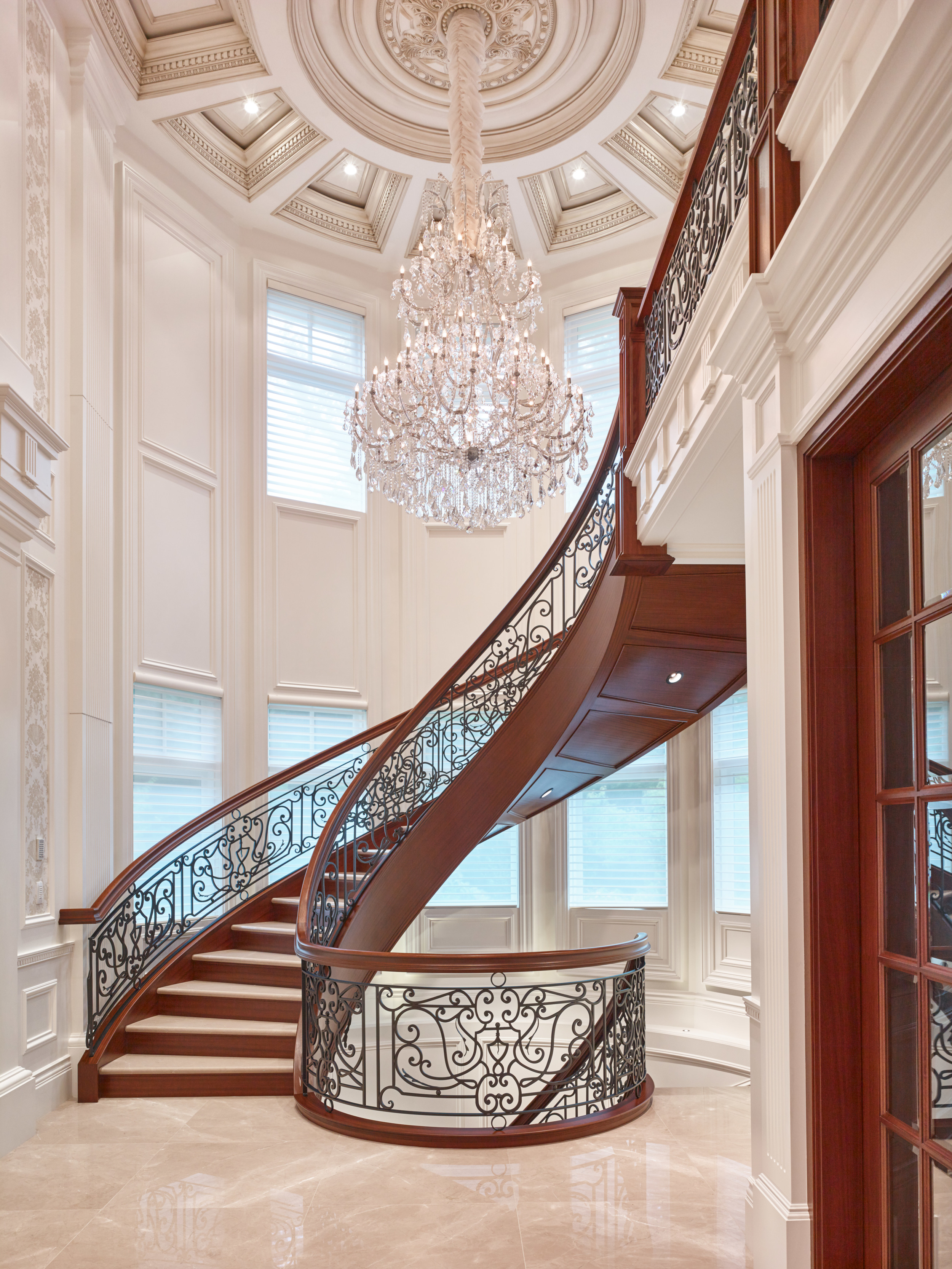
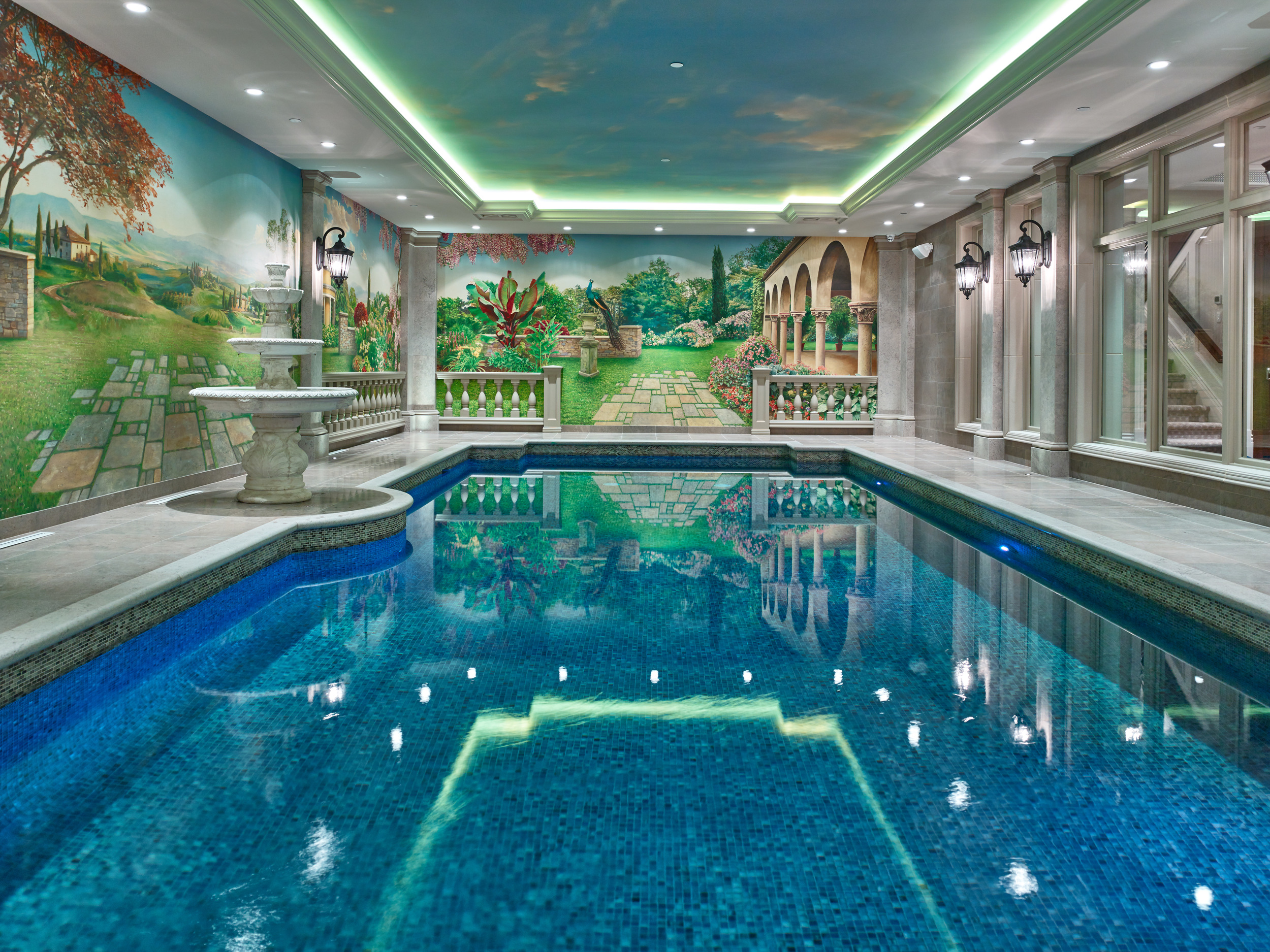

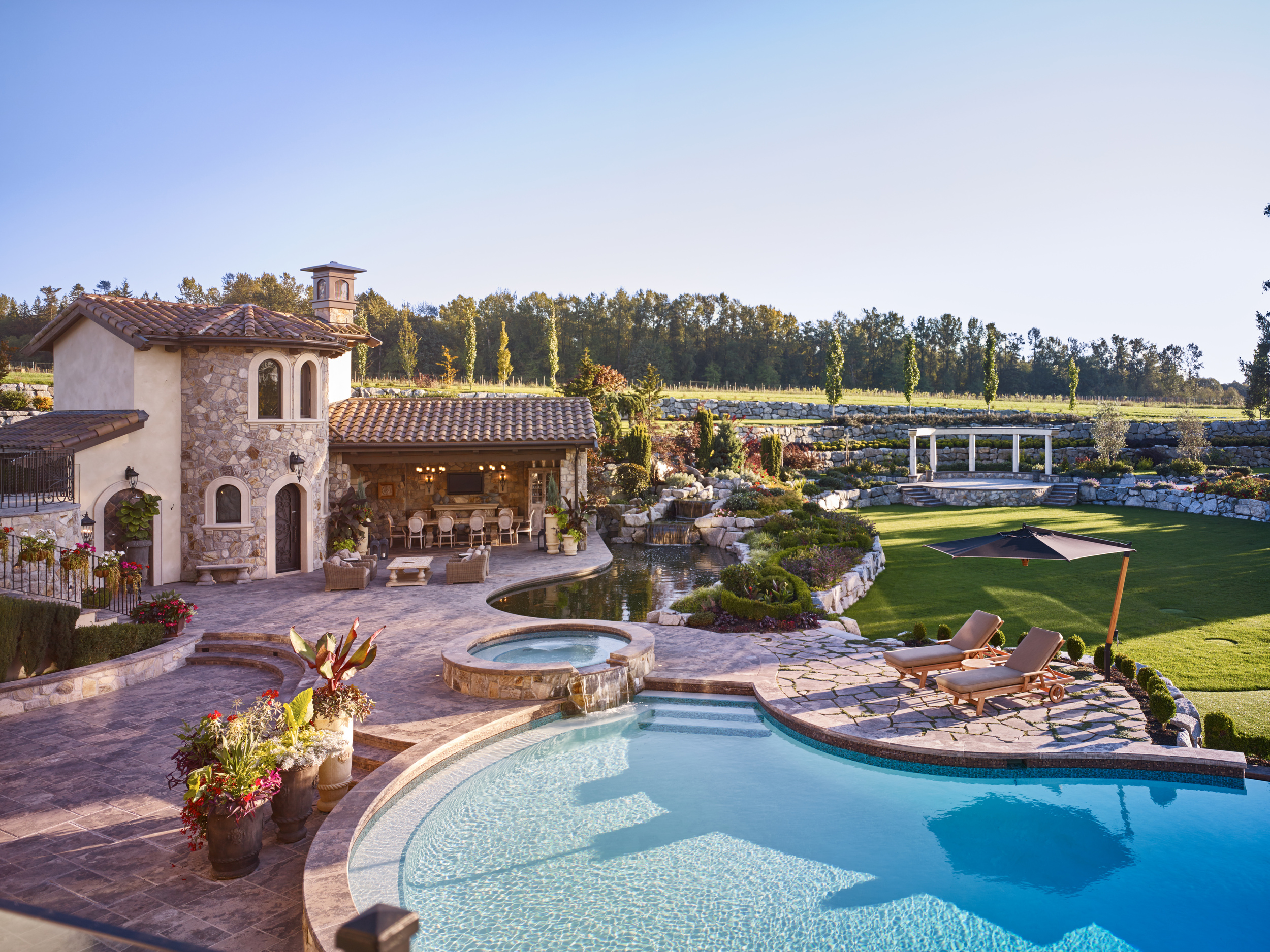




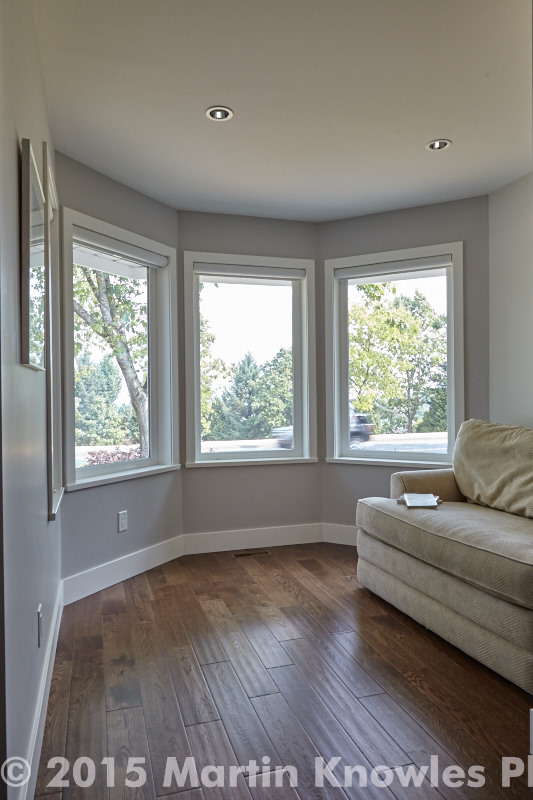
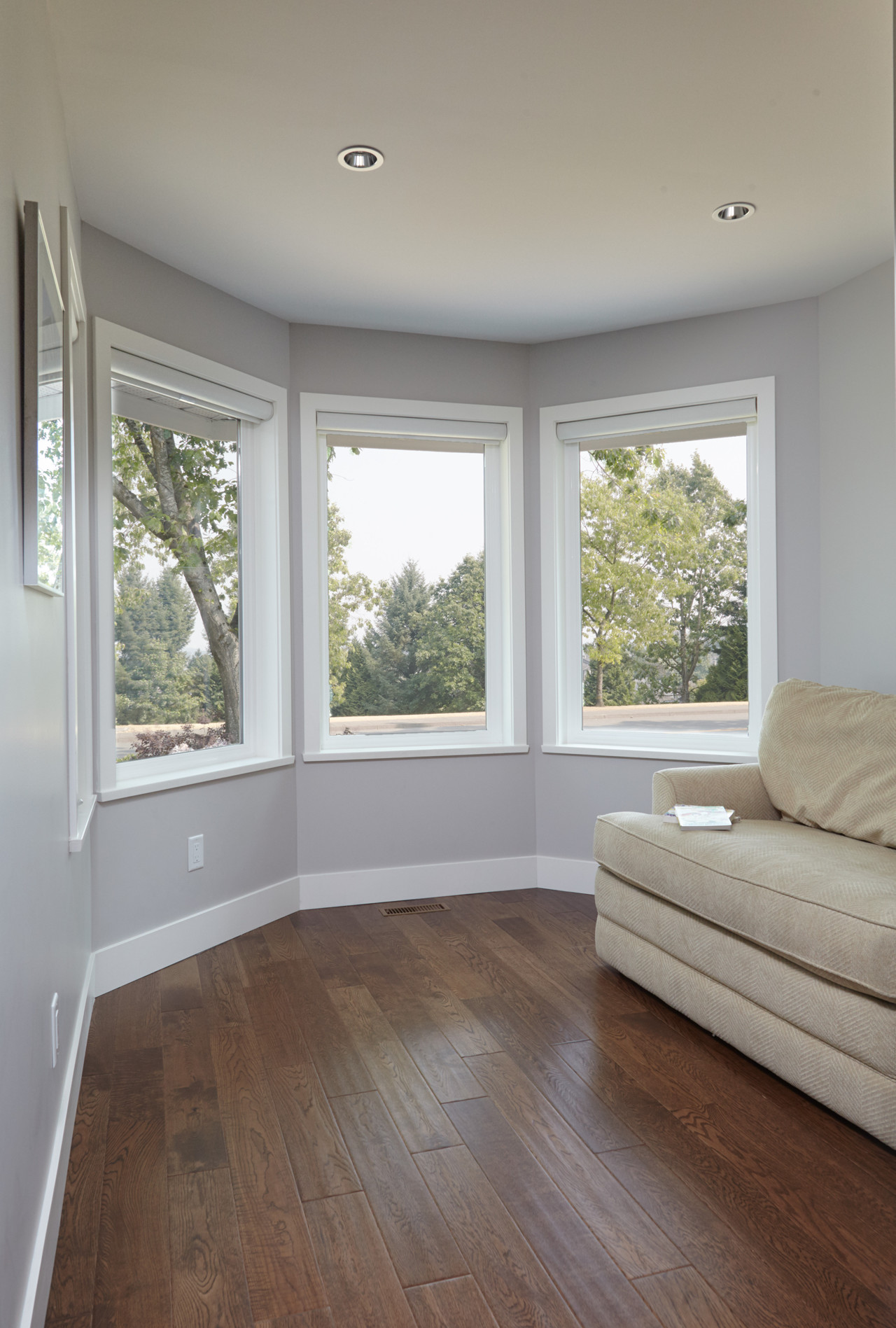
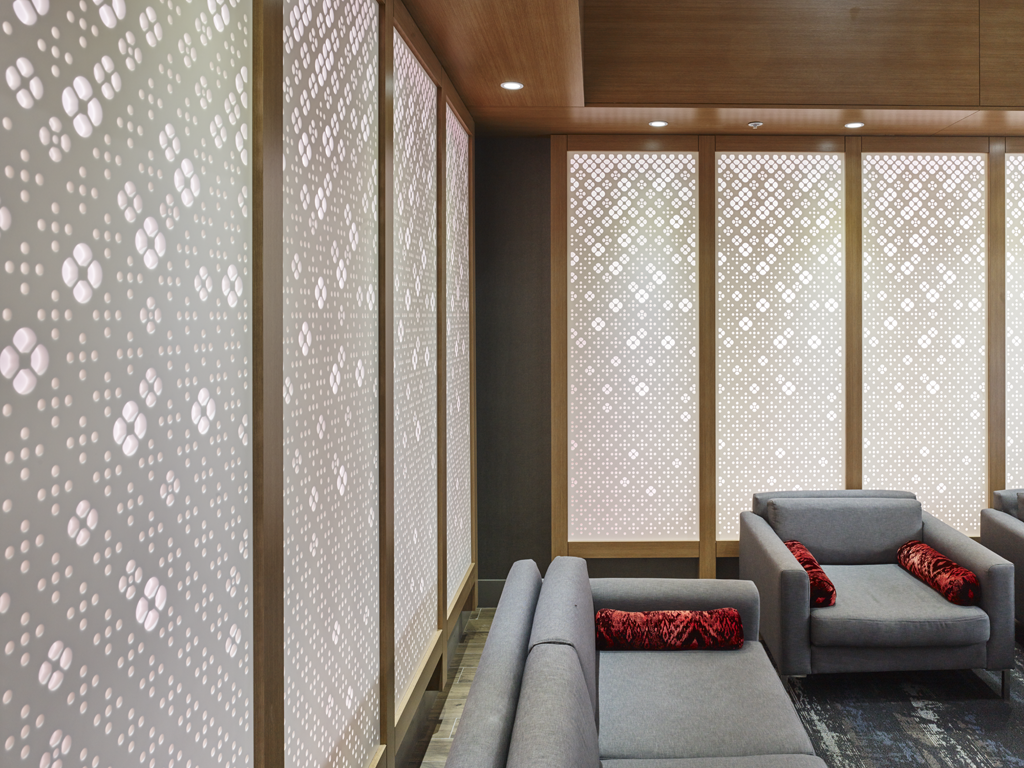

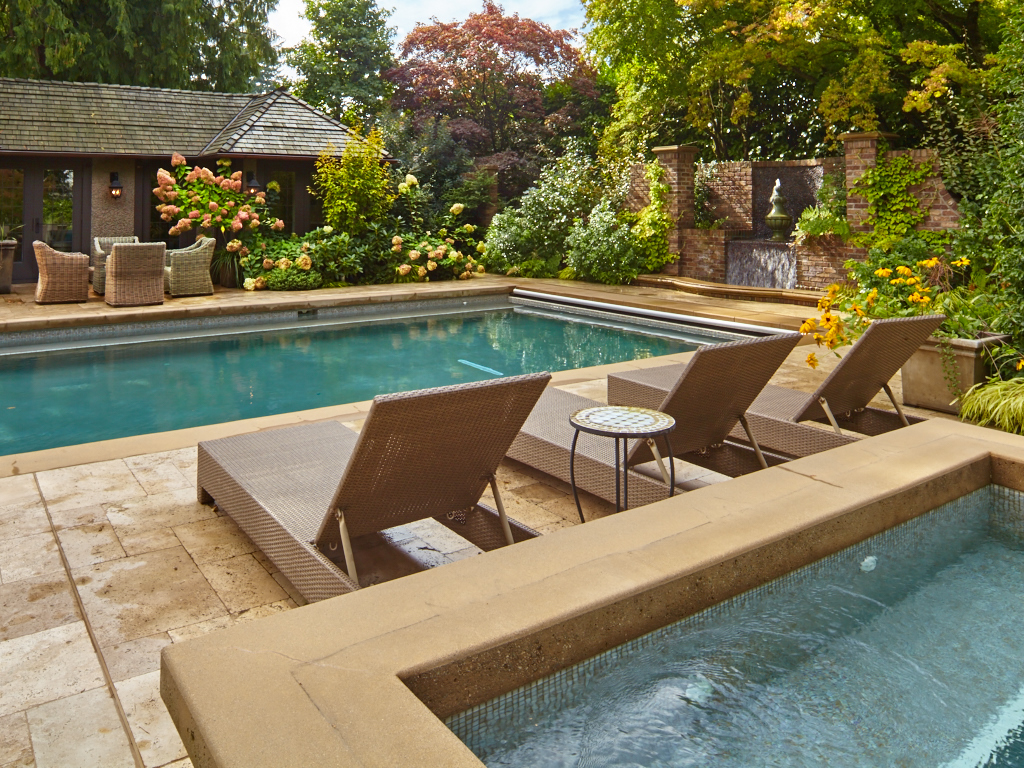 Summertime, and the living is easy, right? It's Georgie Awards time again, and we think putting together an entry should be equally easy. You can even learn how, from the comfort of your outdoor chaise longue with a drink in hand--but more on that later.
Summertime, and the living is easy, right? It's Georgie Awards time again, and we think putting together an entry should be equally easy. You can even learn how, from the comfort of your outdoor chaise longue with a drink in hand--but more on that later.